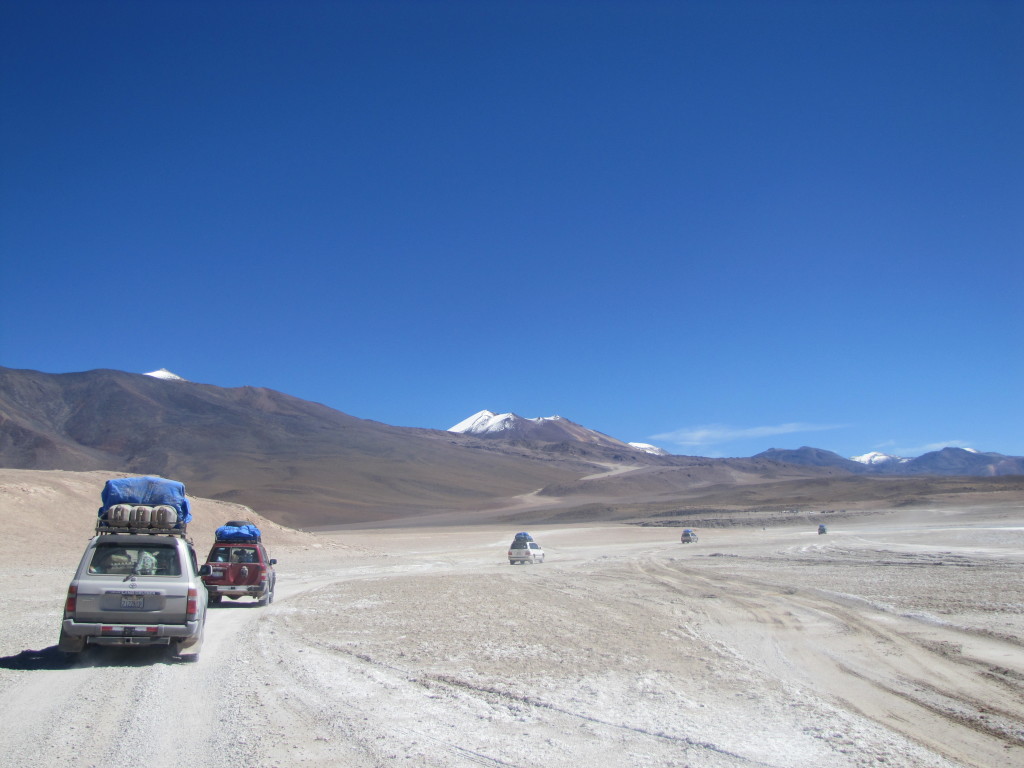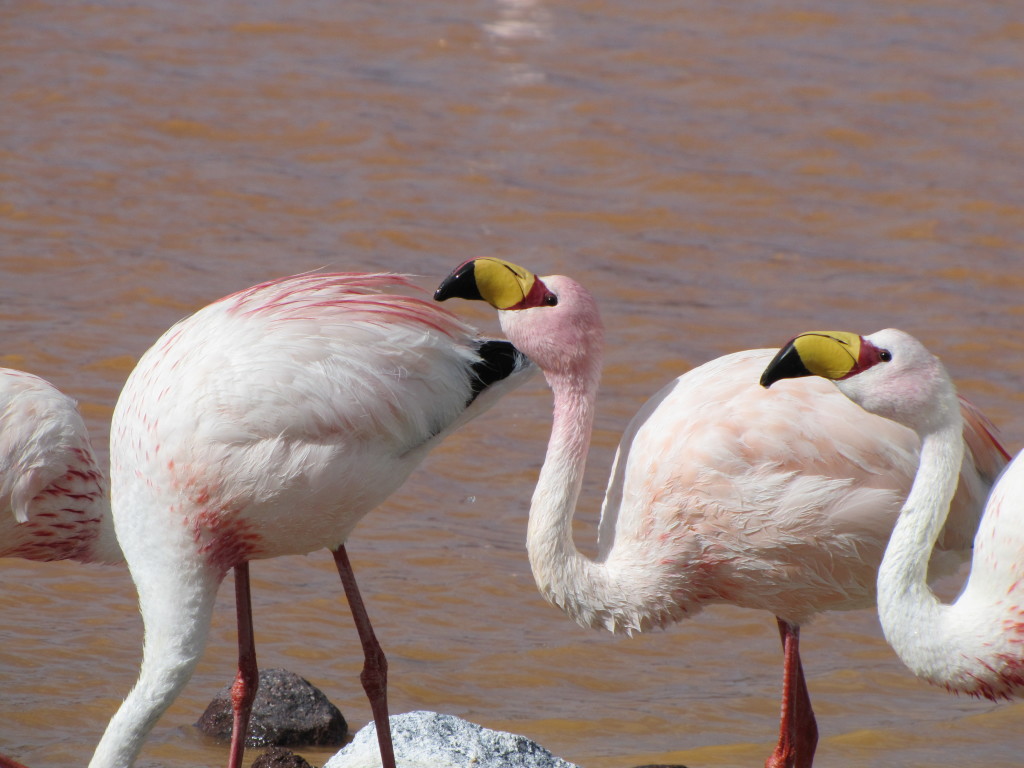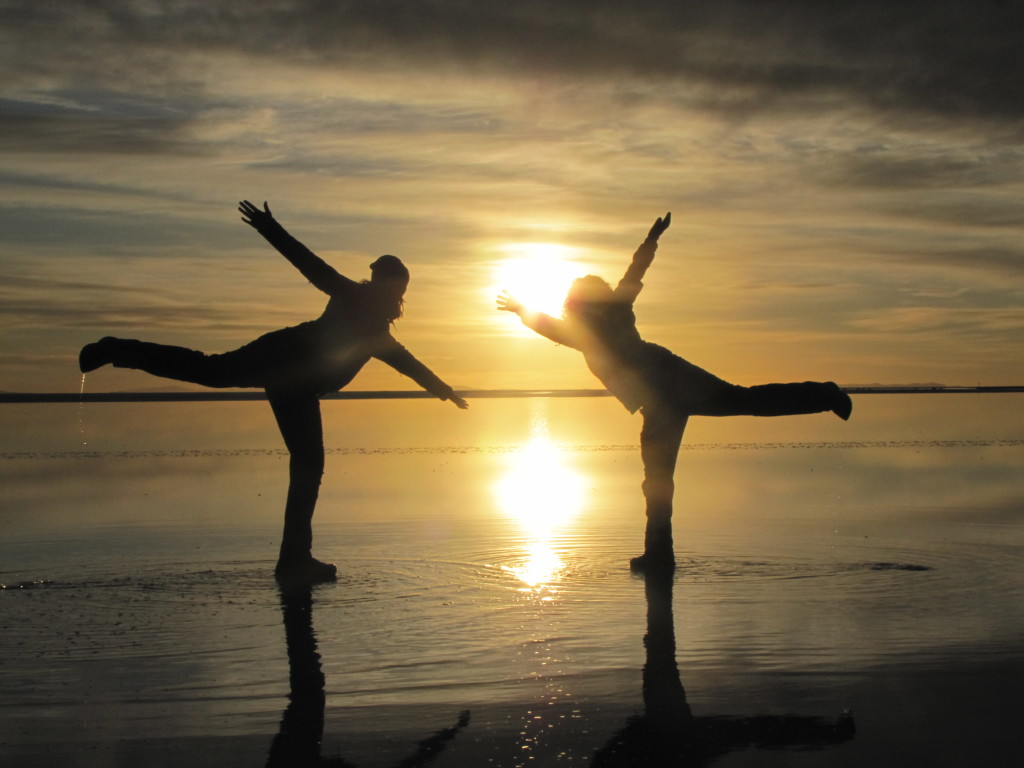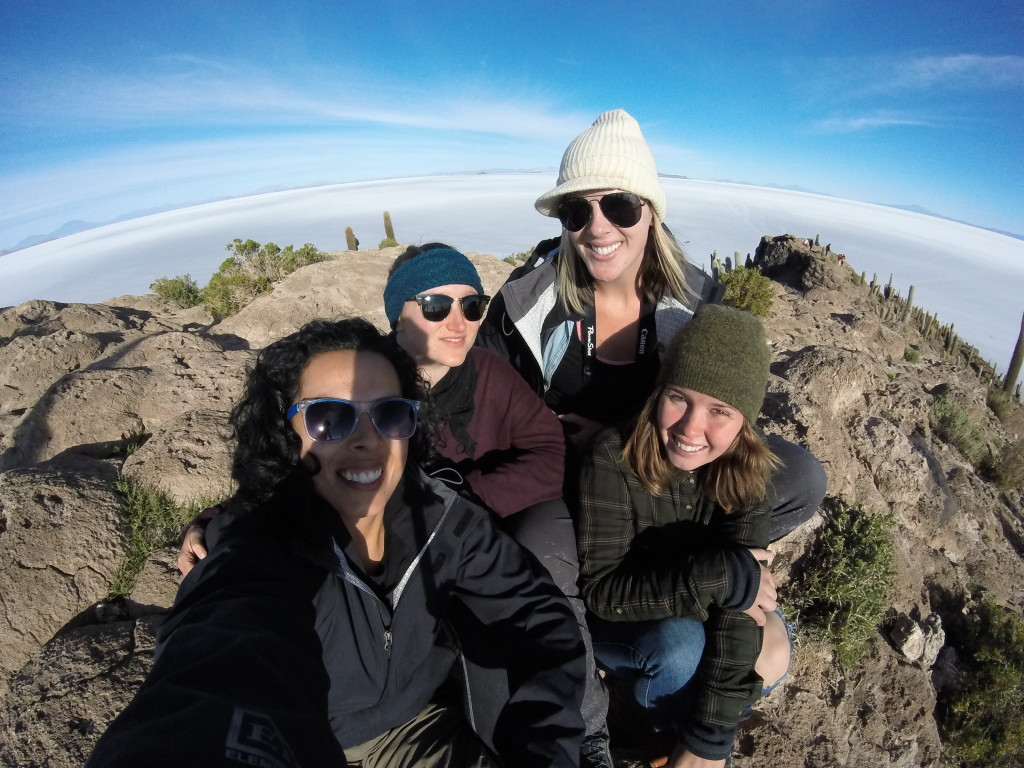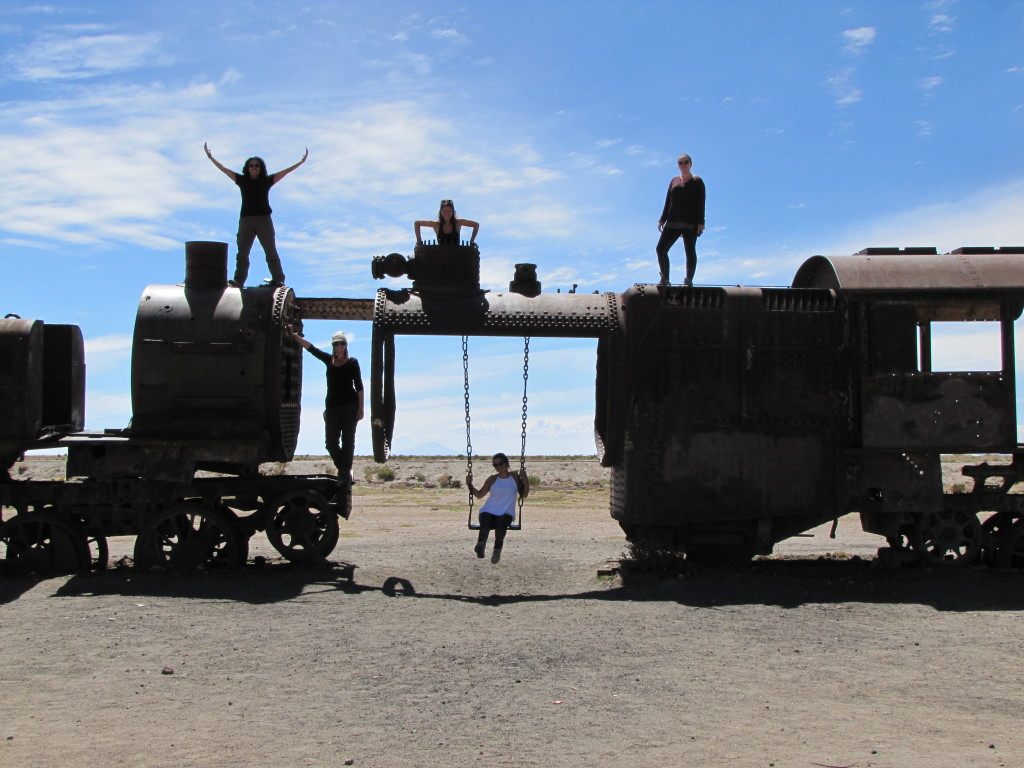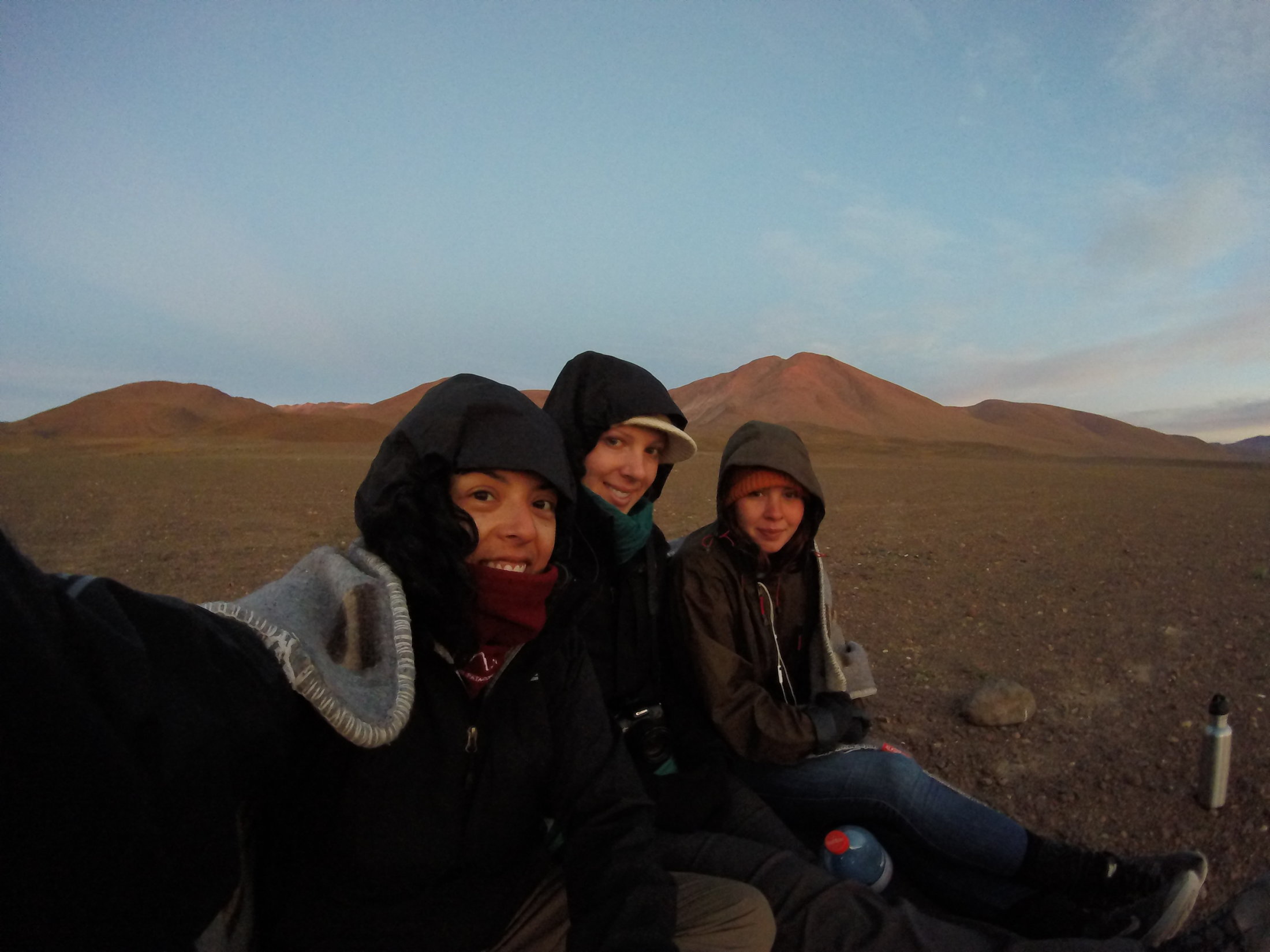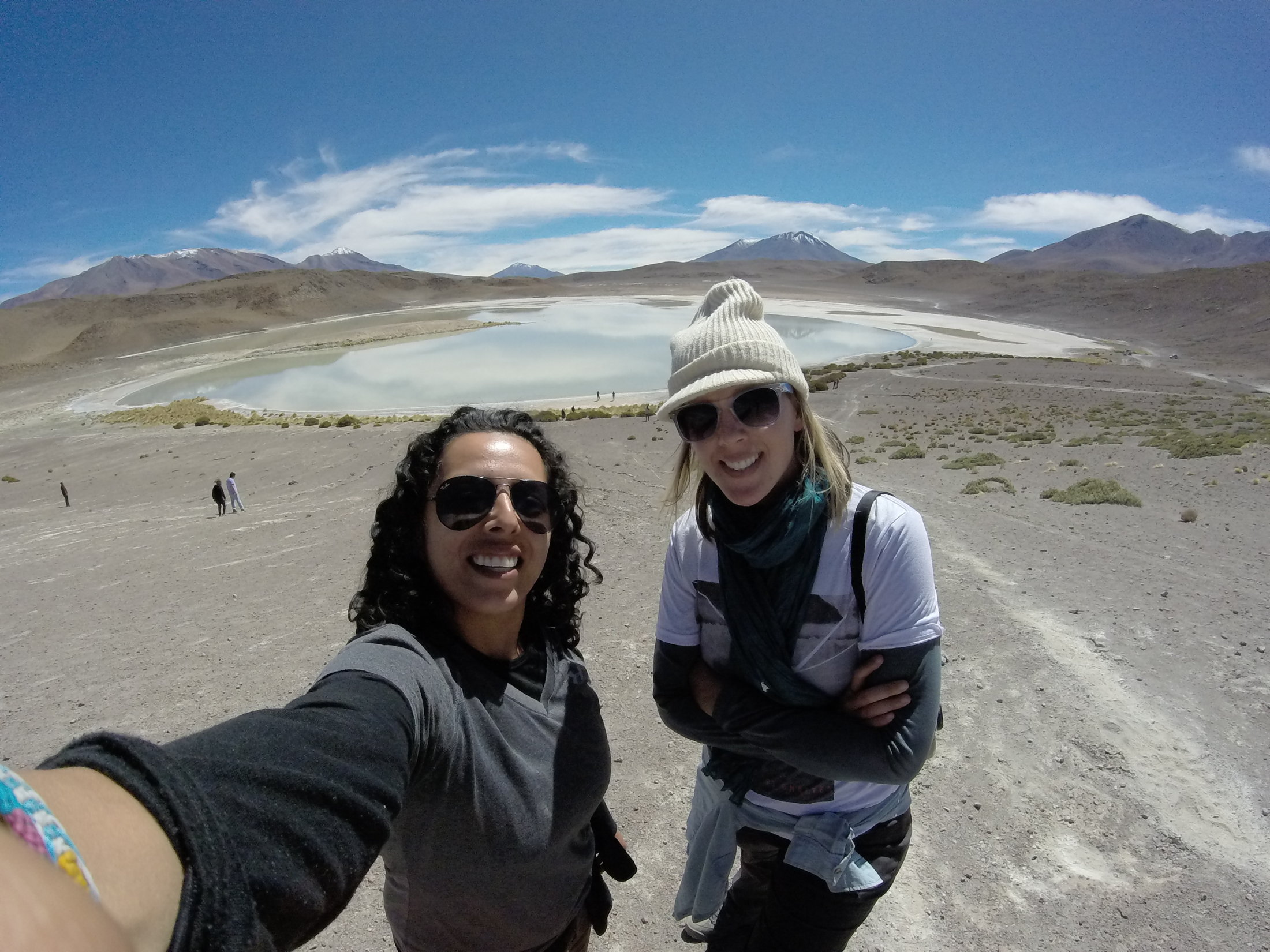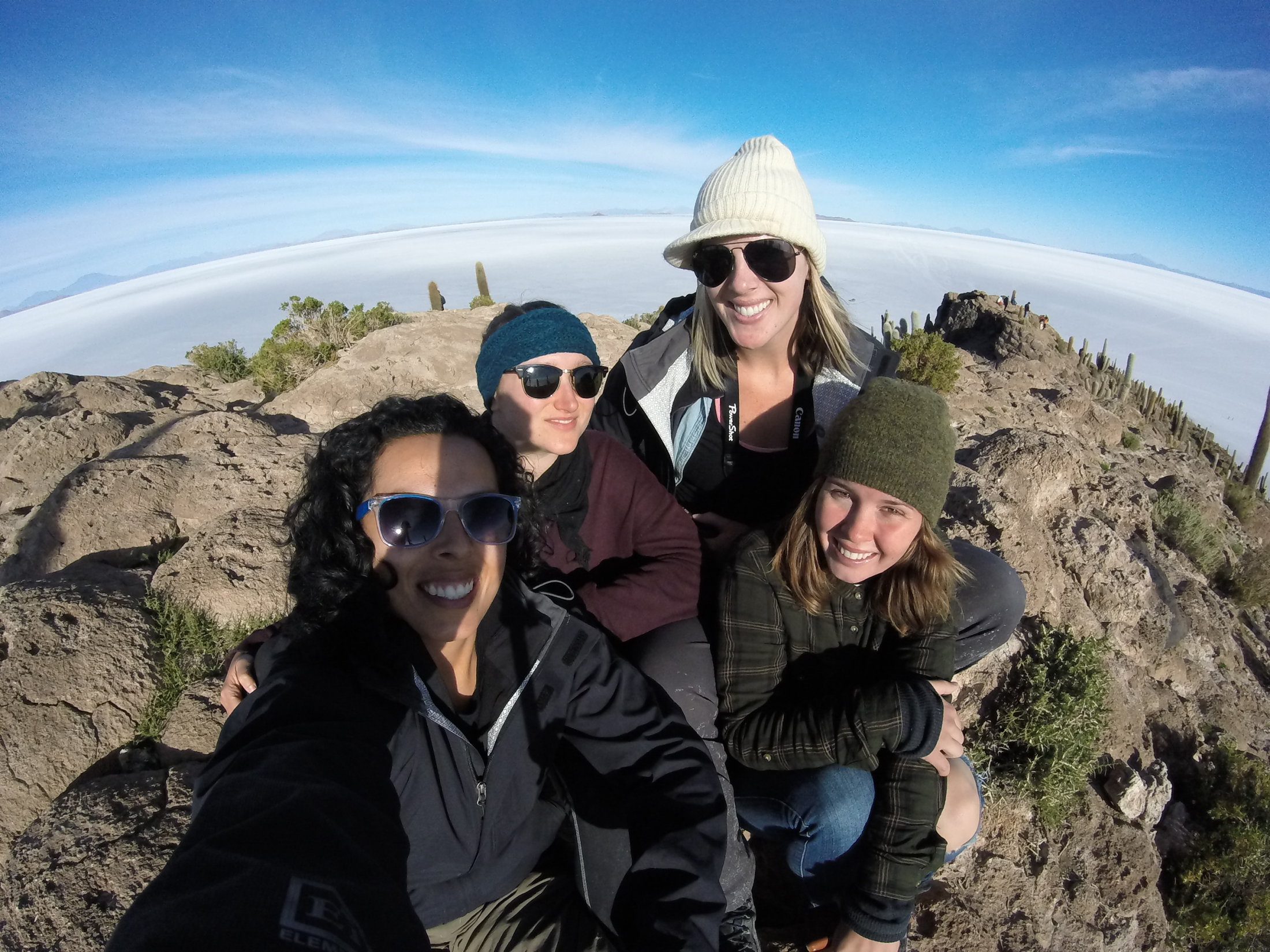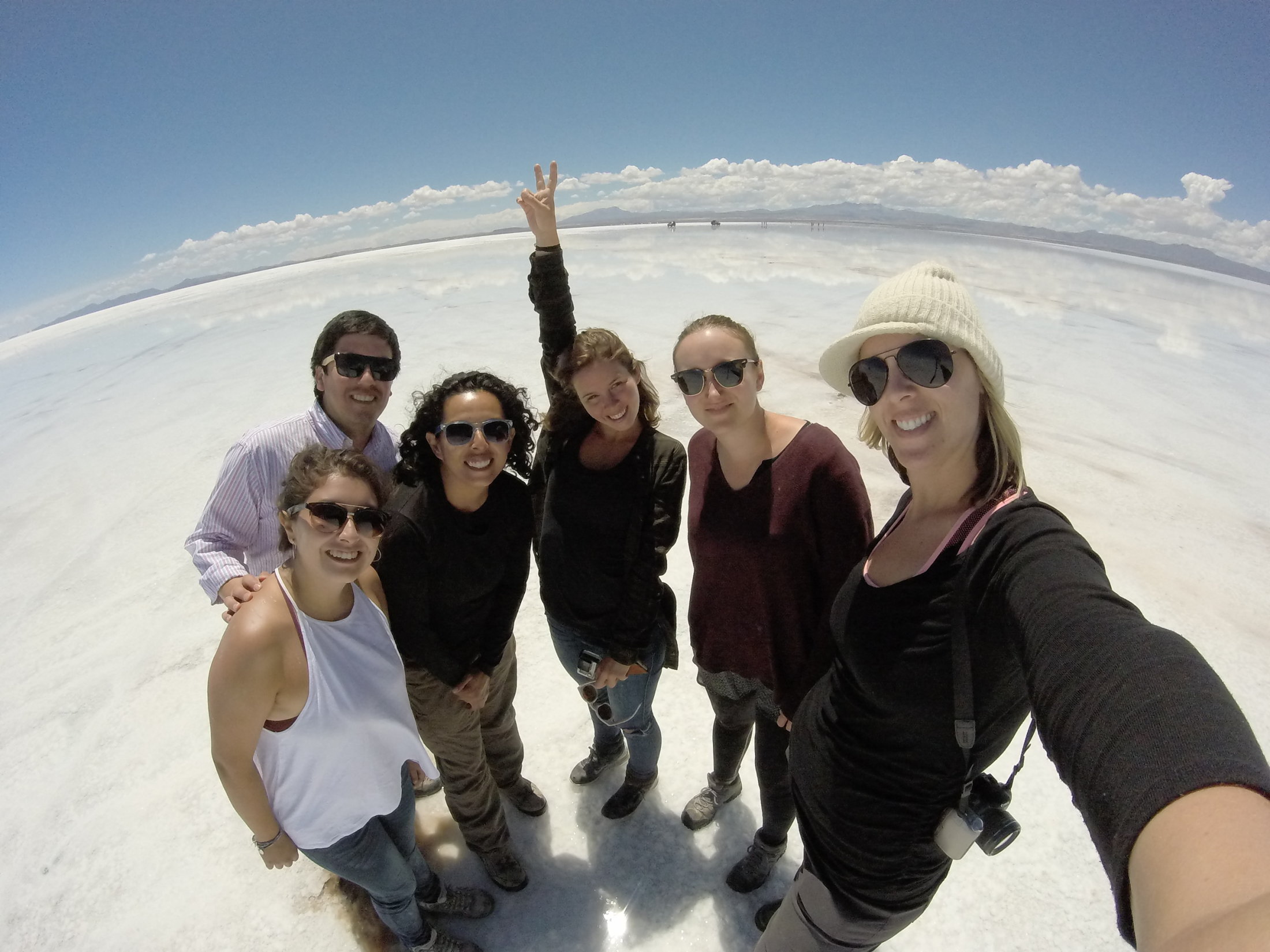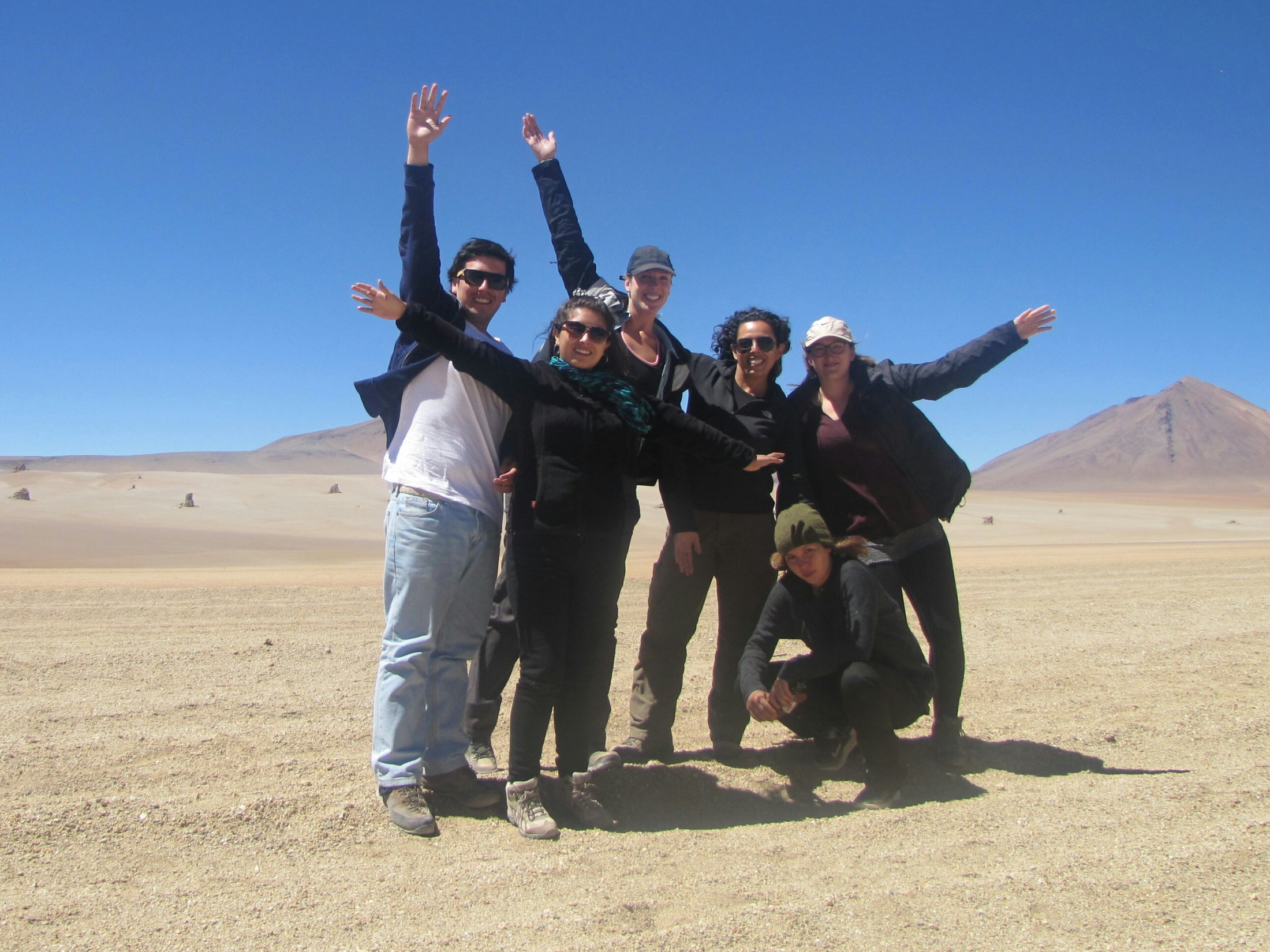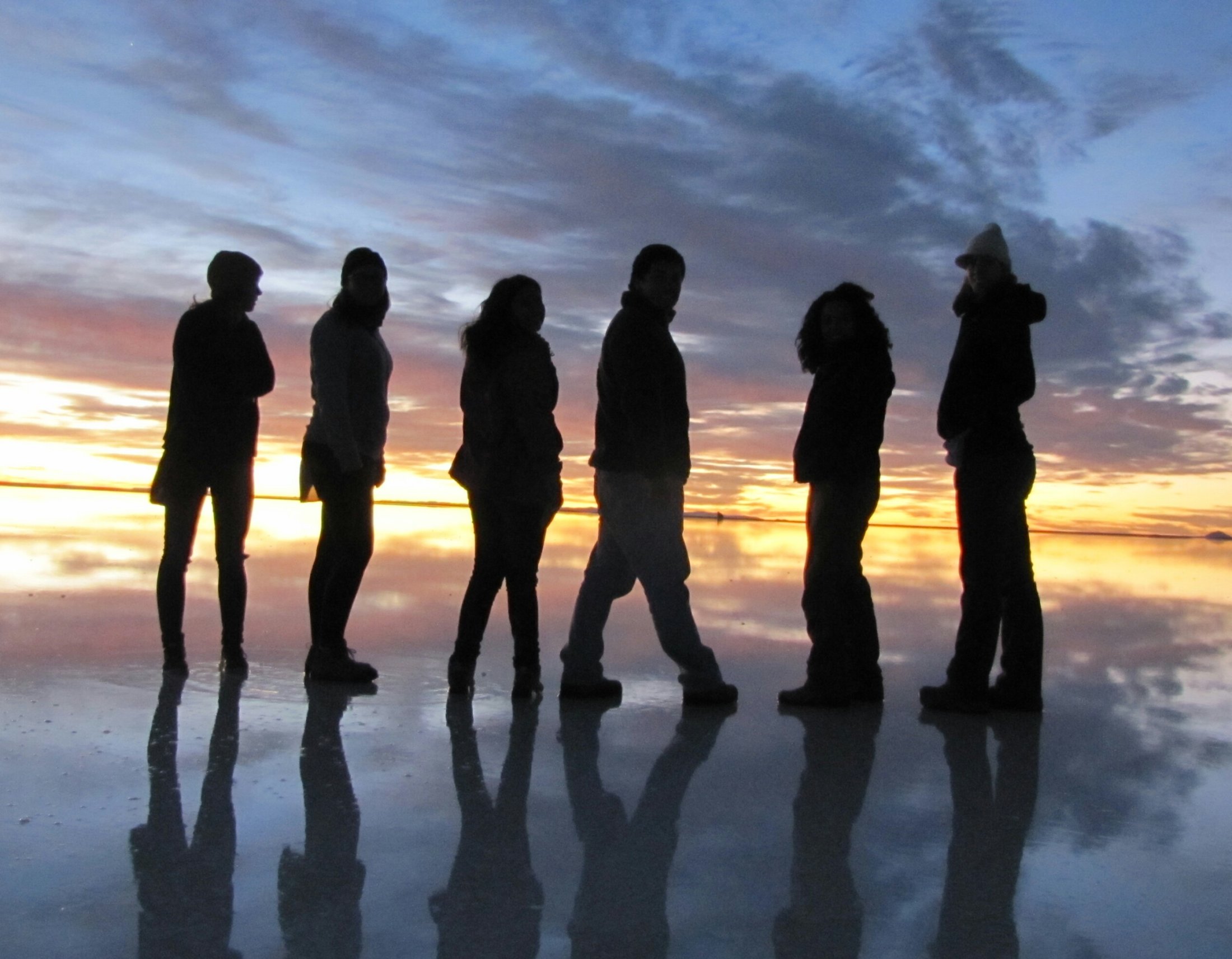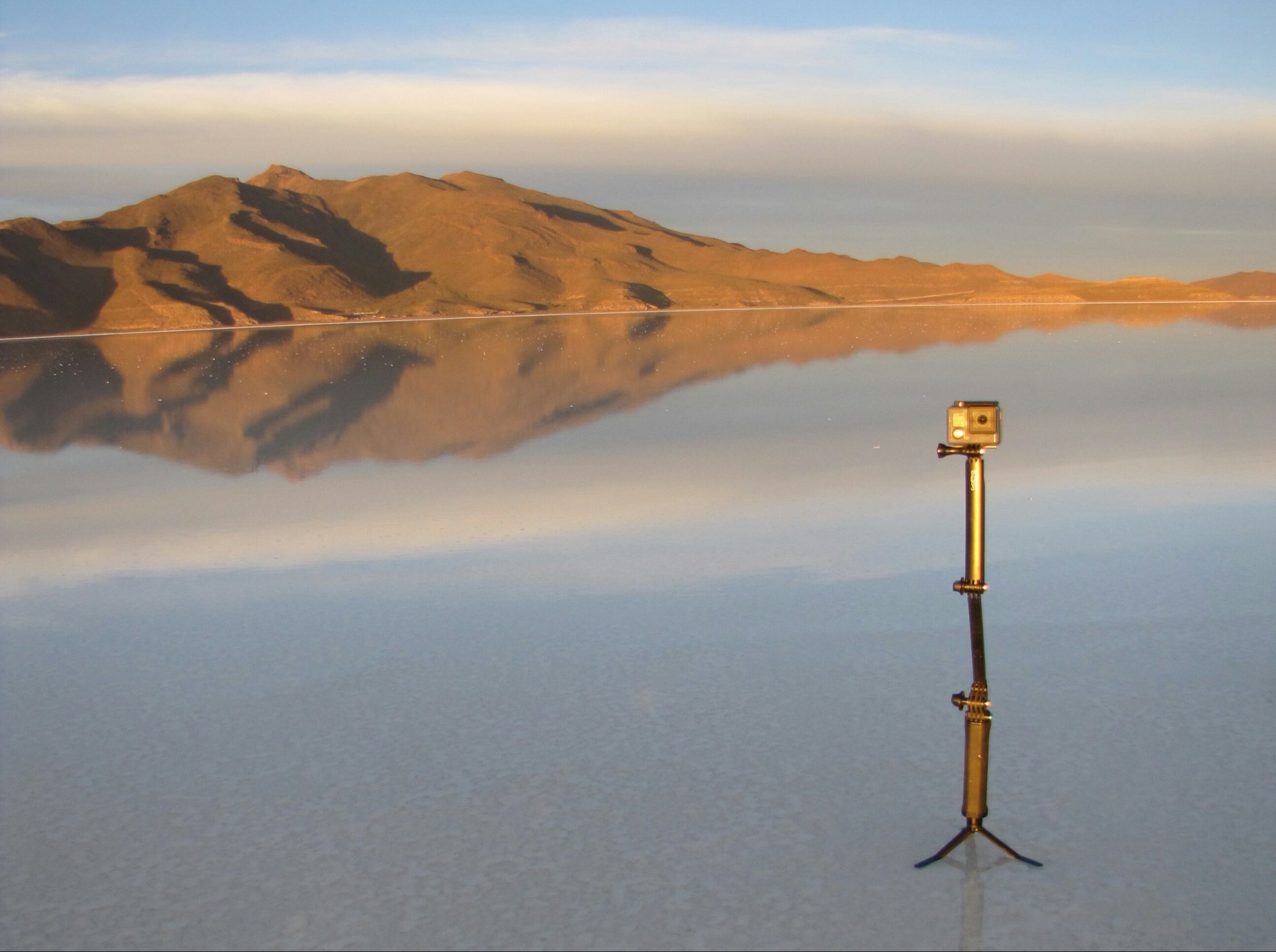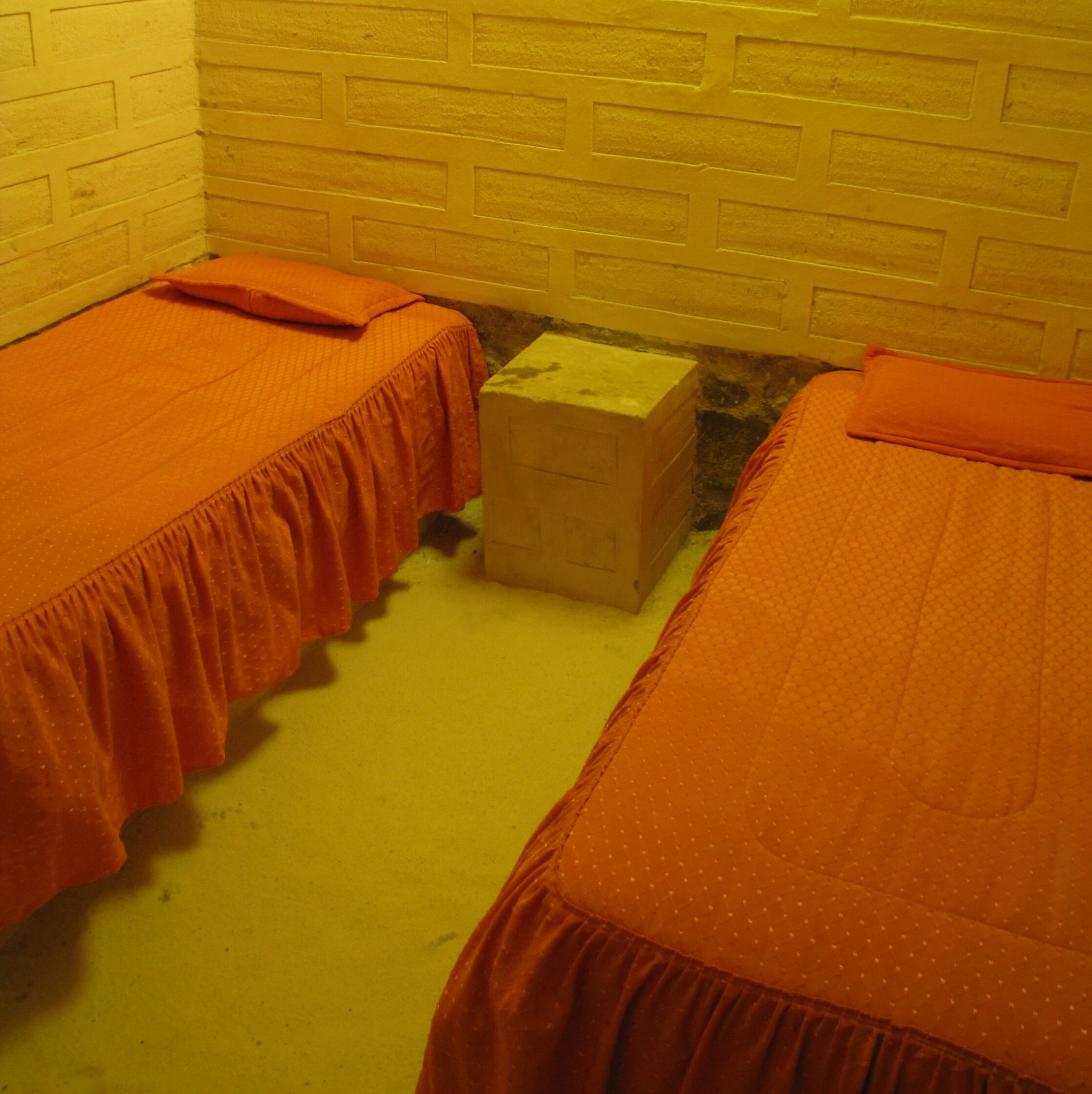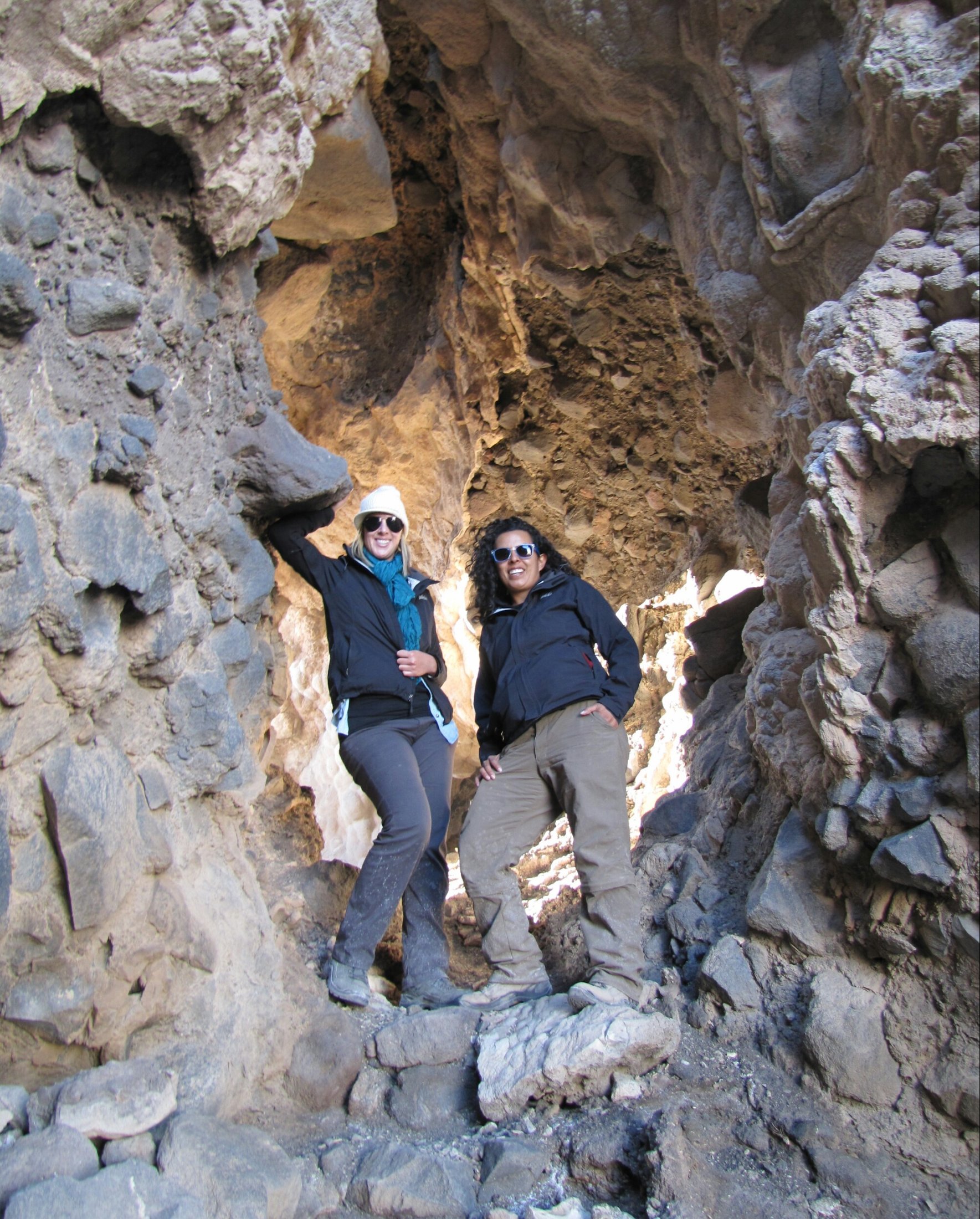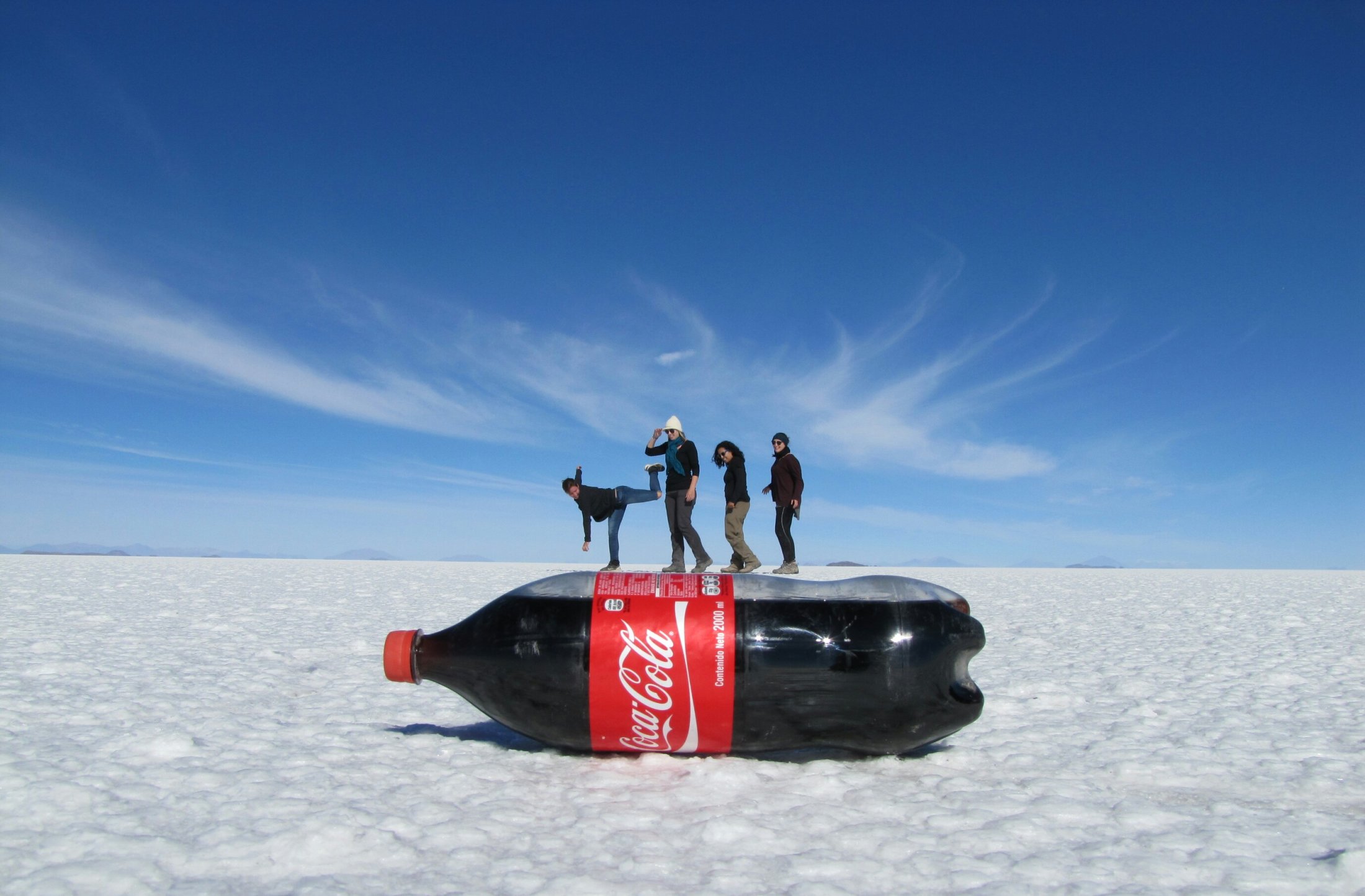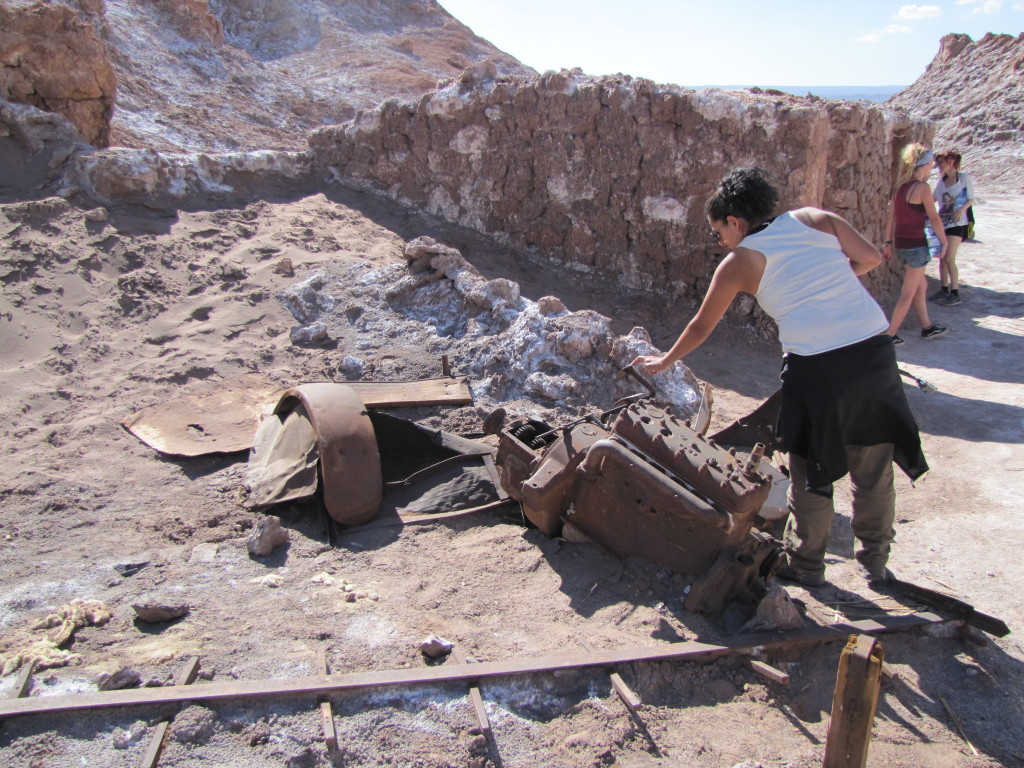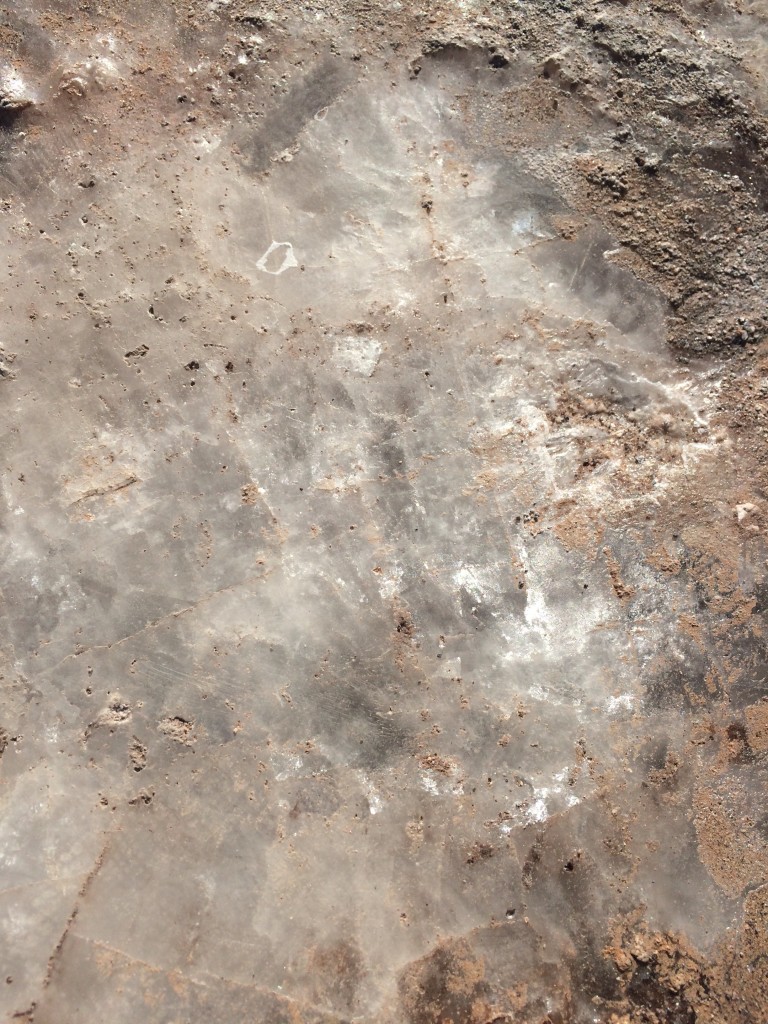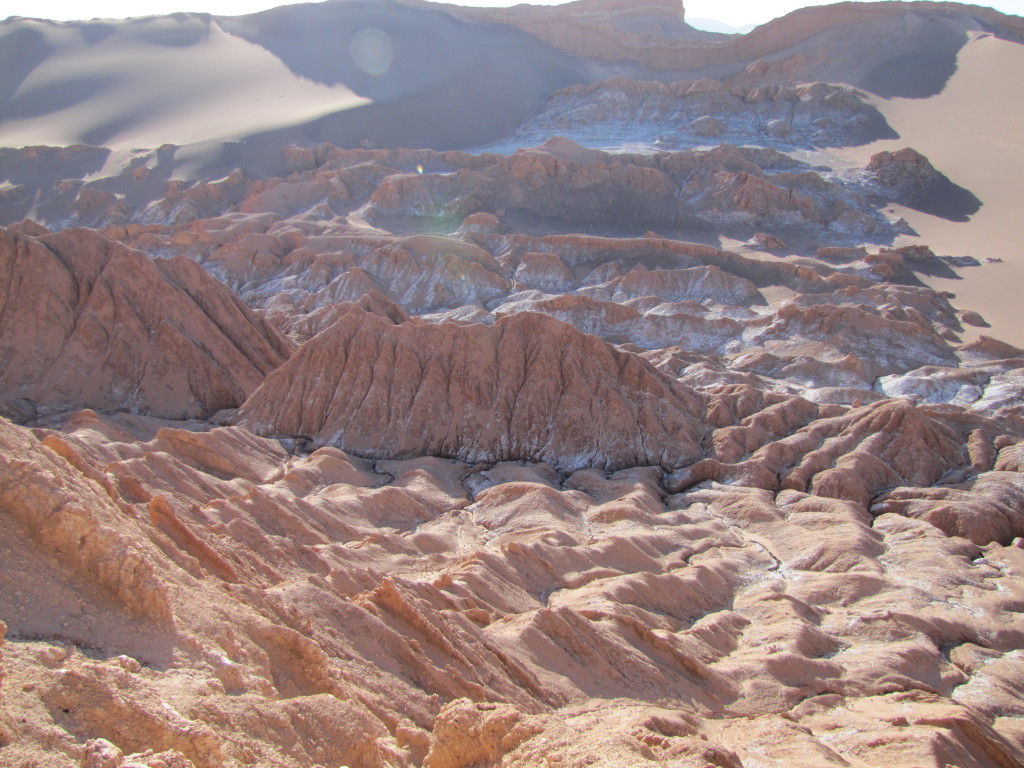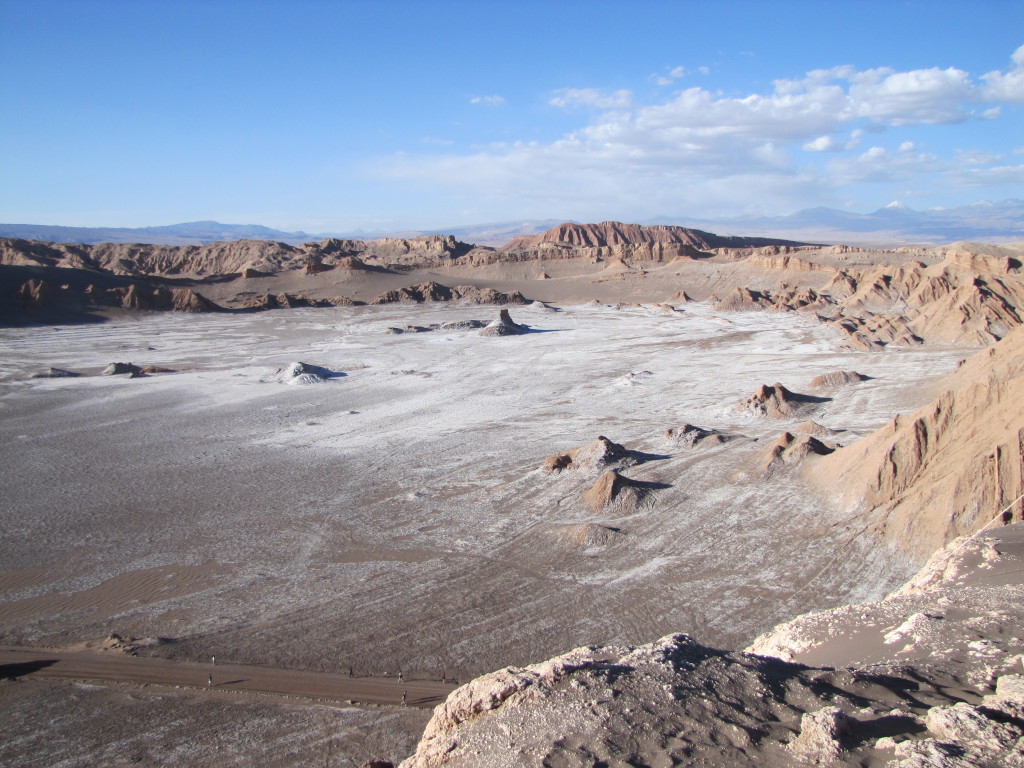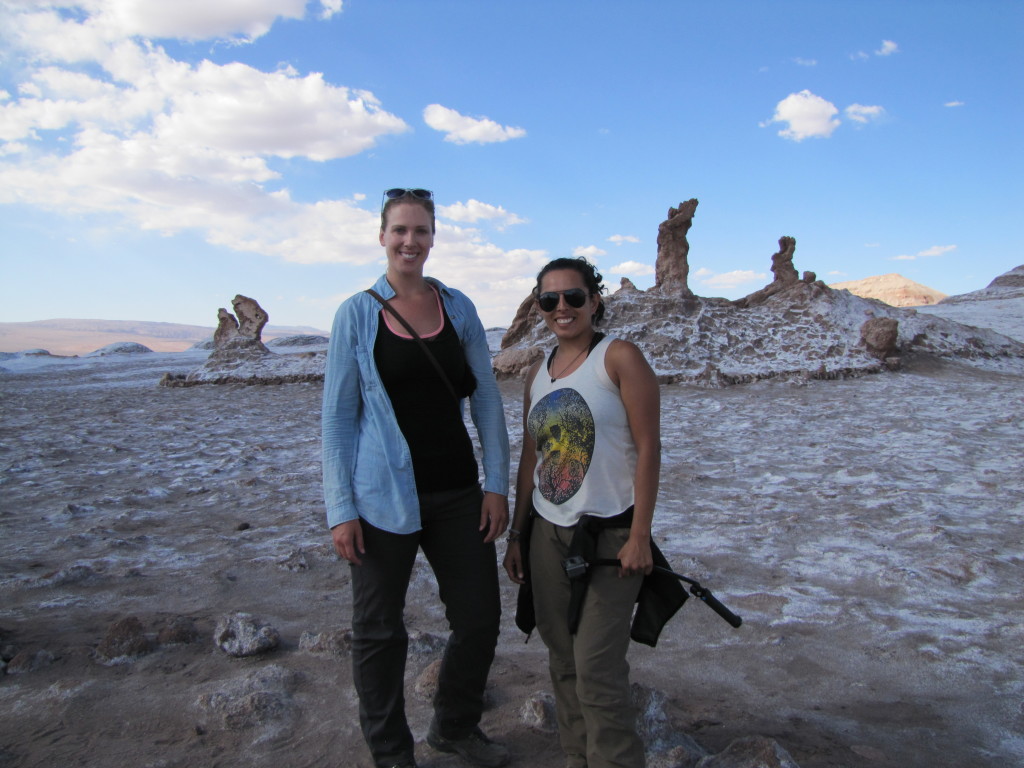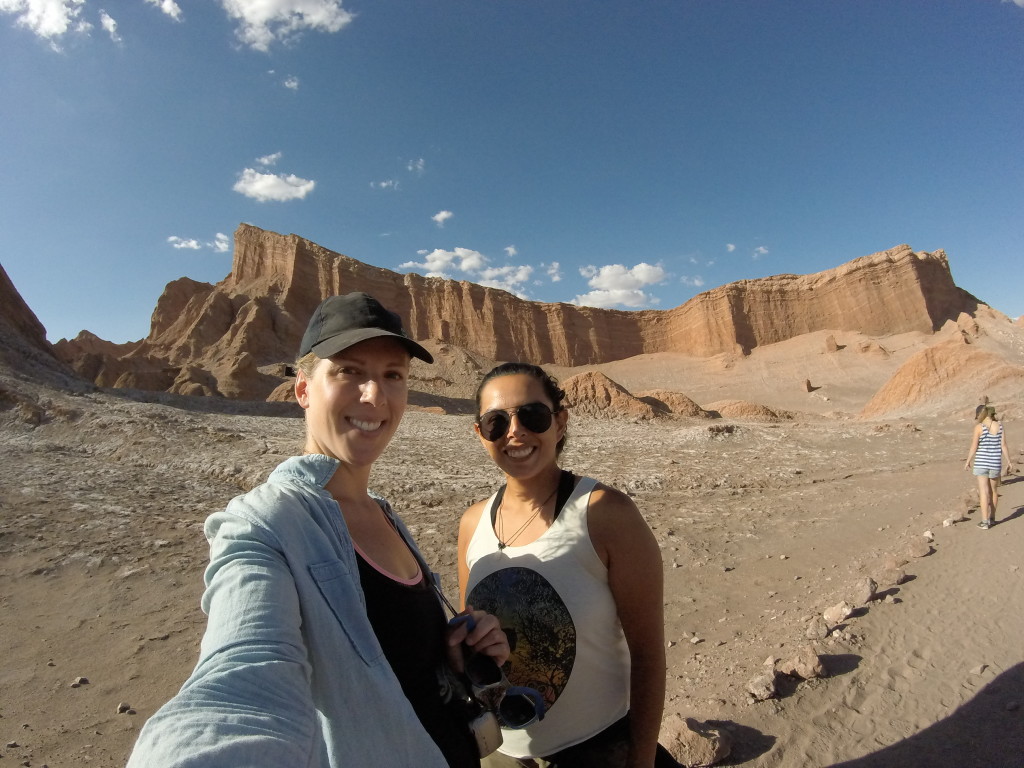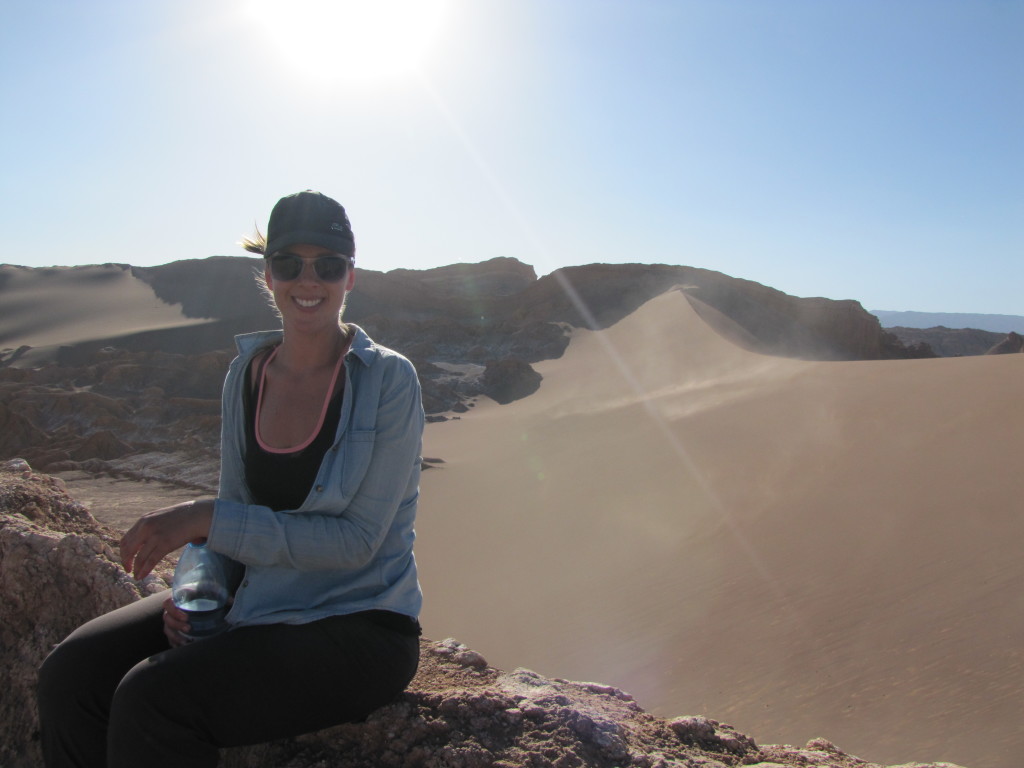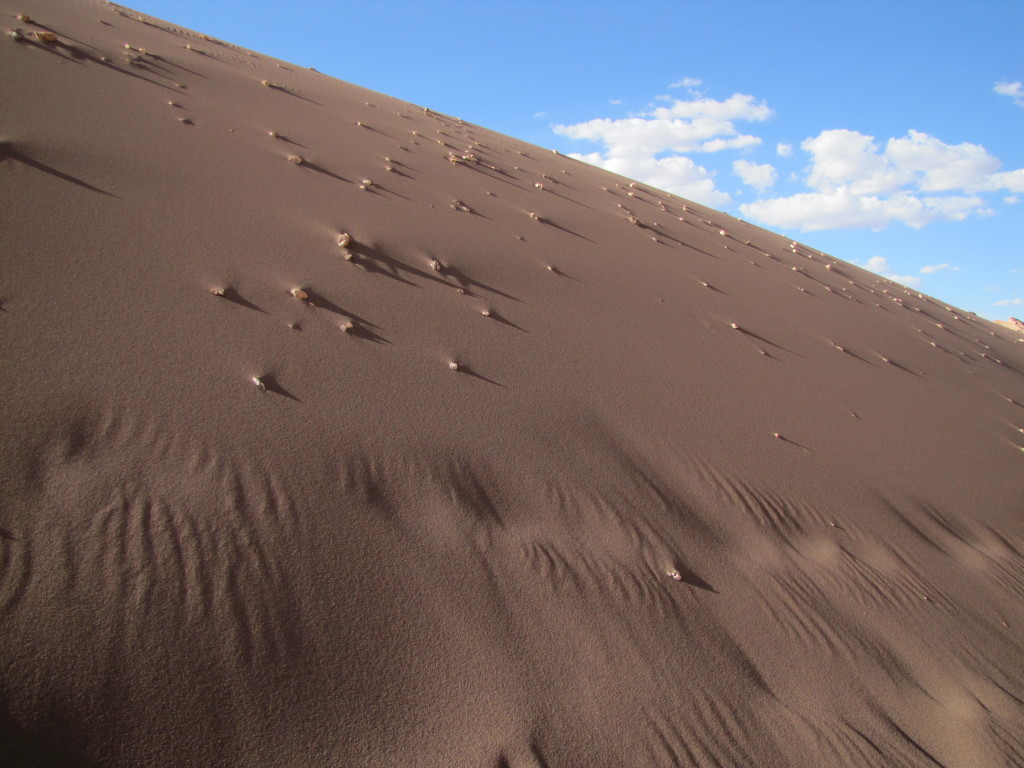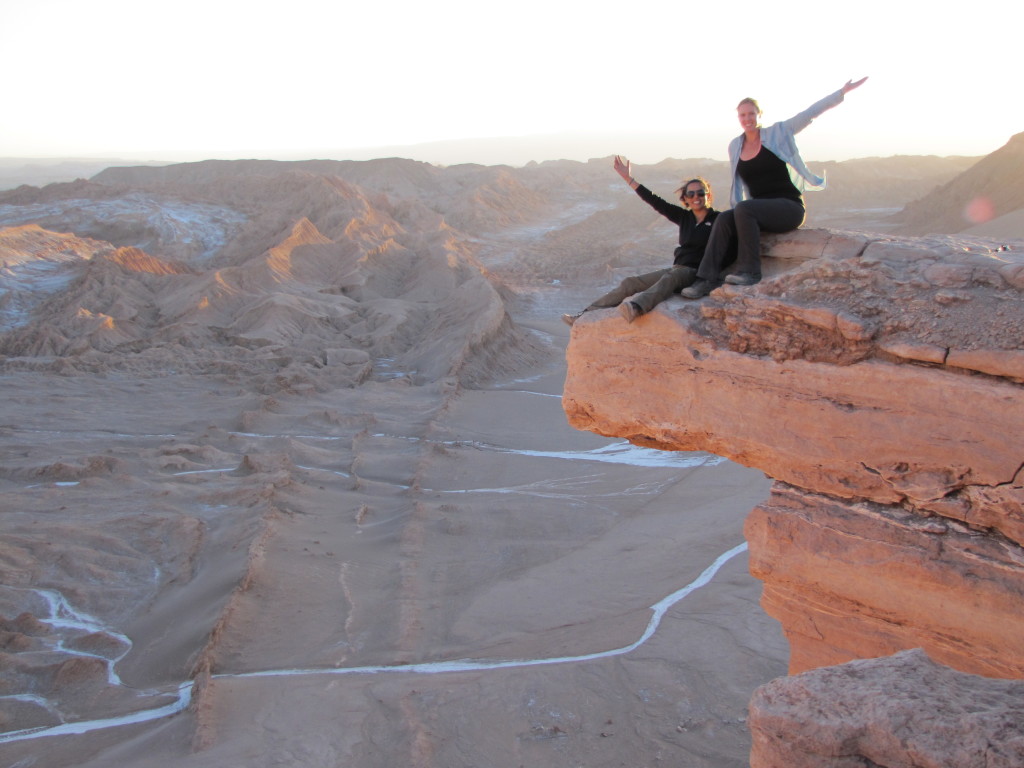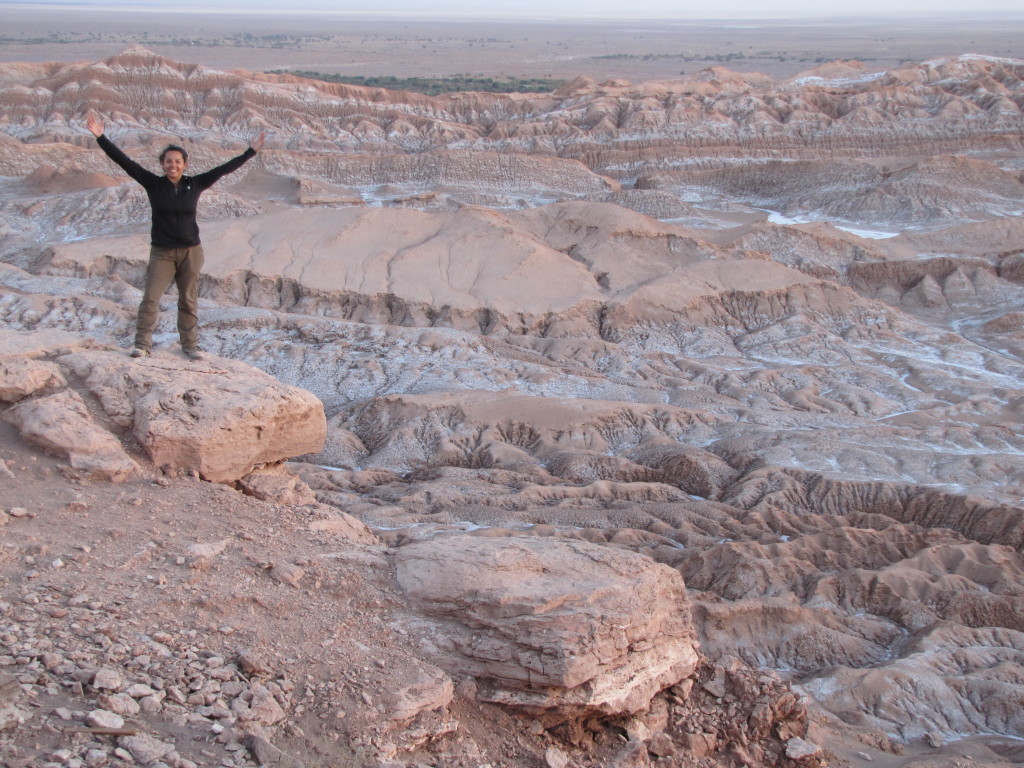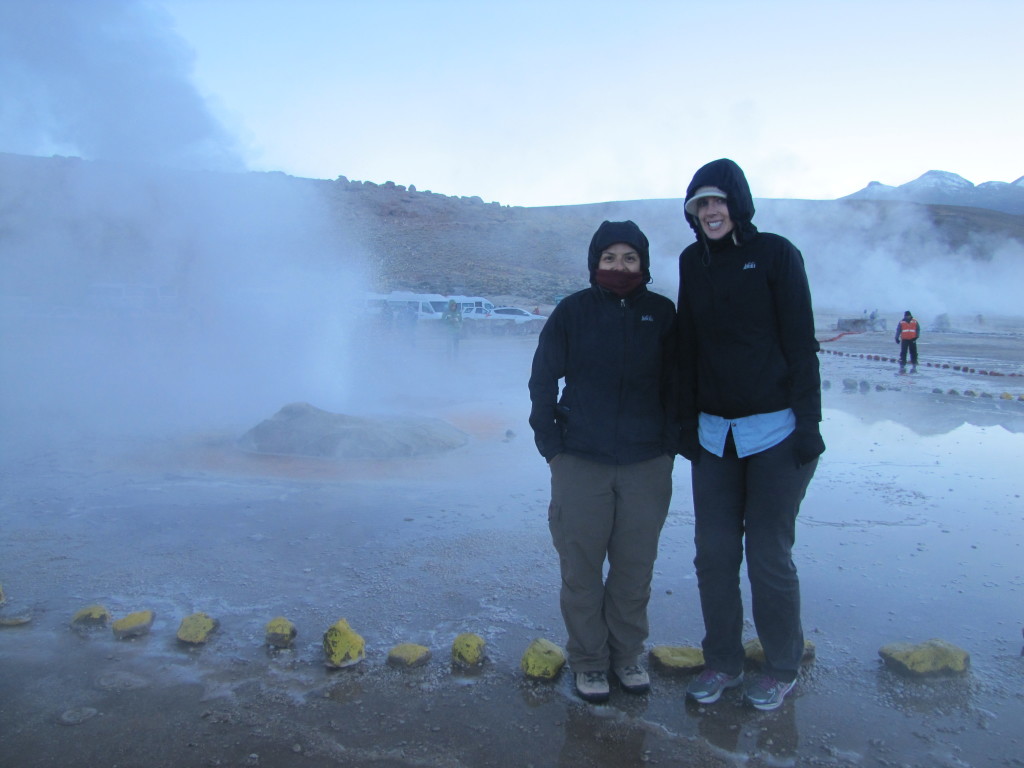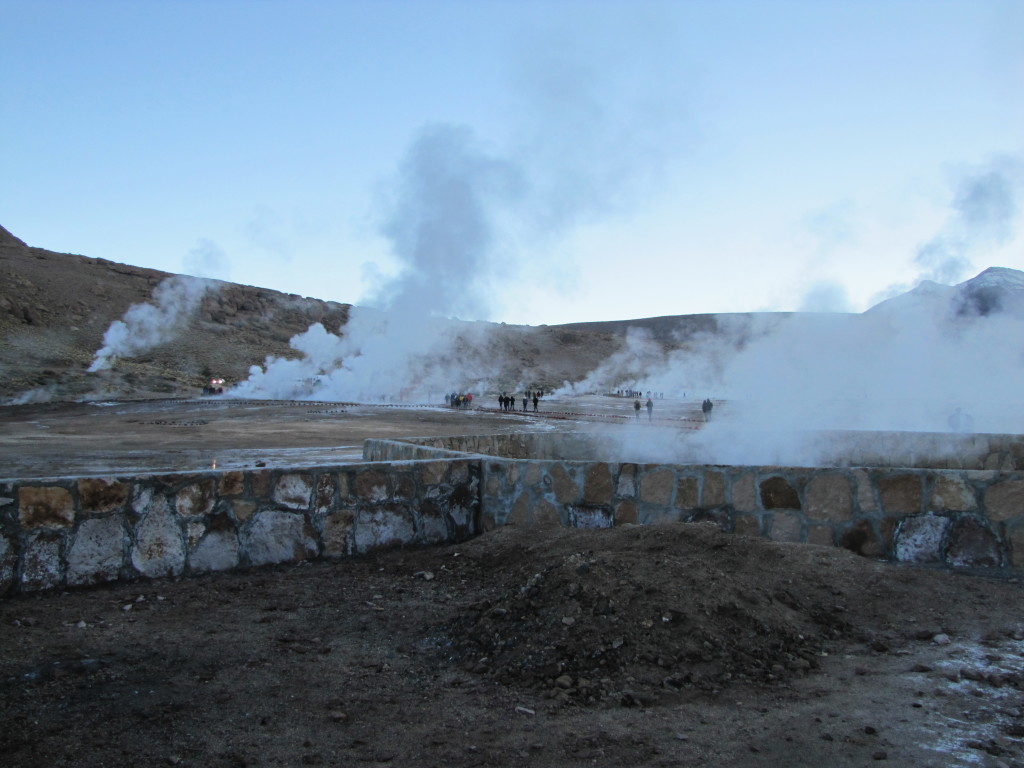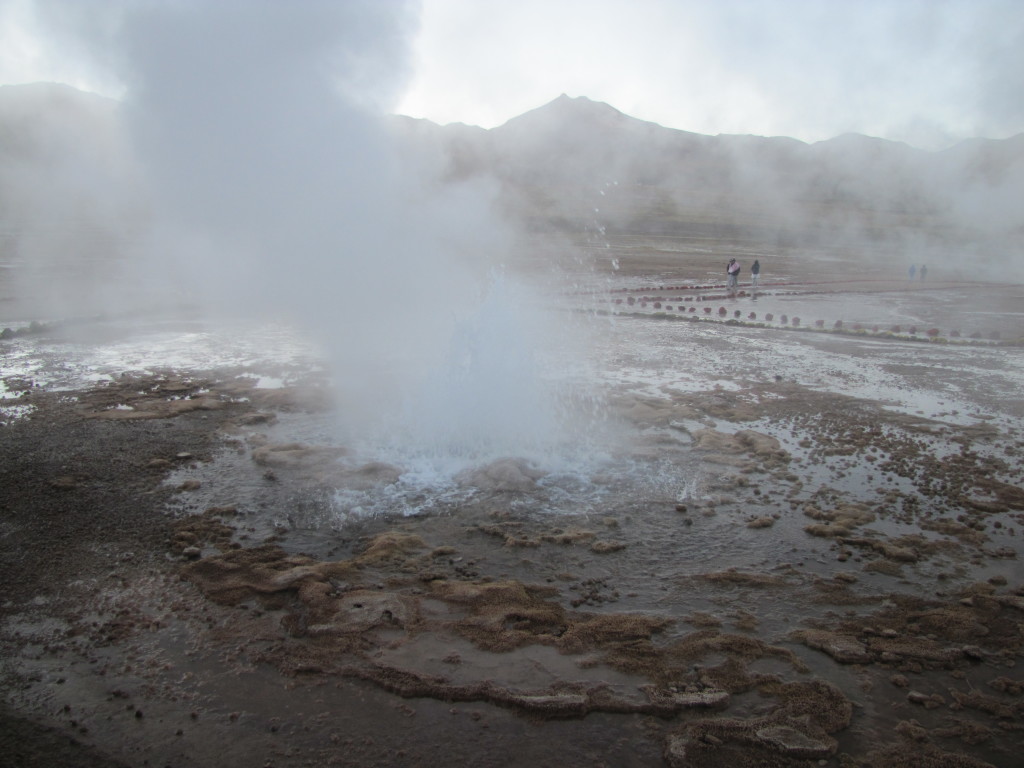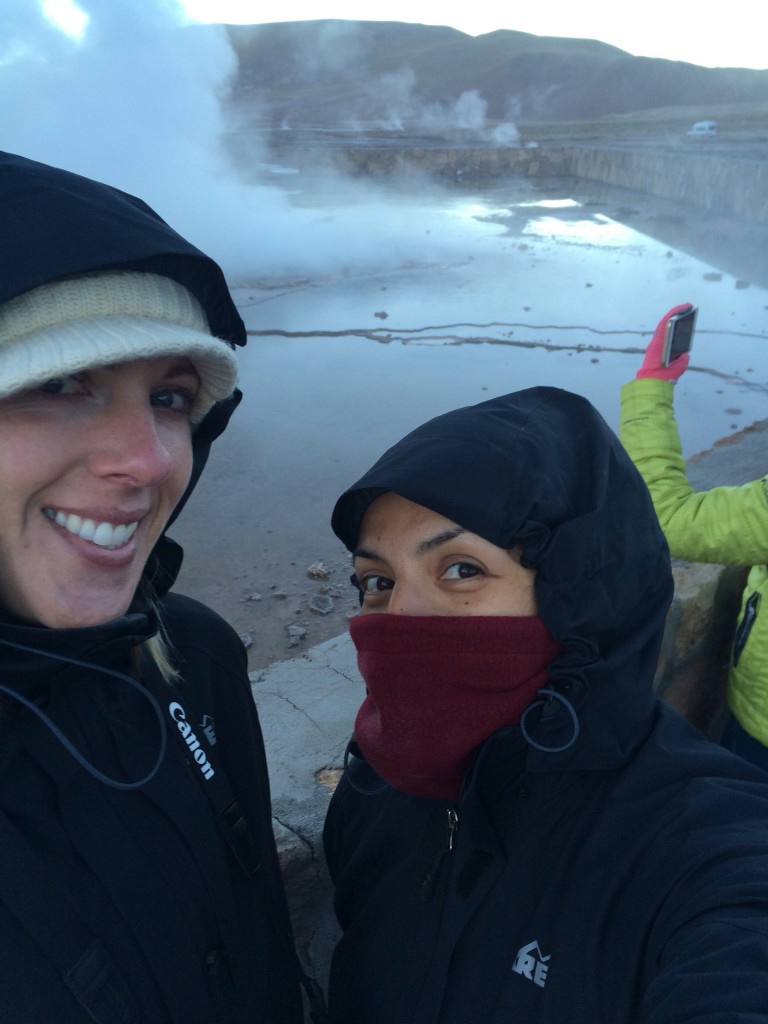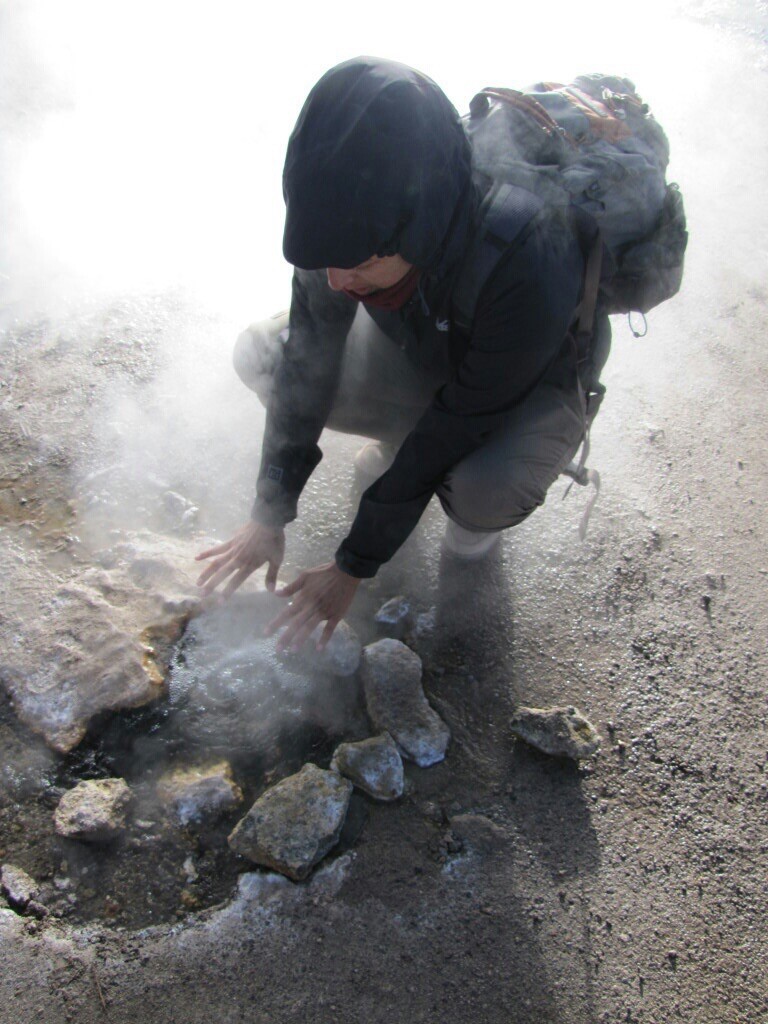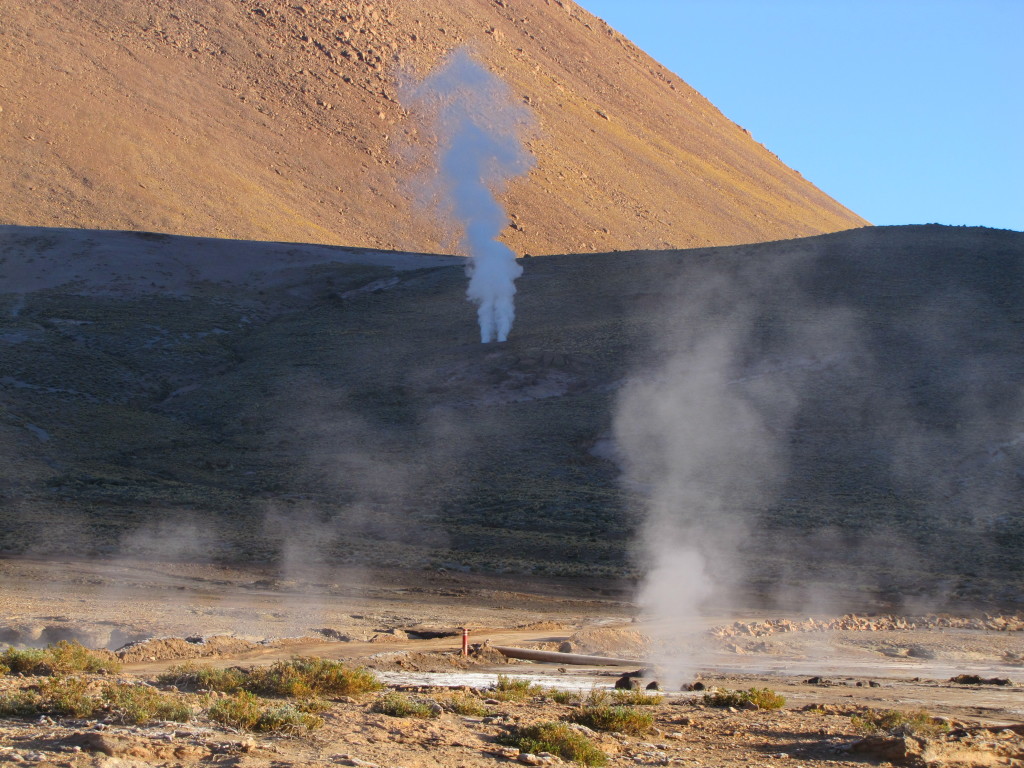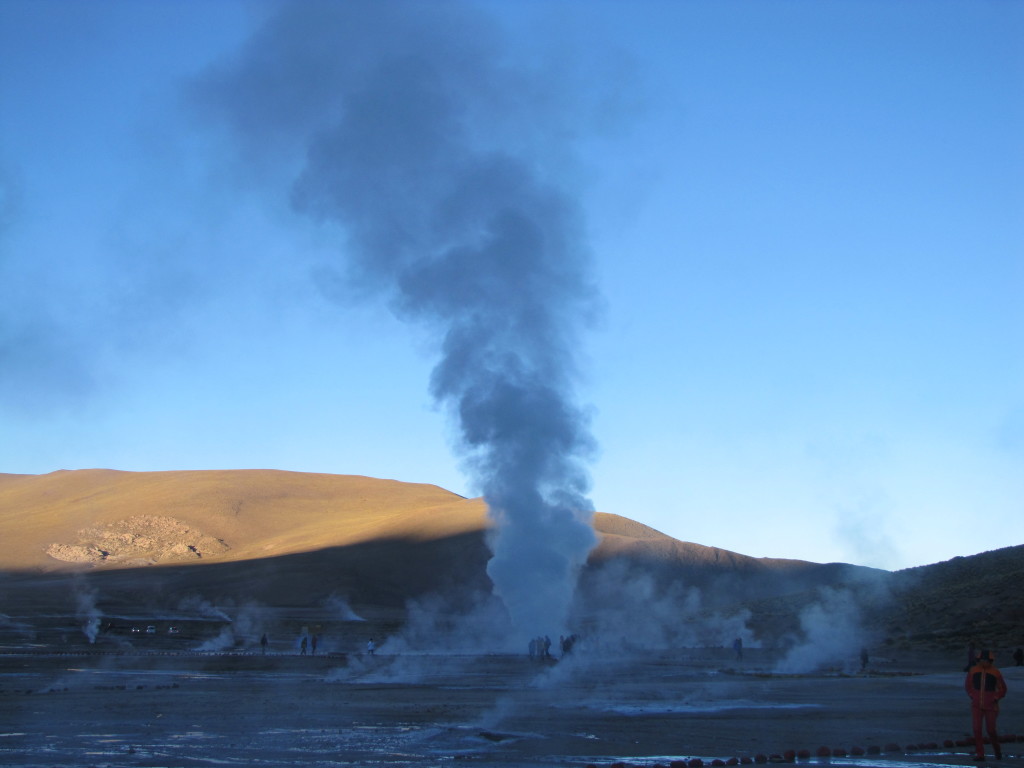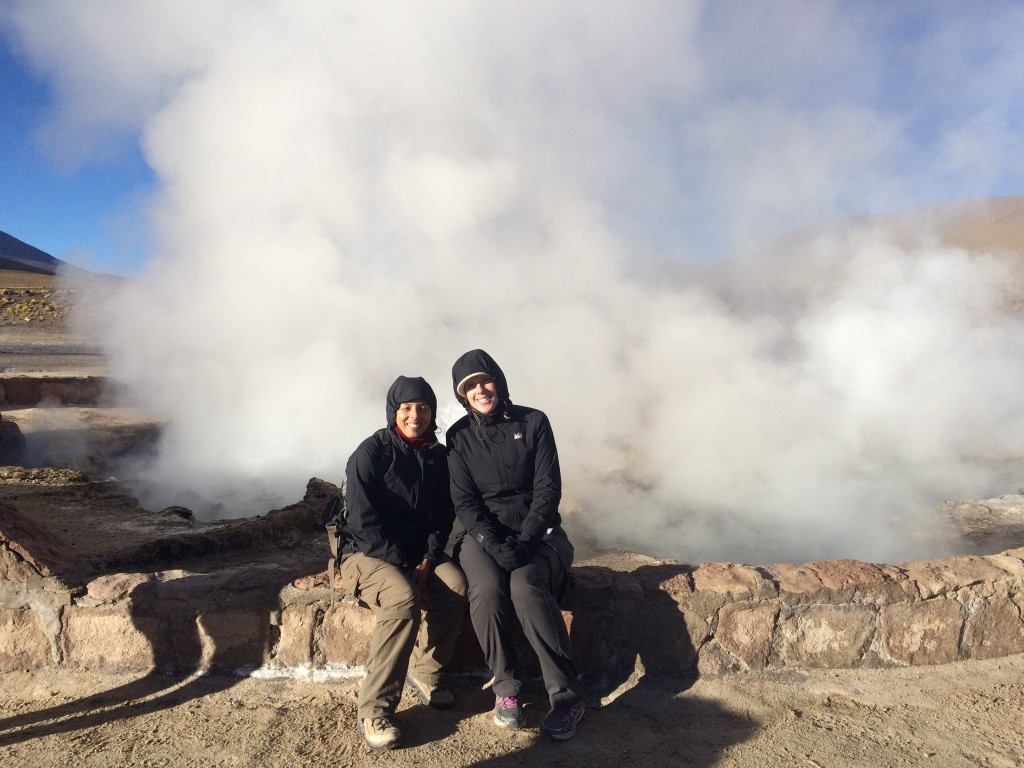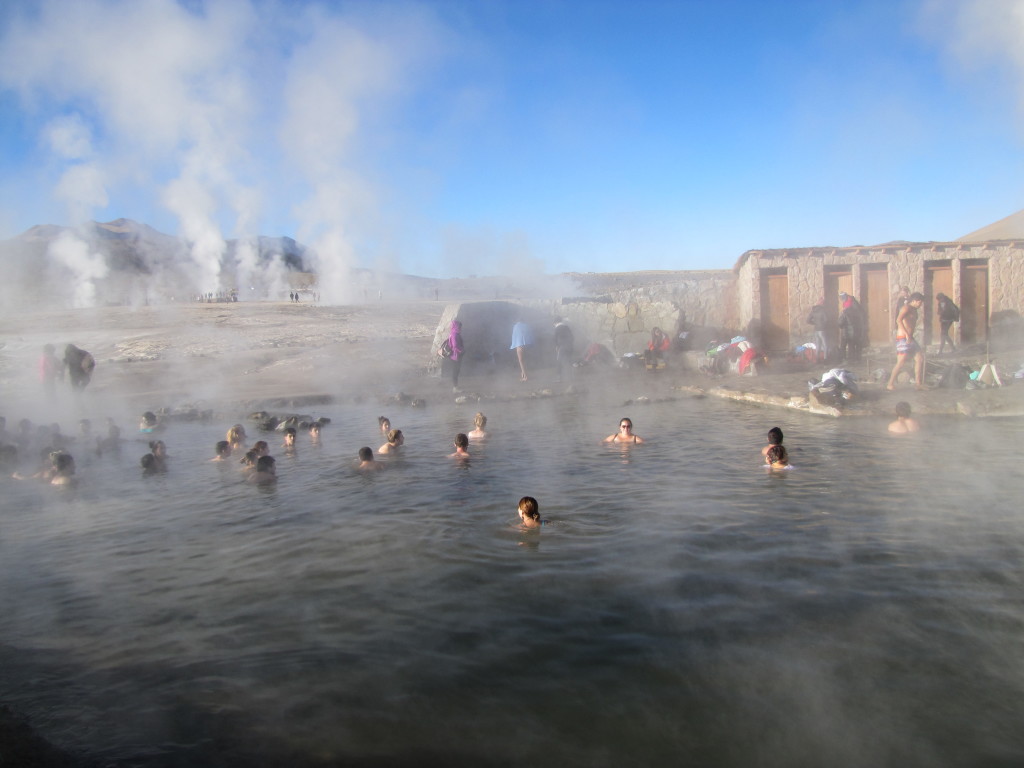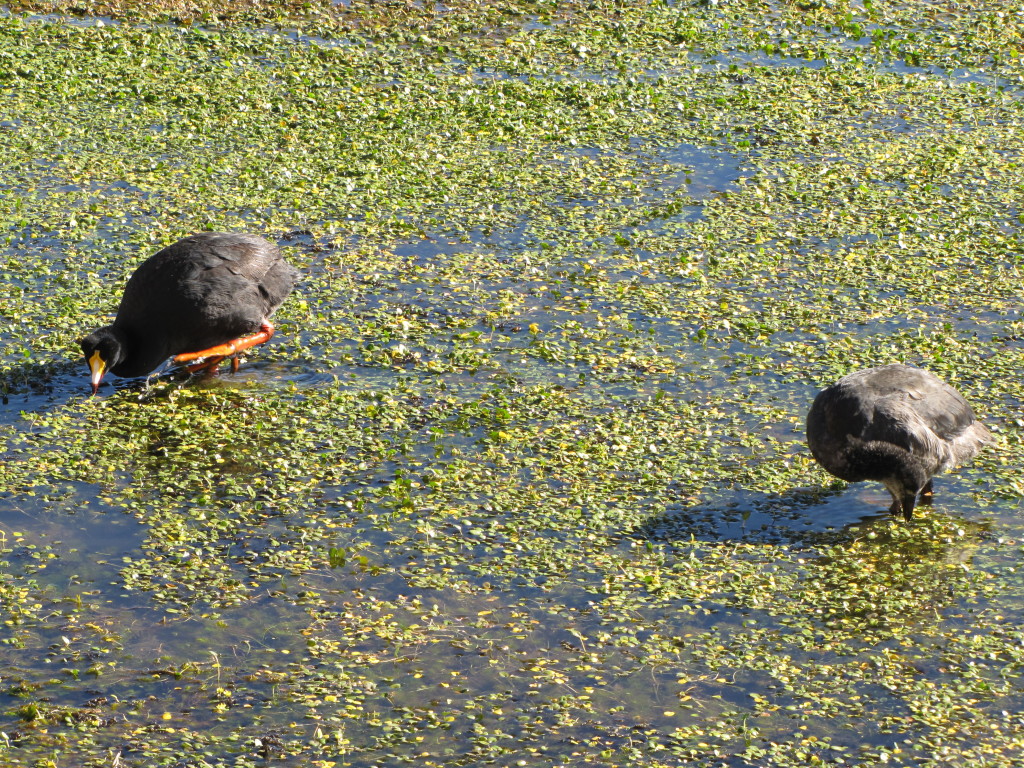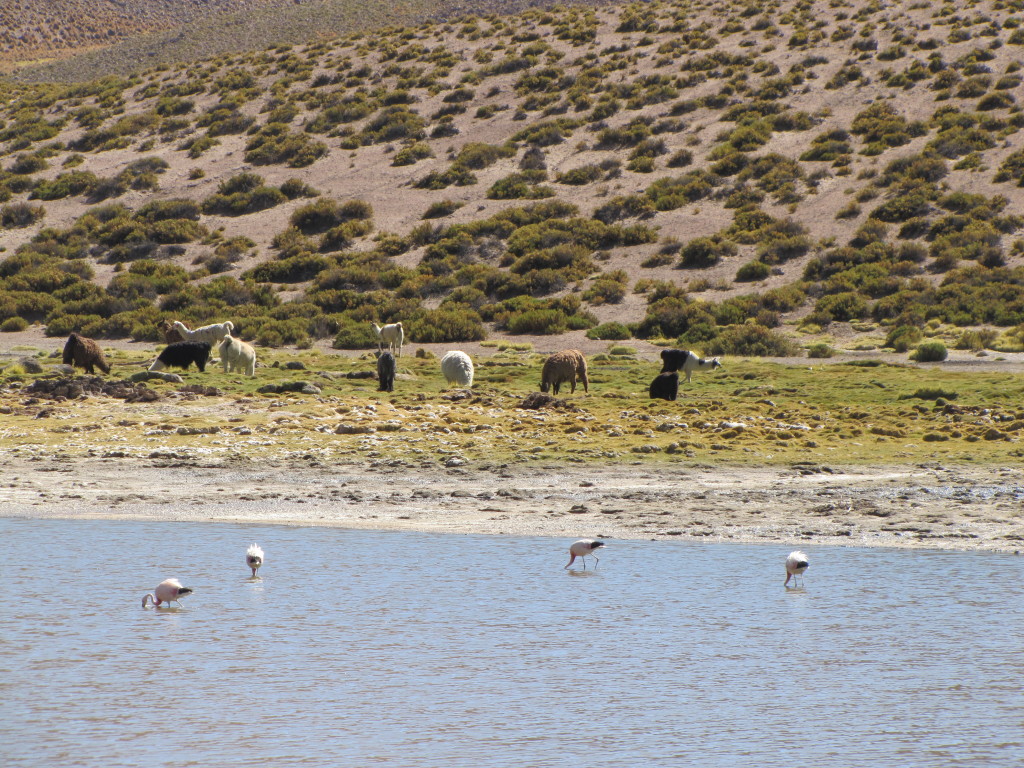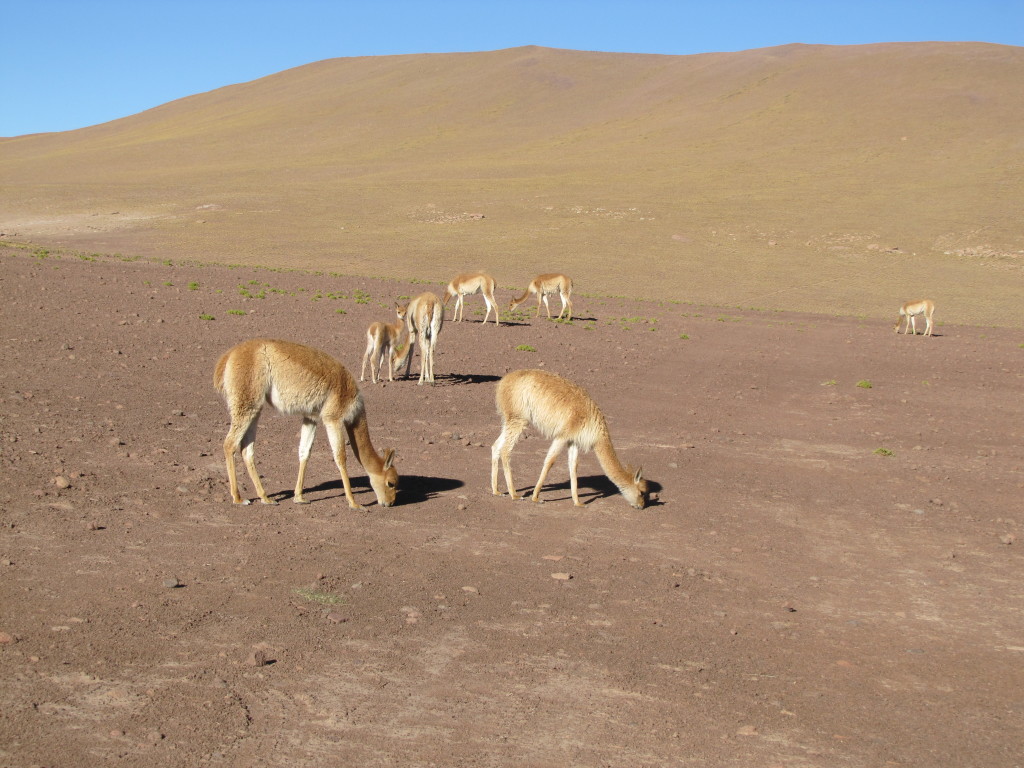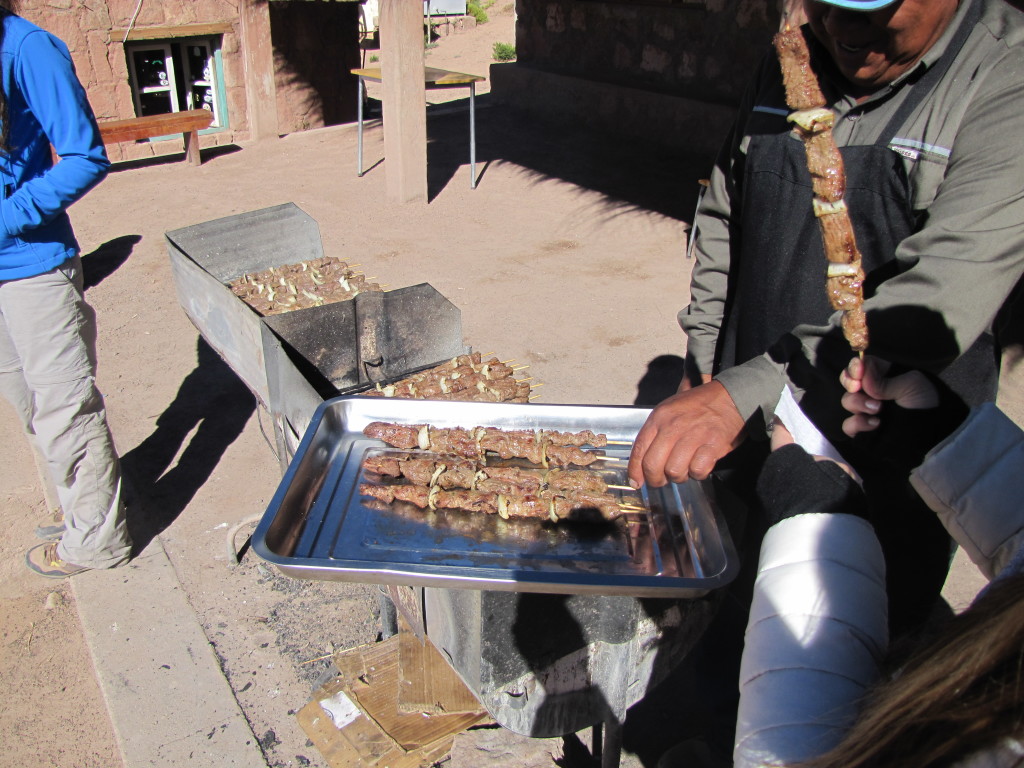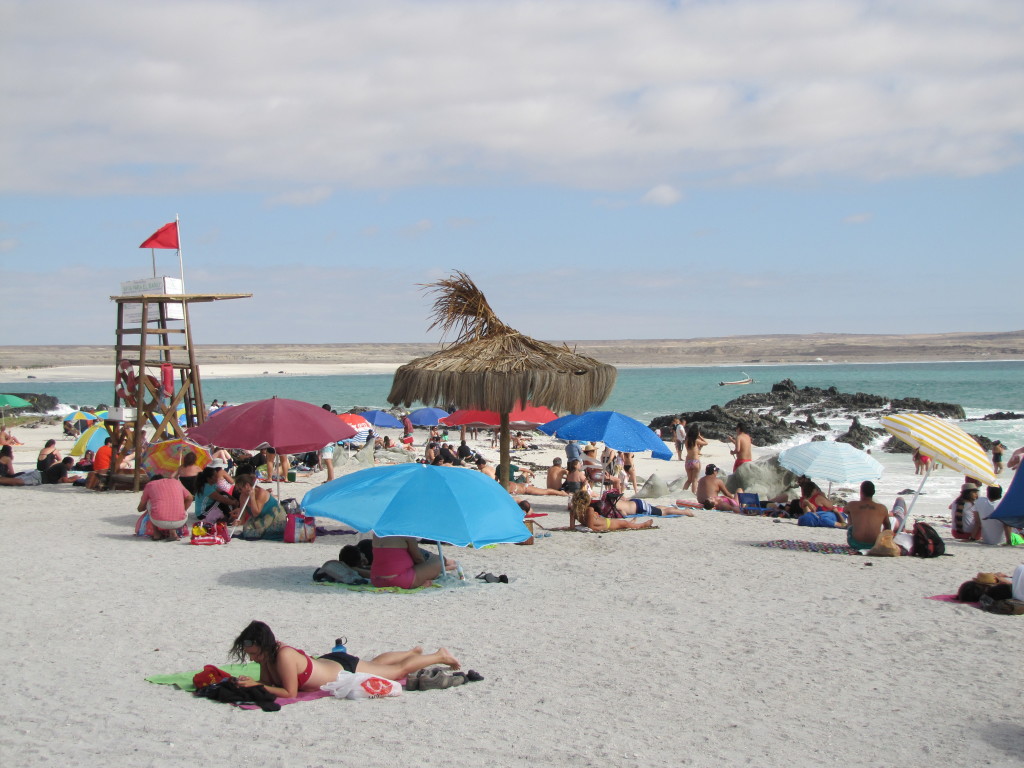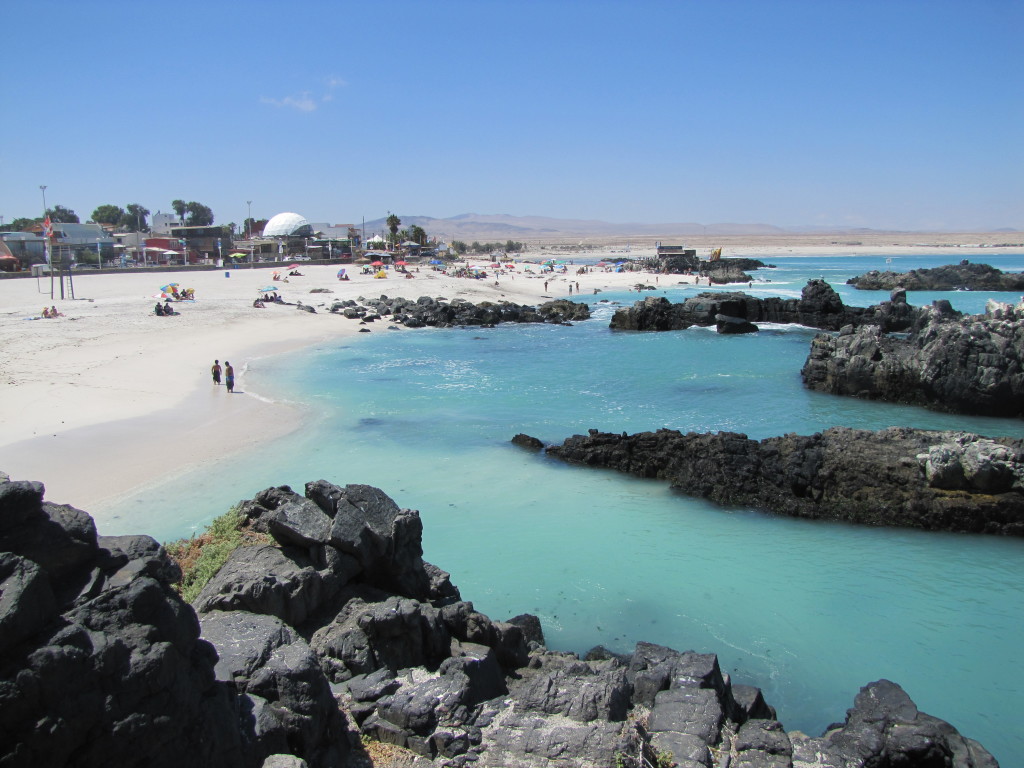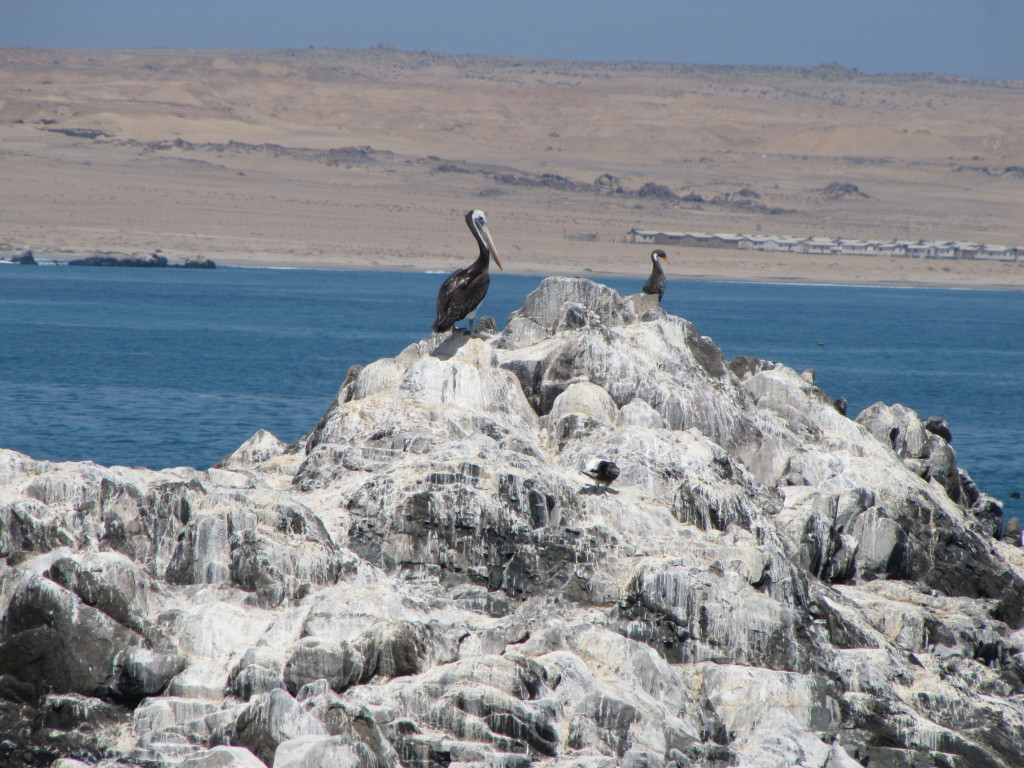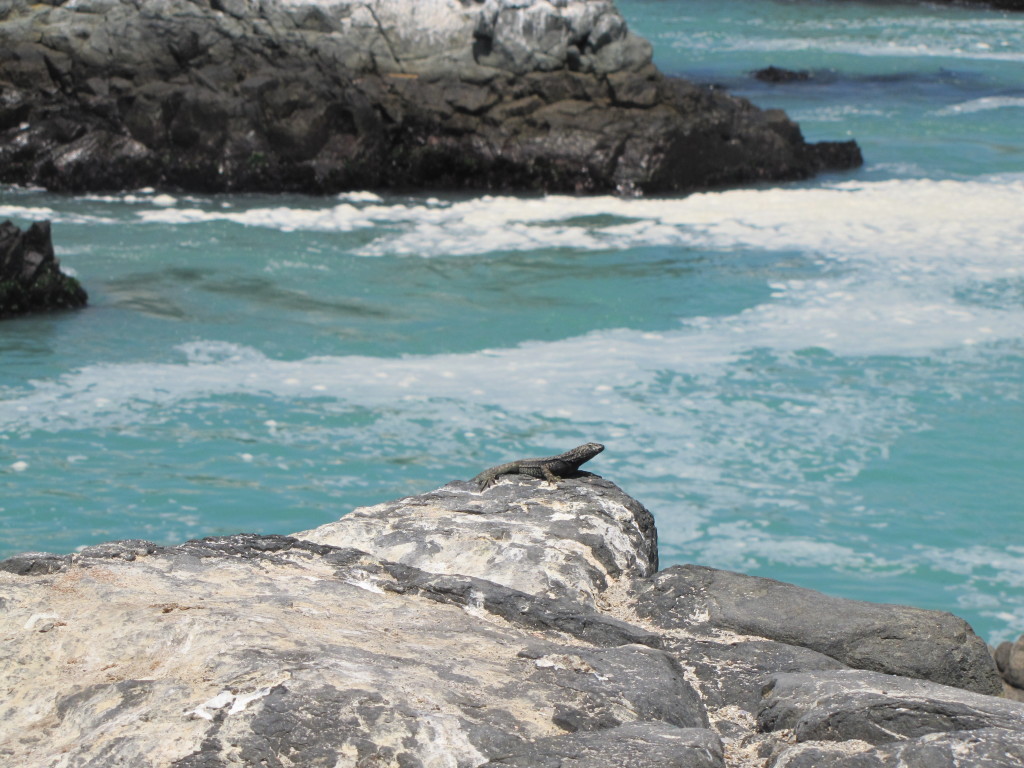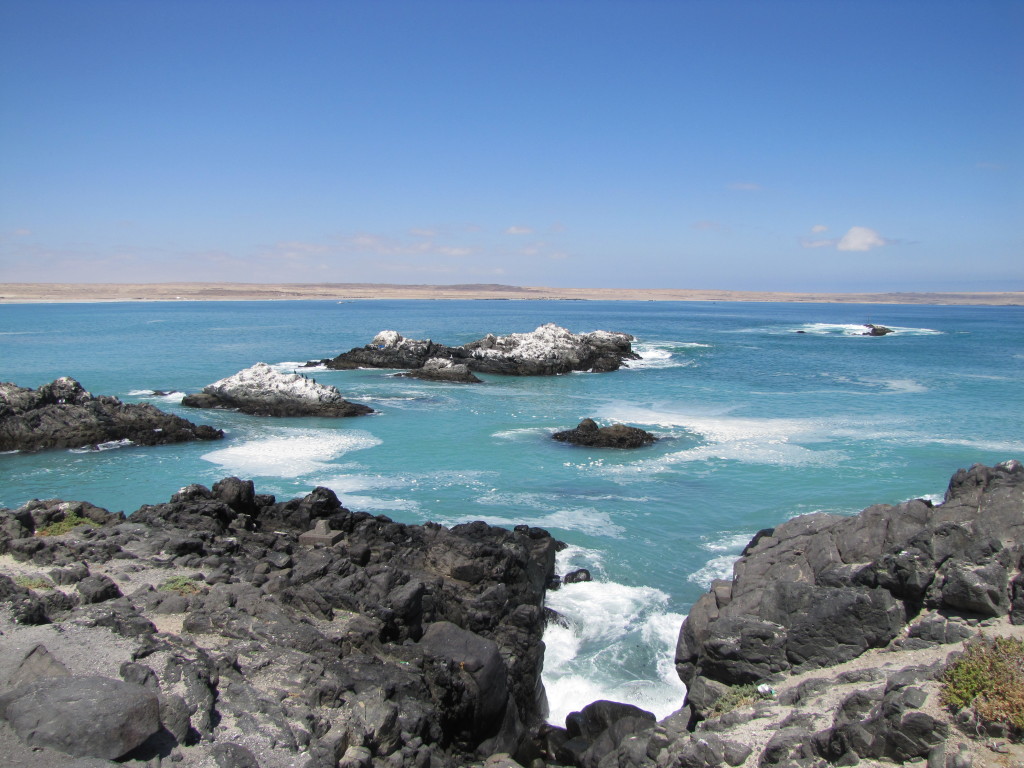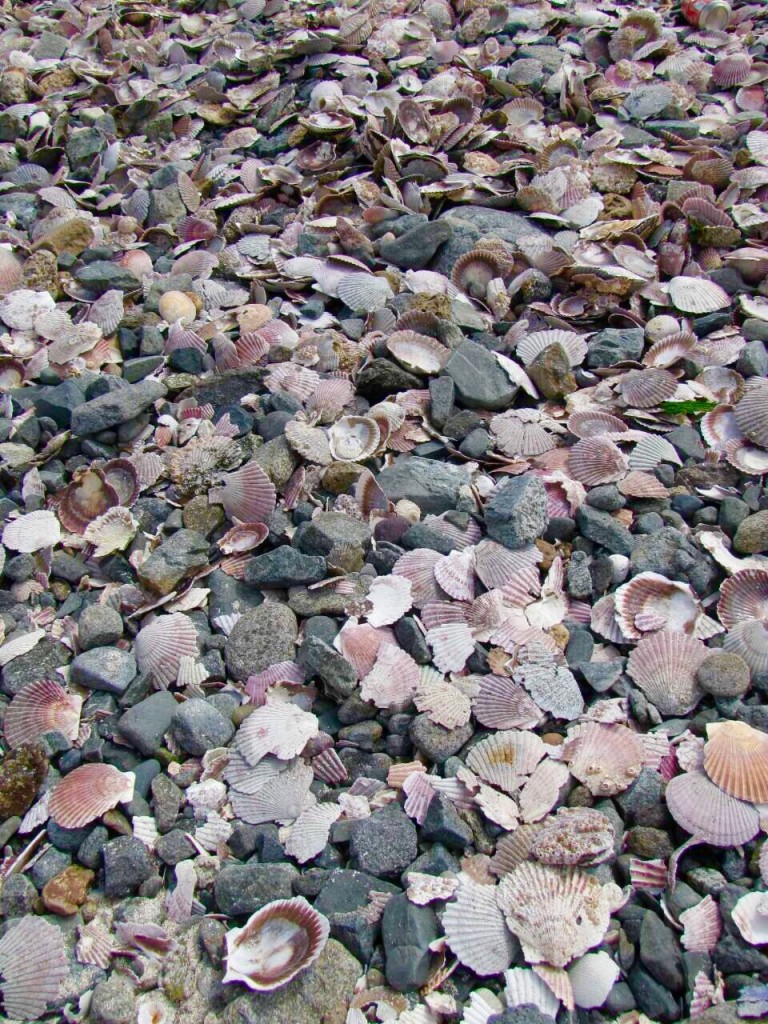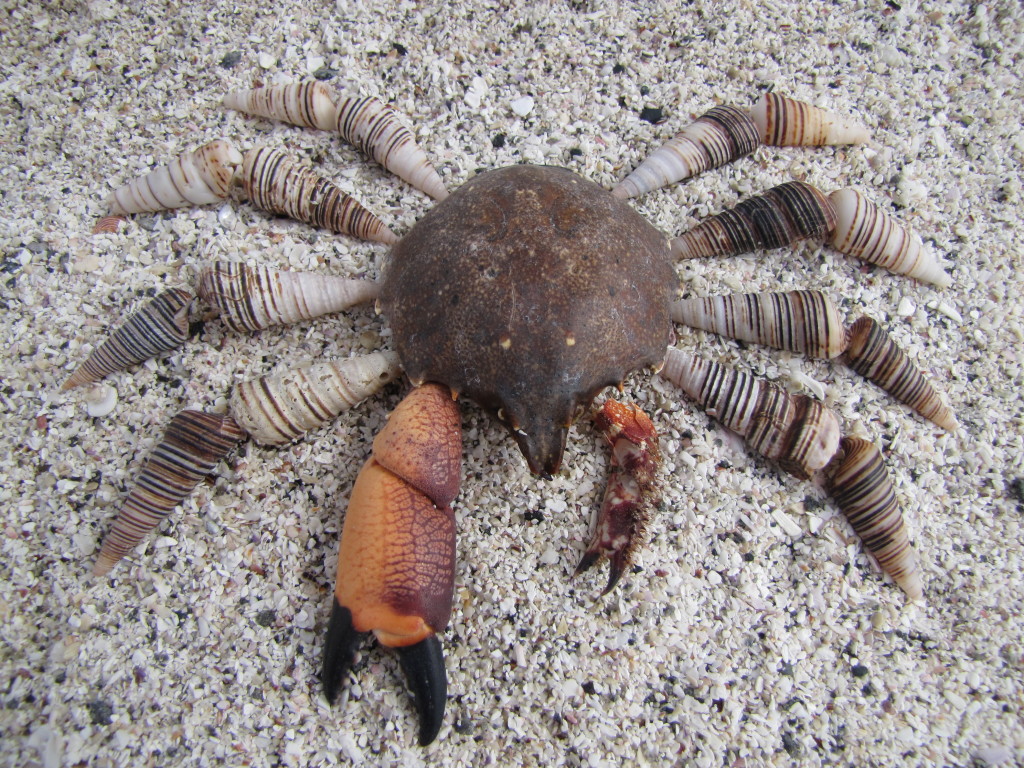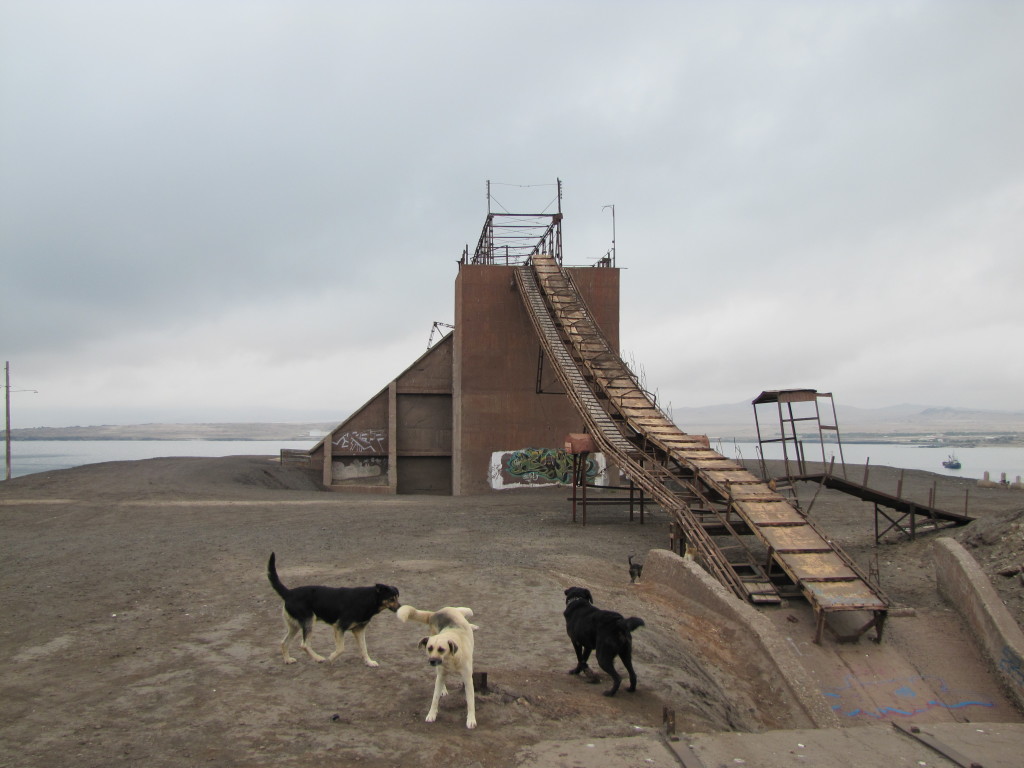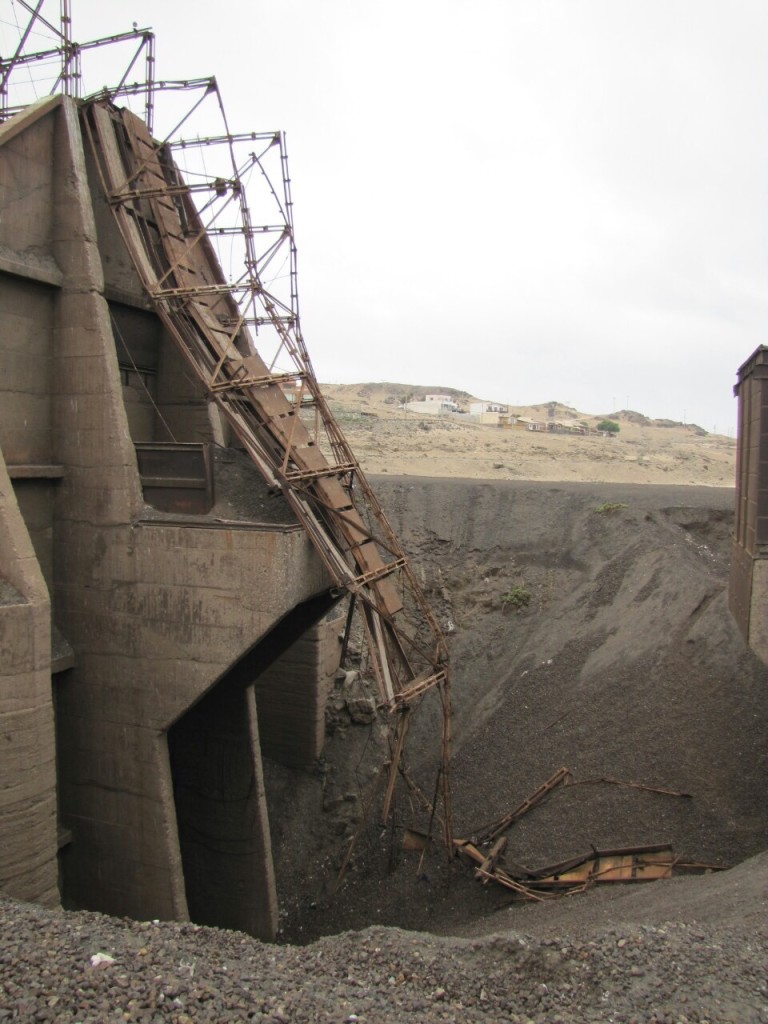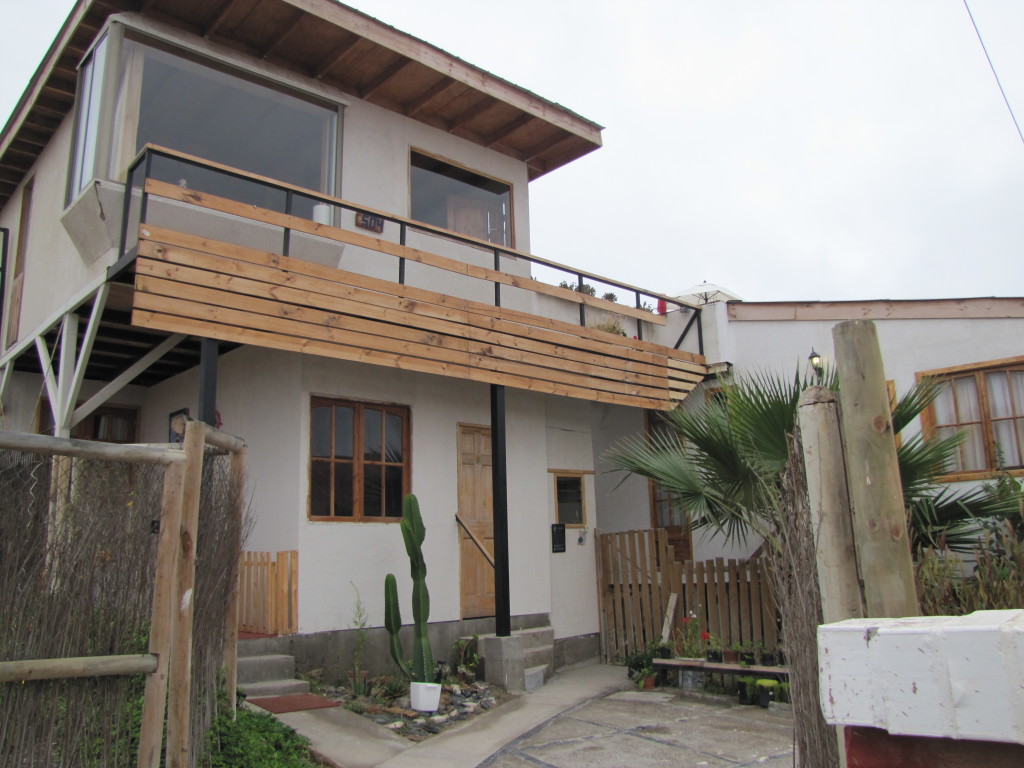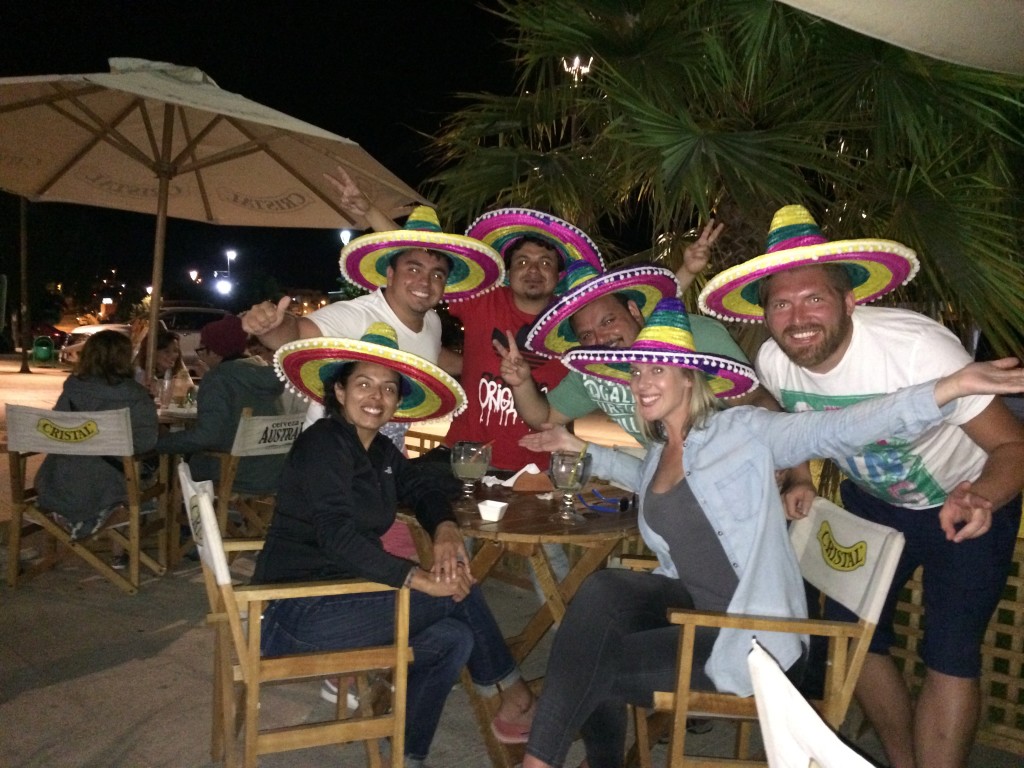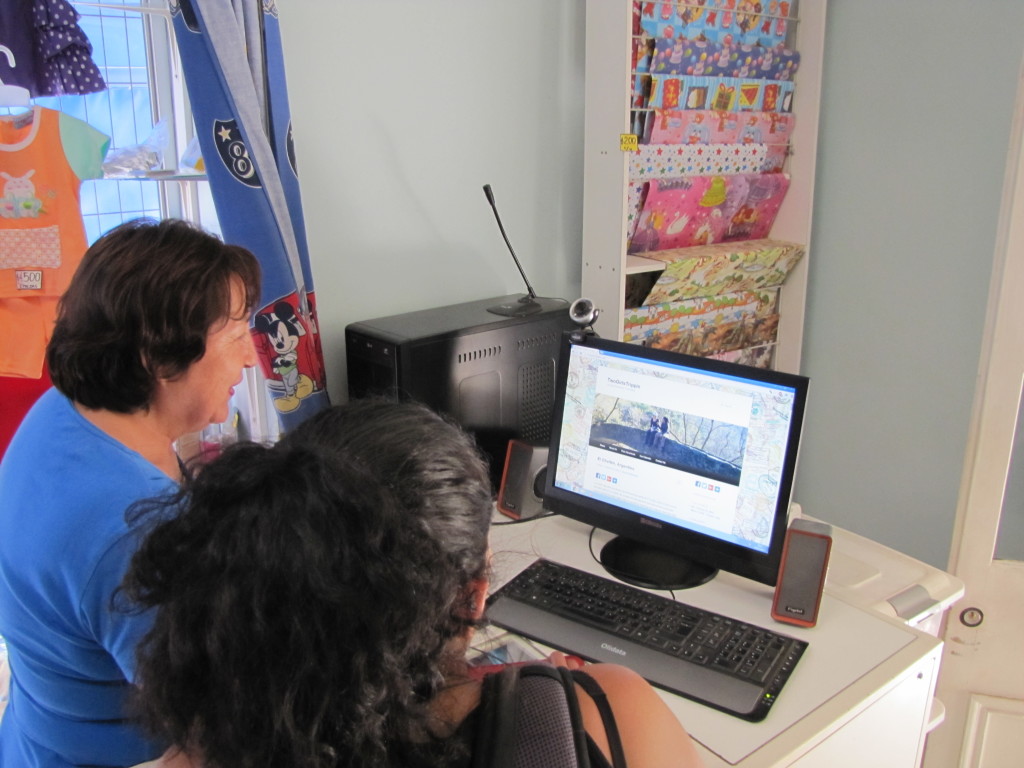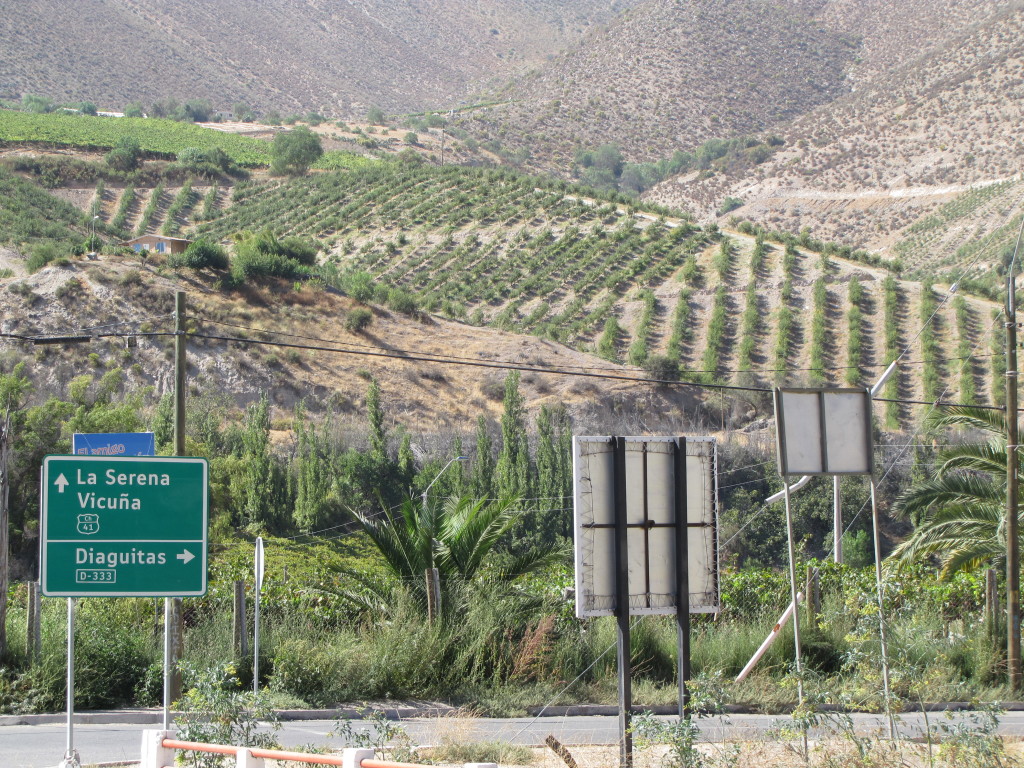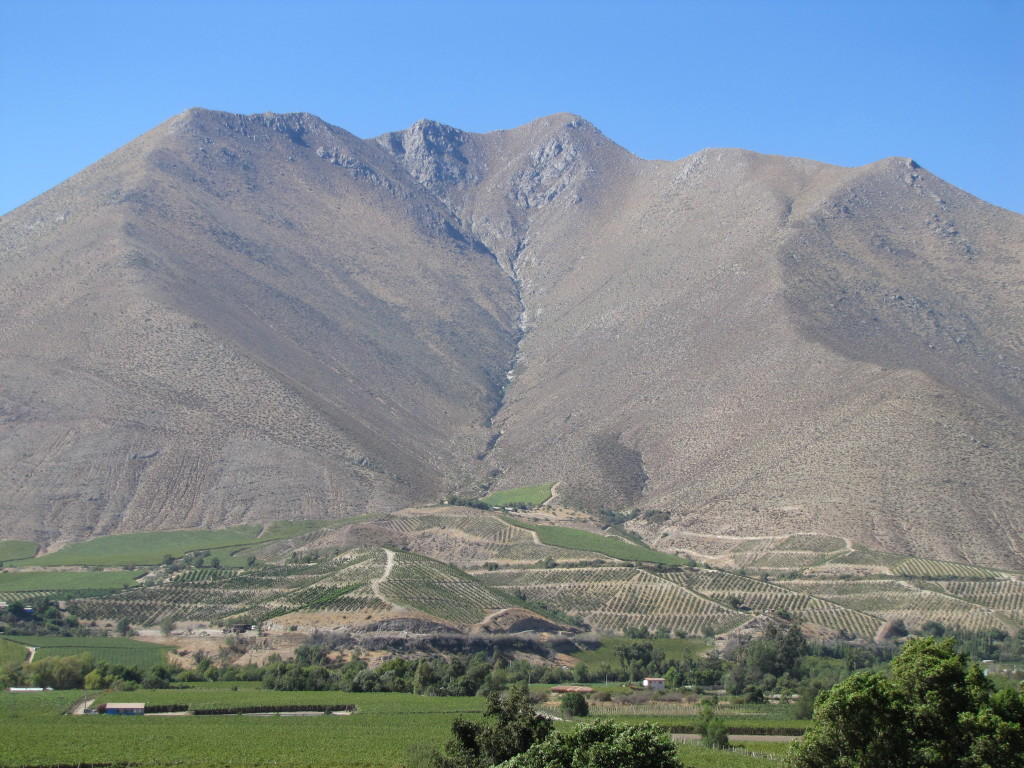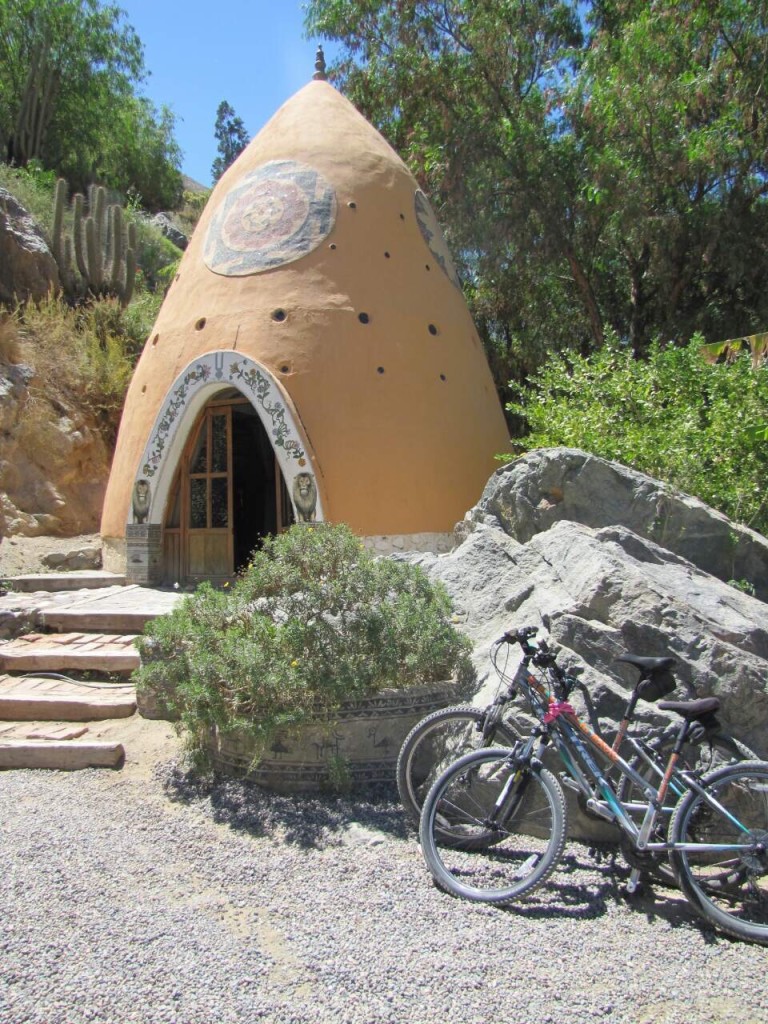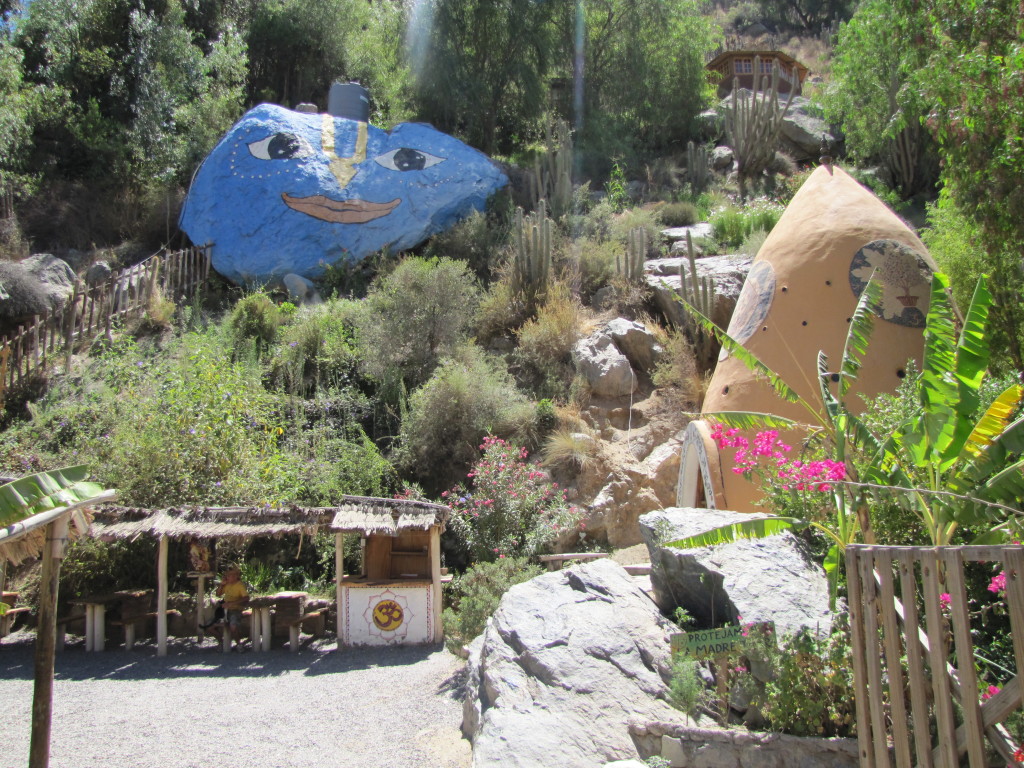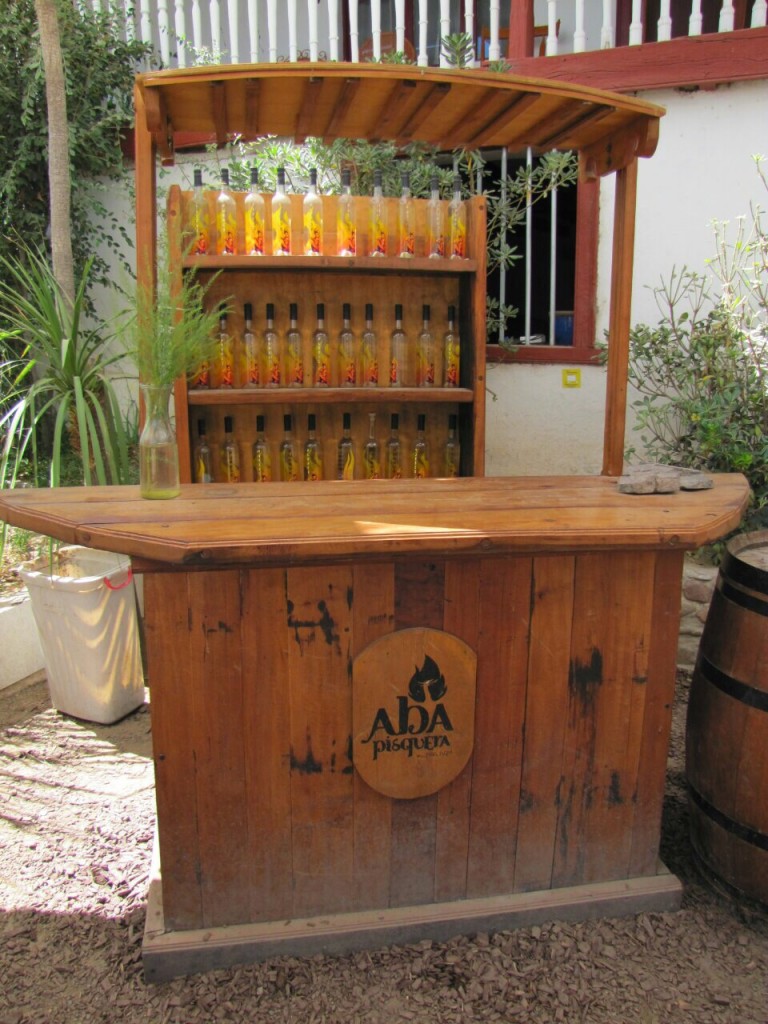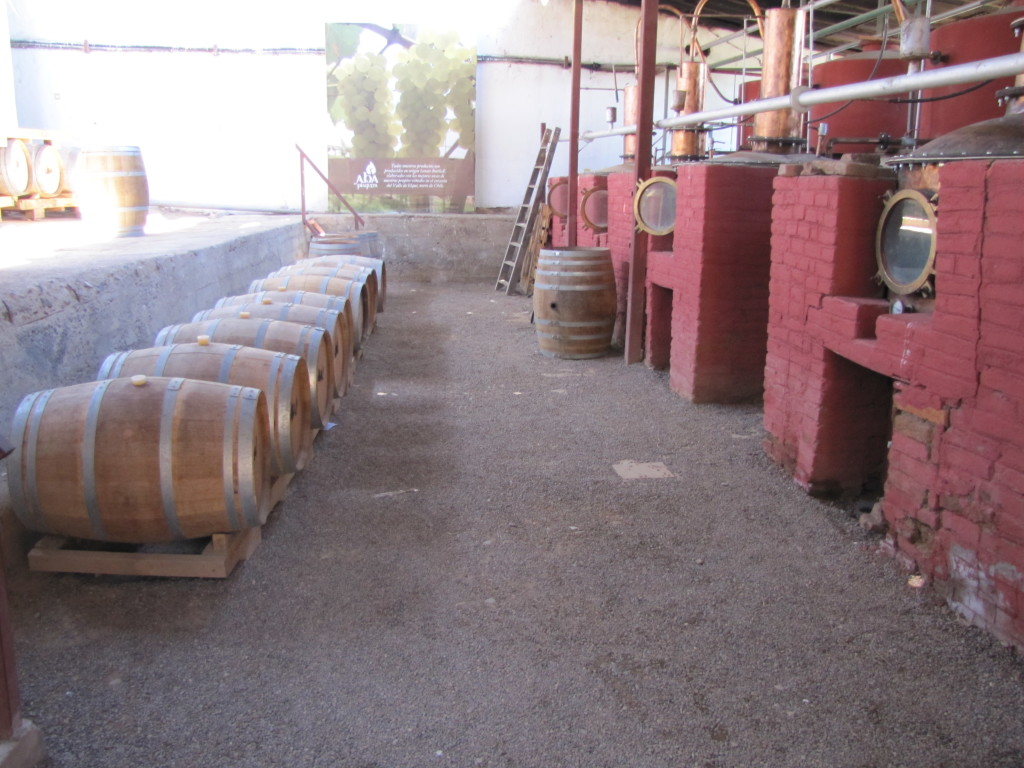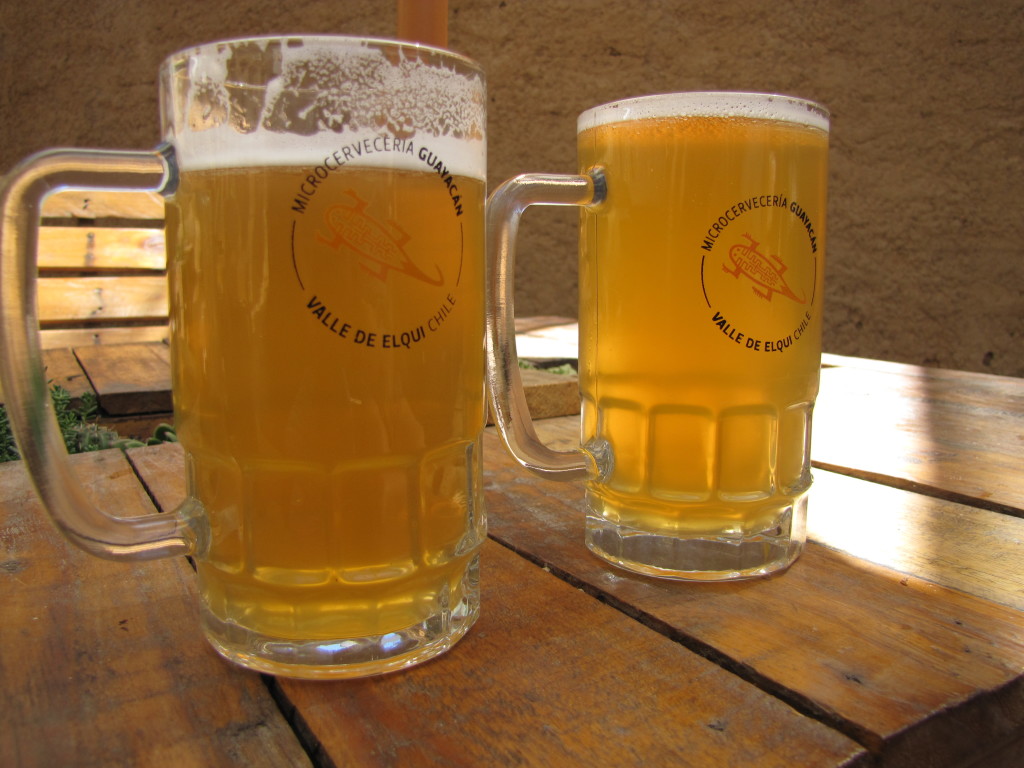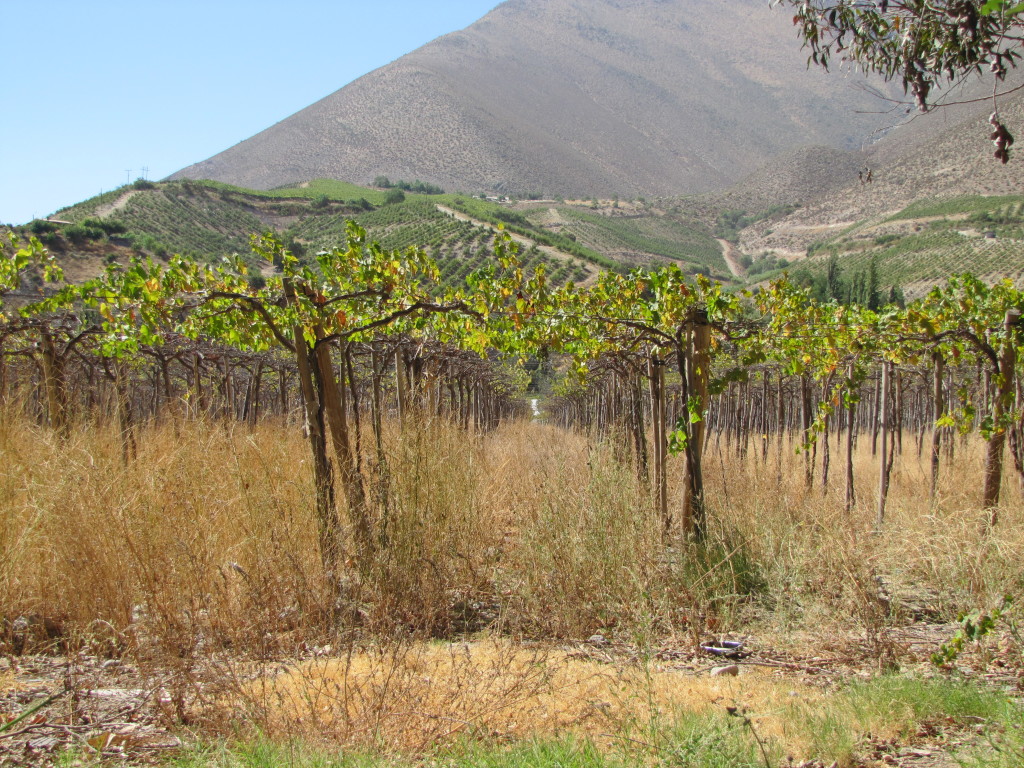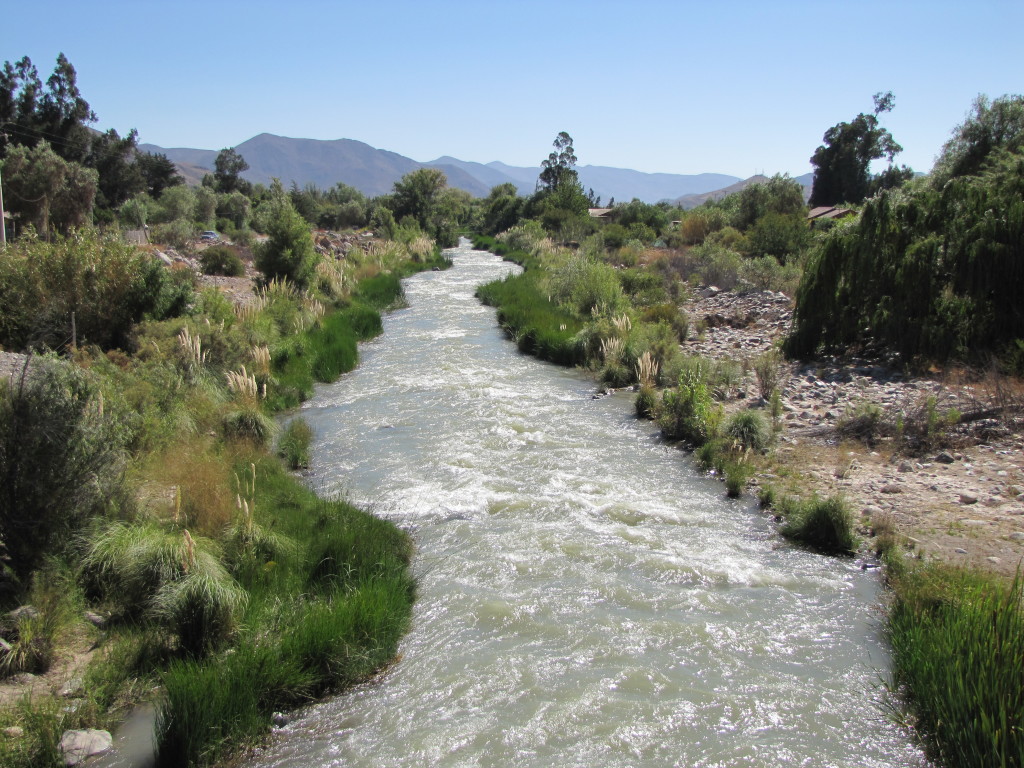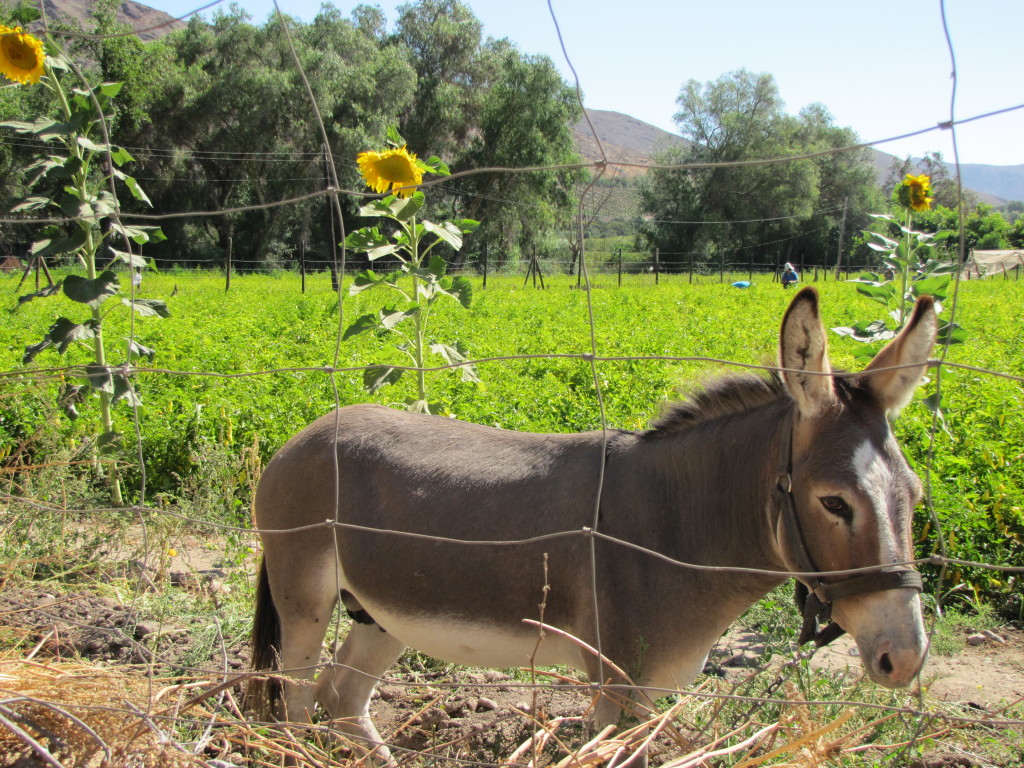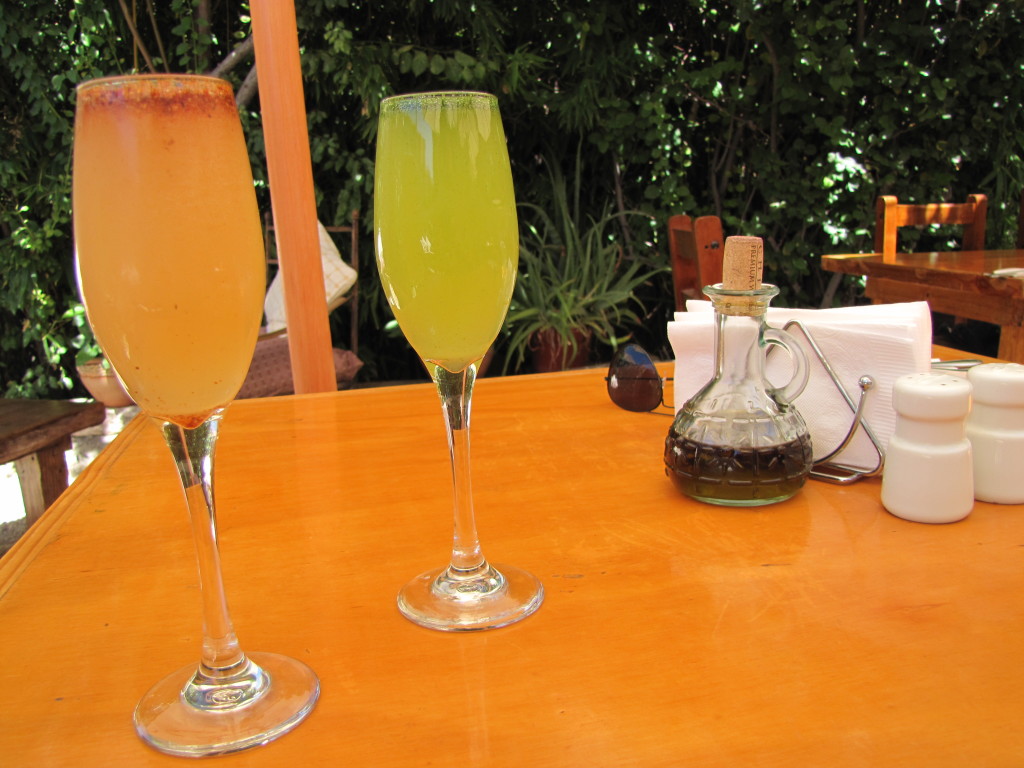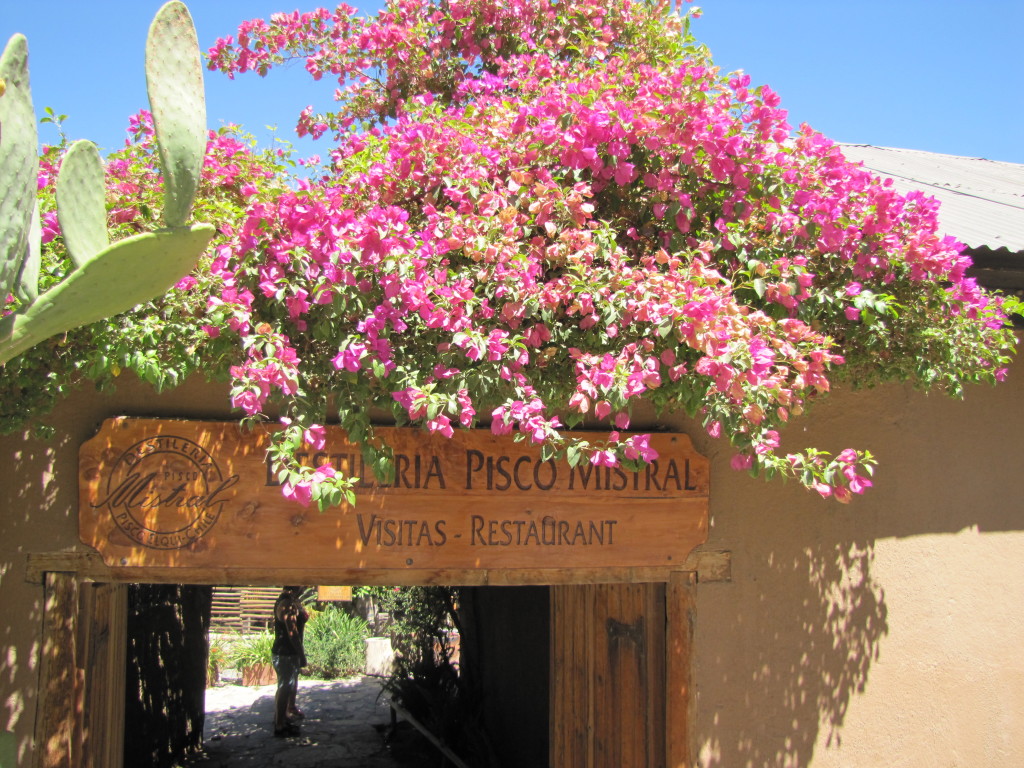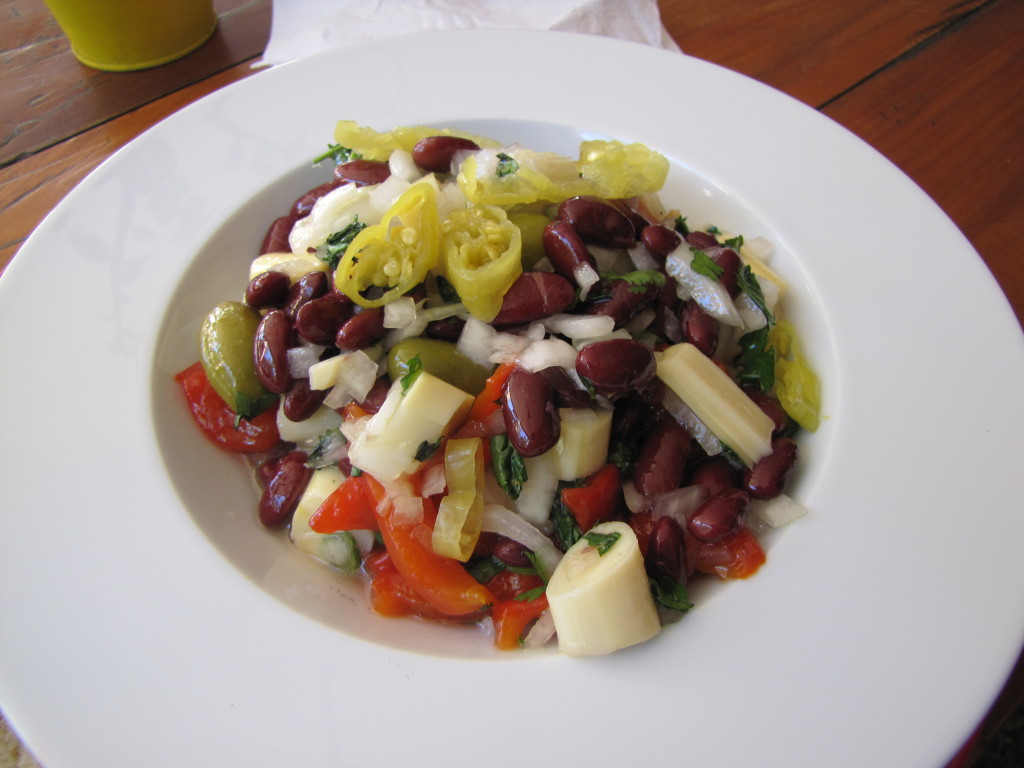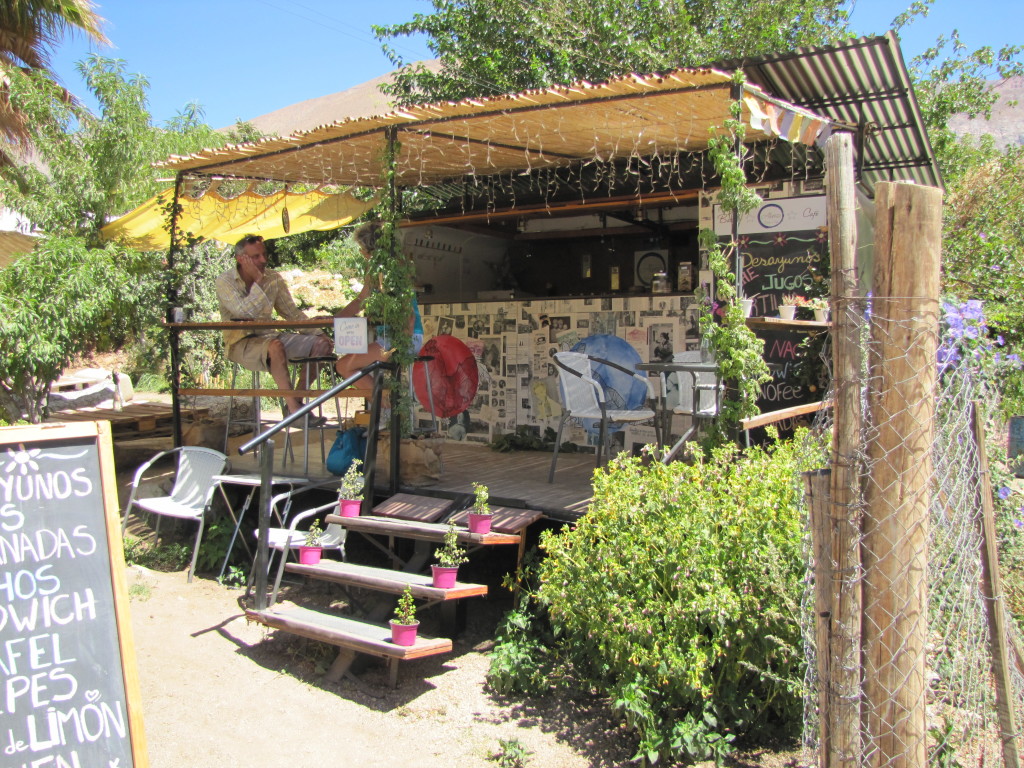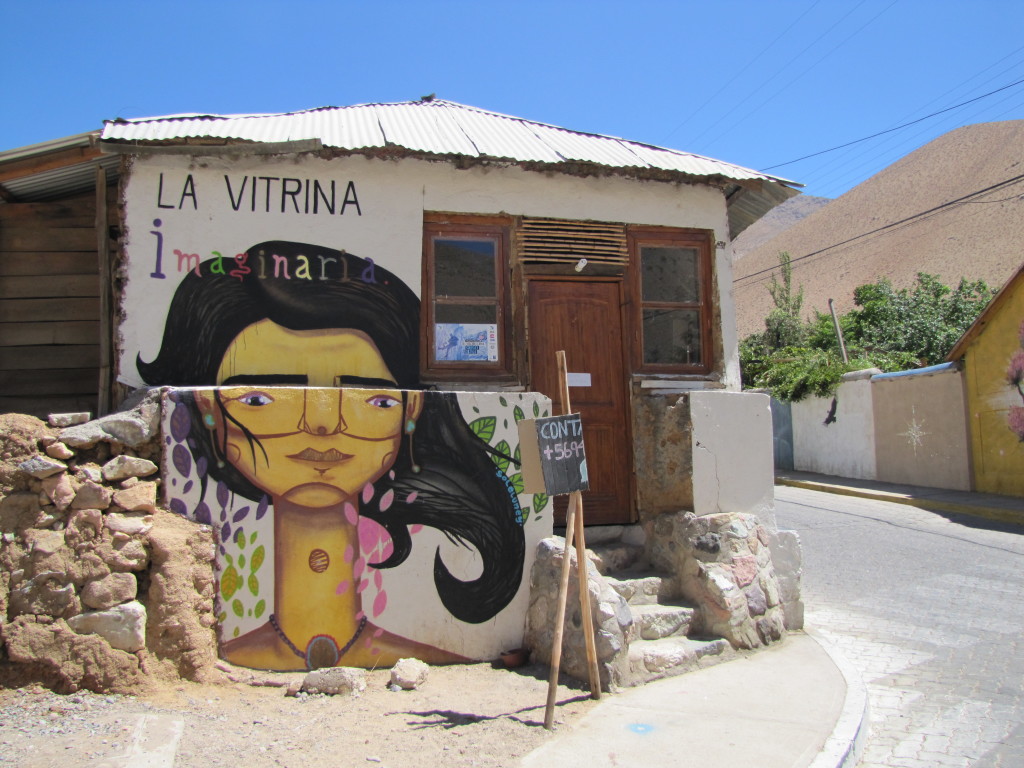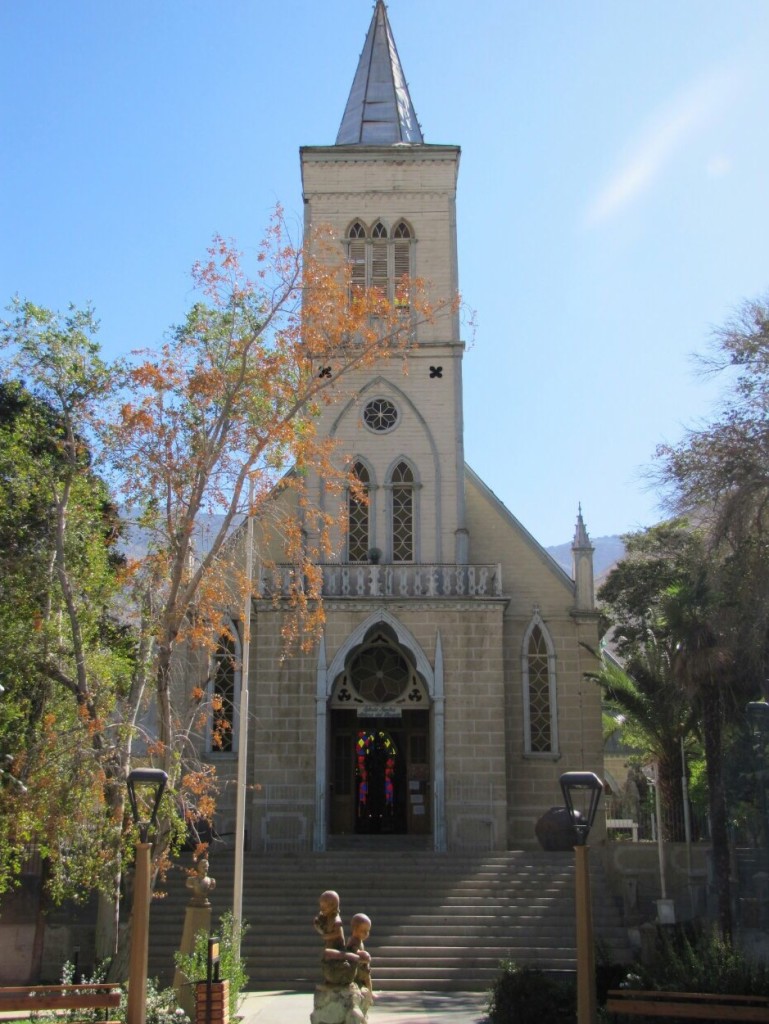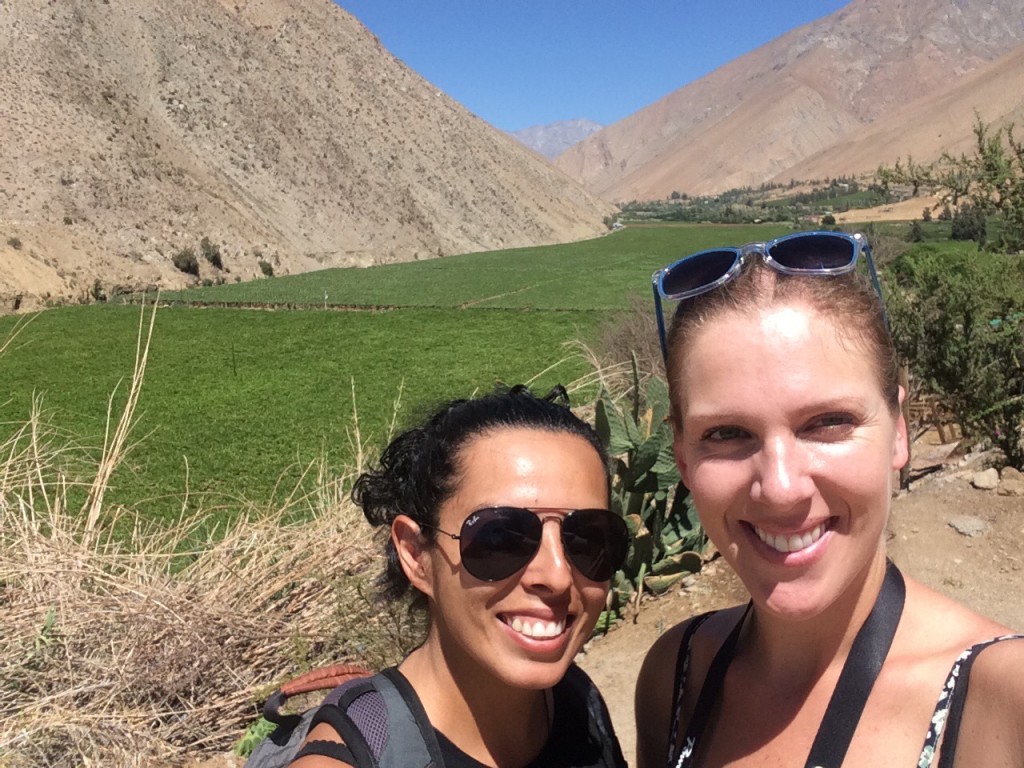Take a walk with us through Valparaíso and you could WIN your very own walking tour! Continue reading to find out how…
During our time in Santiago, we heard it was worthwhile to visit a couple of coastal towns just west of where we were staying – Valparaíso and Viña del Mar, where a well-known music festival is held annually. We didn’t actually see the festival because there were plenty of other things to do and see around town.
Valparaíso, the now colorful, artsy, bohemian city of Chile used to be a thriving port town until they opened the Panama Canal in 1950, killing the economy. It also became a place where the famous poet, Pablo Neruda, while overlooking the ocean from his bedroom window, wrote many of his well known poems. For his impact on the literary world, he was honored with the Nobel Prize for Literature in 1971. Cerro Florida (Florida Hill) in Valparaíso is where he has one of three homes, La Sebastiana, which is now a museum.
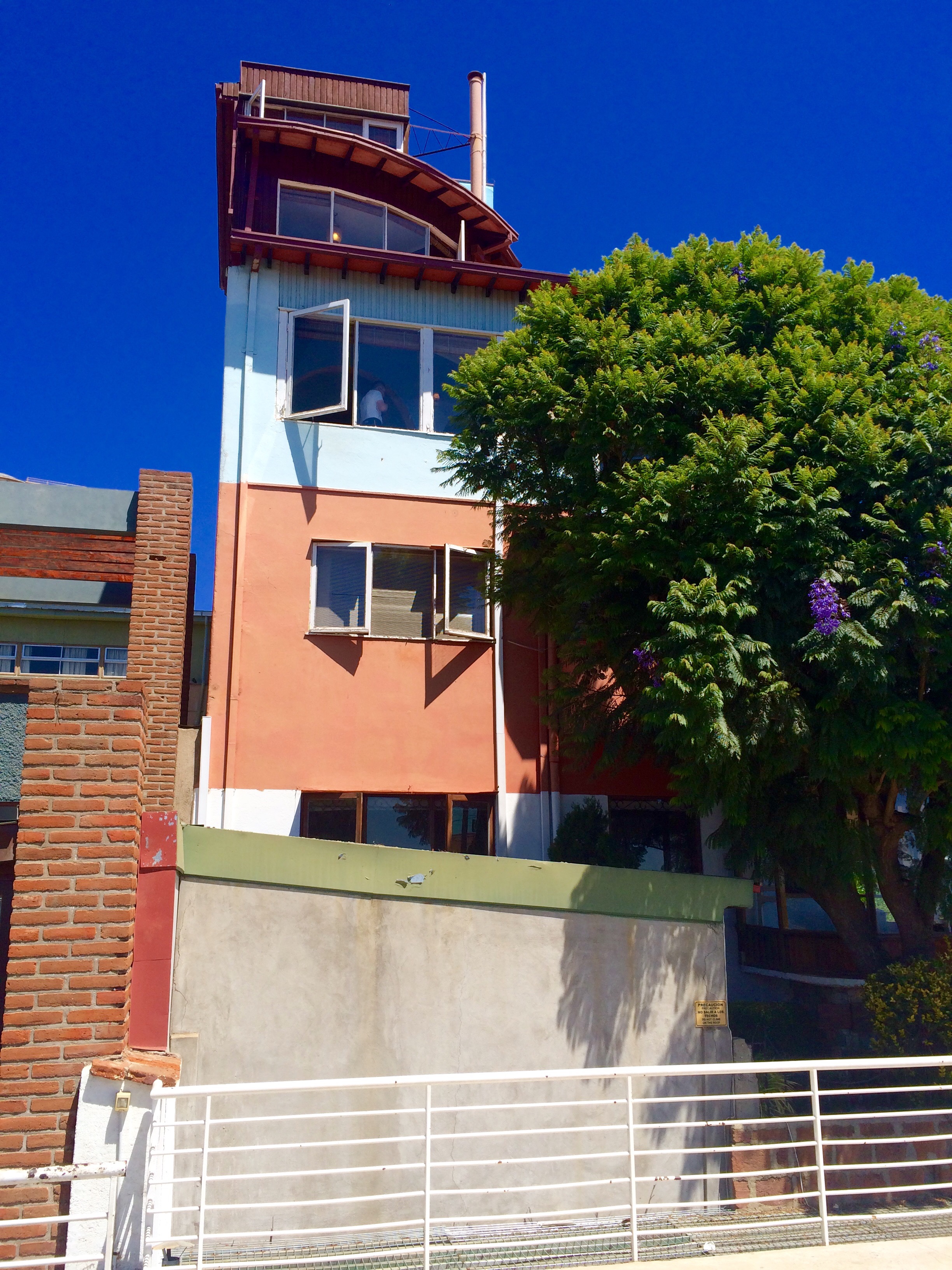
Pablo Neruda’s House in Valparaíso
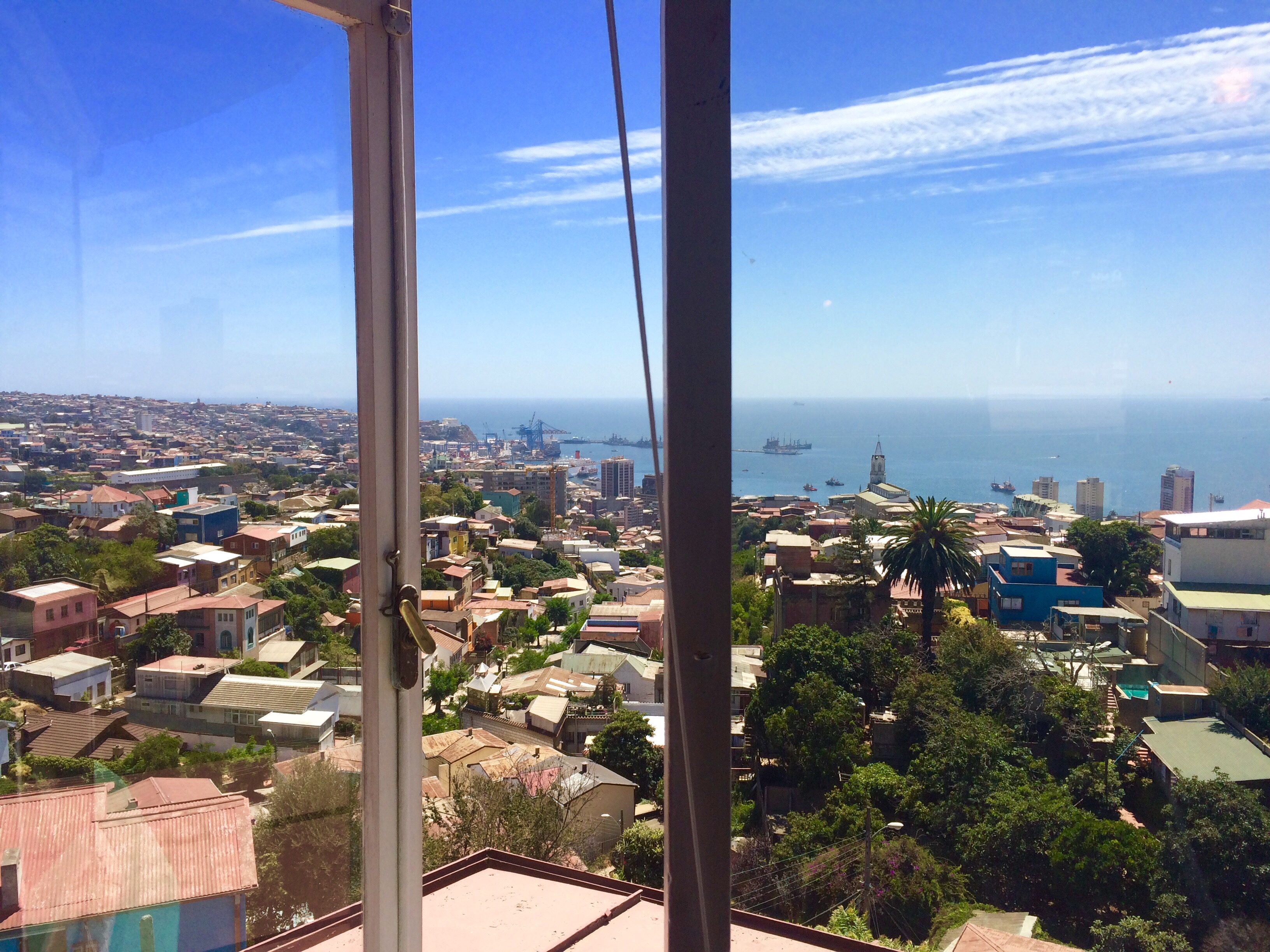
View from Pablo Neruda’s bedroom window
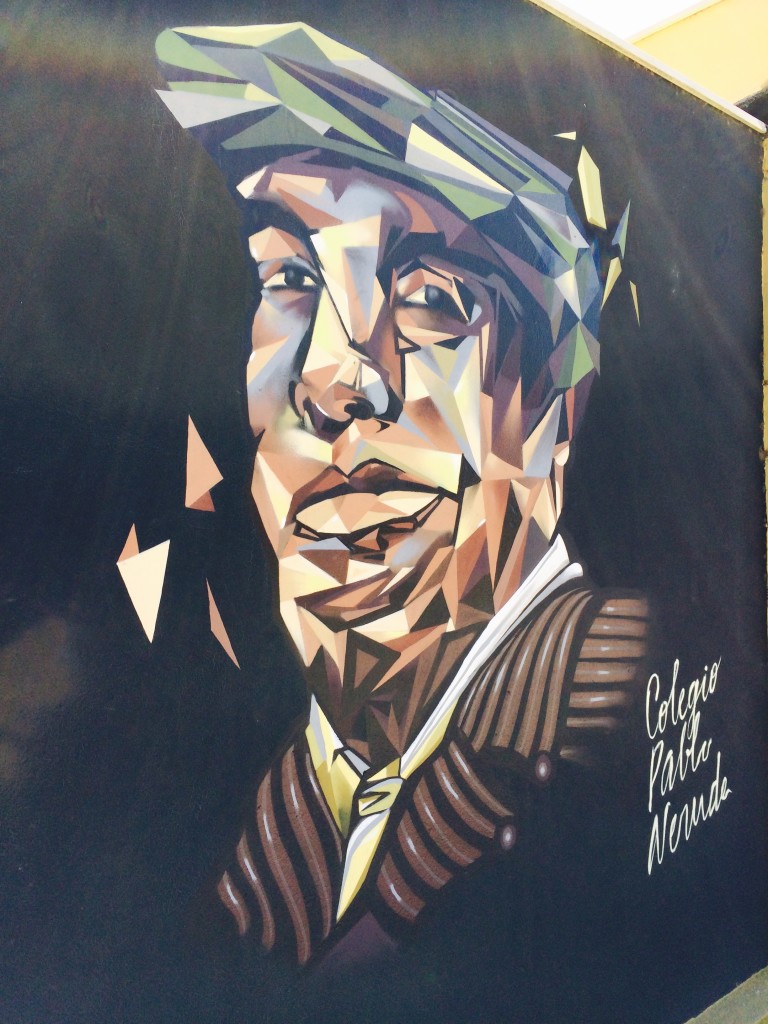
Wall painting near the Pablo Neruda museum
Although we’re typically not super excited about museums, we took a tour of the house since it was listed as one of the top things to do. From the moment we walked in, we were absolutely engrossed – the architecture, colors, collectibles, furniture, artwork, portraits – everything was so unique and full of character. As we listened to the handheld audio device, we wandered from room to room, floor to floor, it felt as though we had traveled back in time and could feel his presence. Unfortunately we were not able to capture any of these images because it was against the rules to take pictures of anything inside the house.
The next item on our agenda was a free walking tour of one of the main sections of Valparaíso. Our group of about 20 followed our guide through the vibrantly painted streets. The variety of street art ranged from simple scribbled graffiti to fully commissioned building-sized murals. Every corner we took, there was another piece waiting to be discovered. To keep their homes from getting “unwelcome decorations”, many homeowners have given some artists permission to create beautiful murals on their walls.
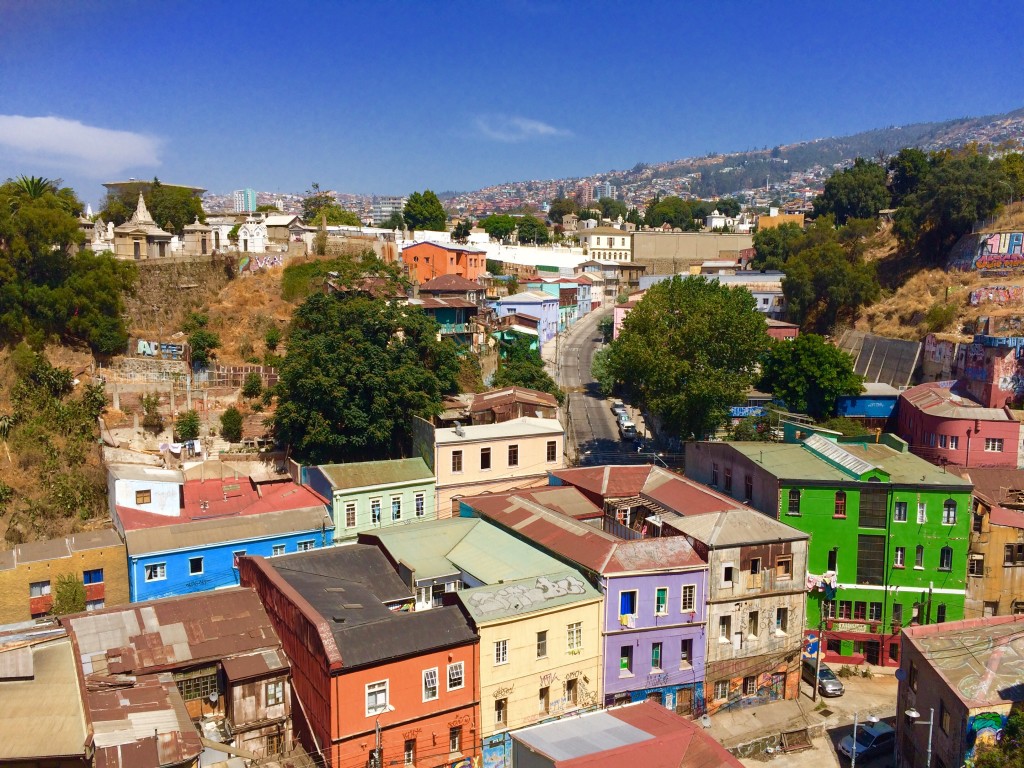
More vibrant views, the city’s three cemeteries are in the distance
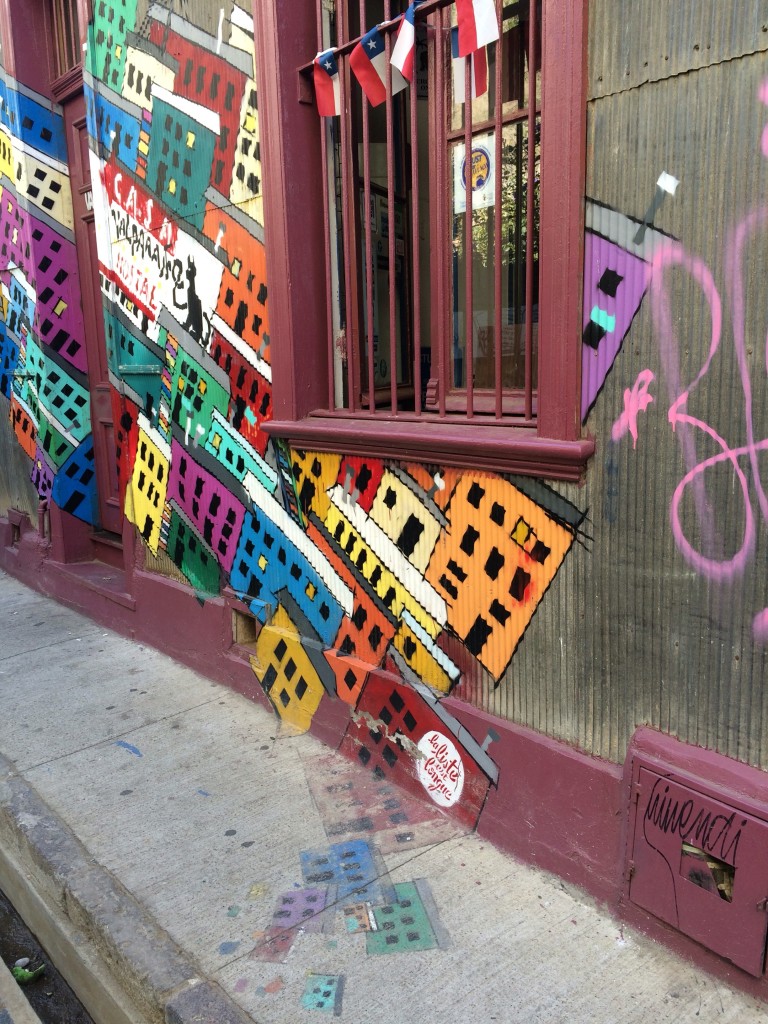
Art literally spilling into the street
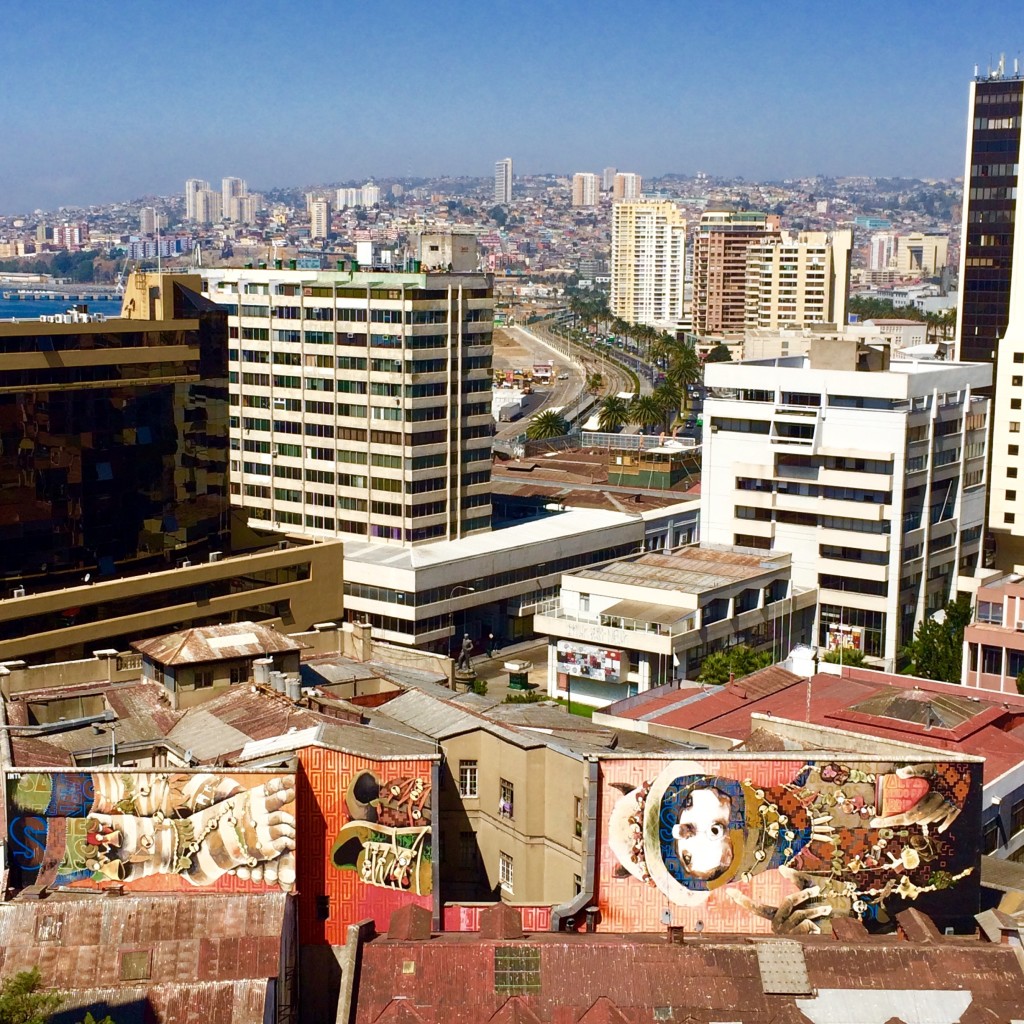
Mural spanning several buildings by street artist Inti
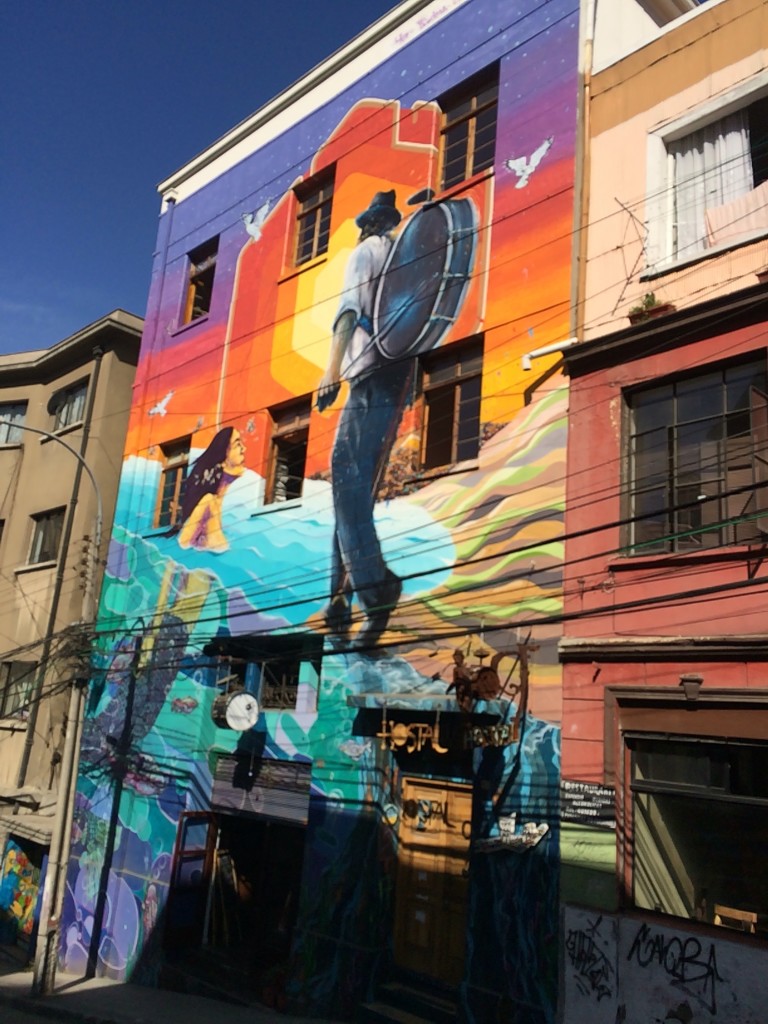
This hostel was named Chinchinero, which is a Chilean street performer
The city is full of small passageways, multicolored staircases and narrow streets. Some have said, it is not a city to be seen, it is a city to discover.
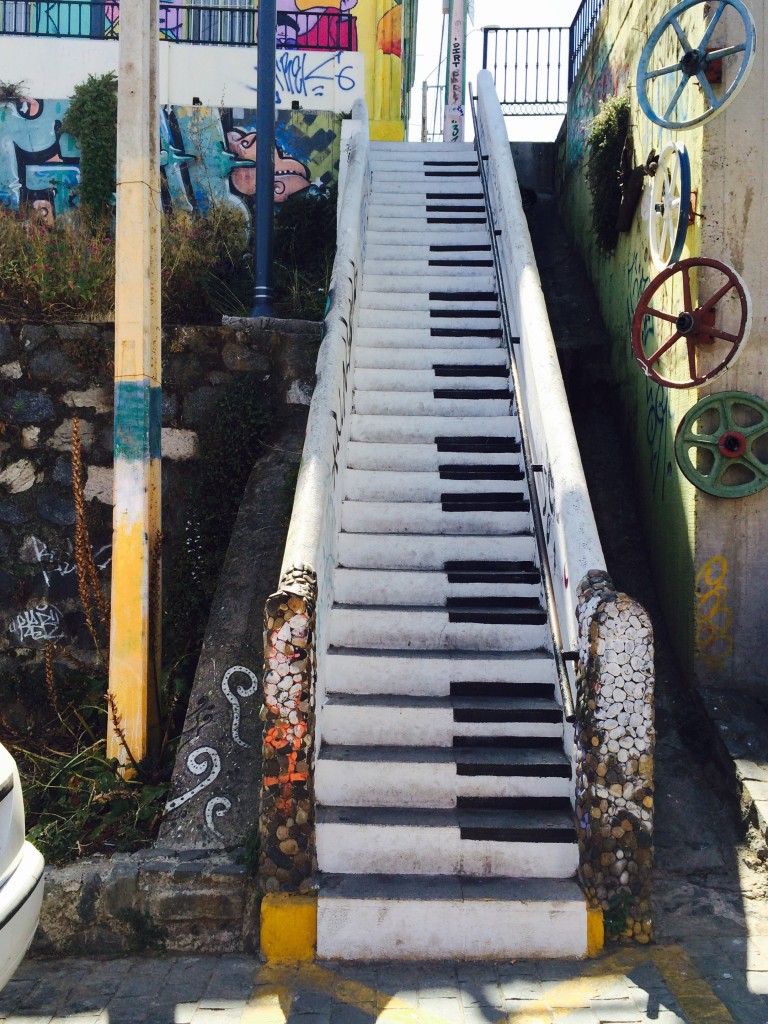
Piano staircase
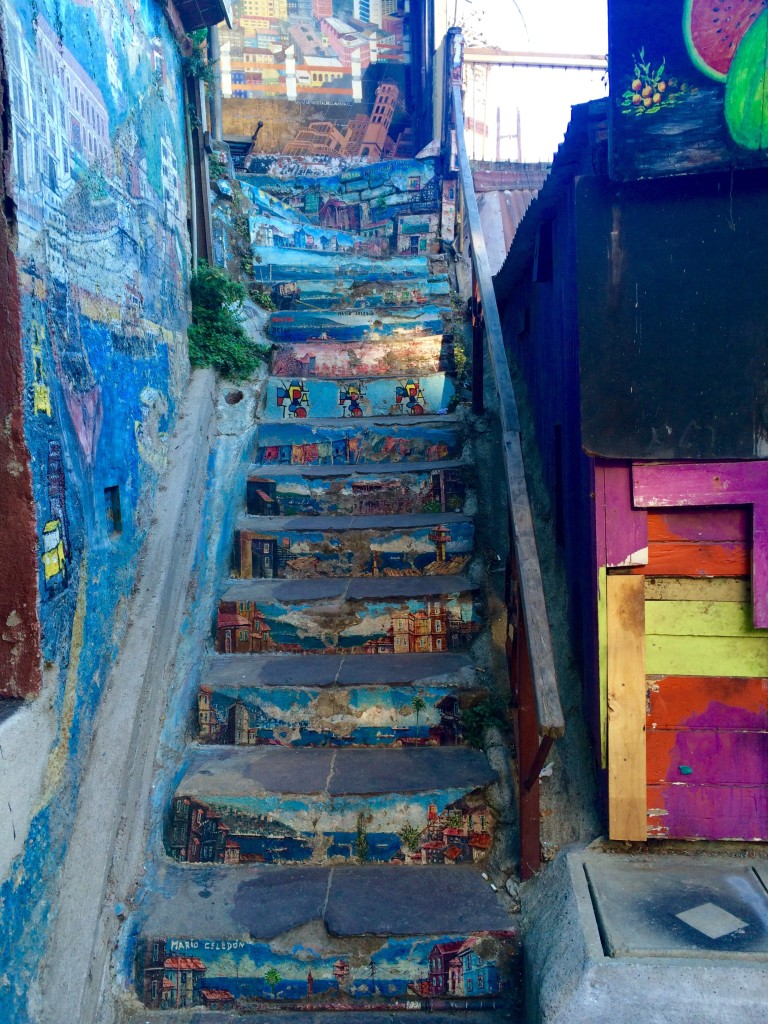
Intricately detailed stair artwork
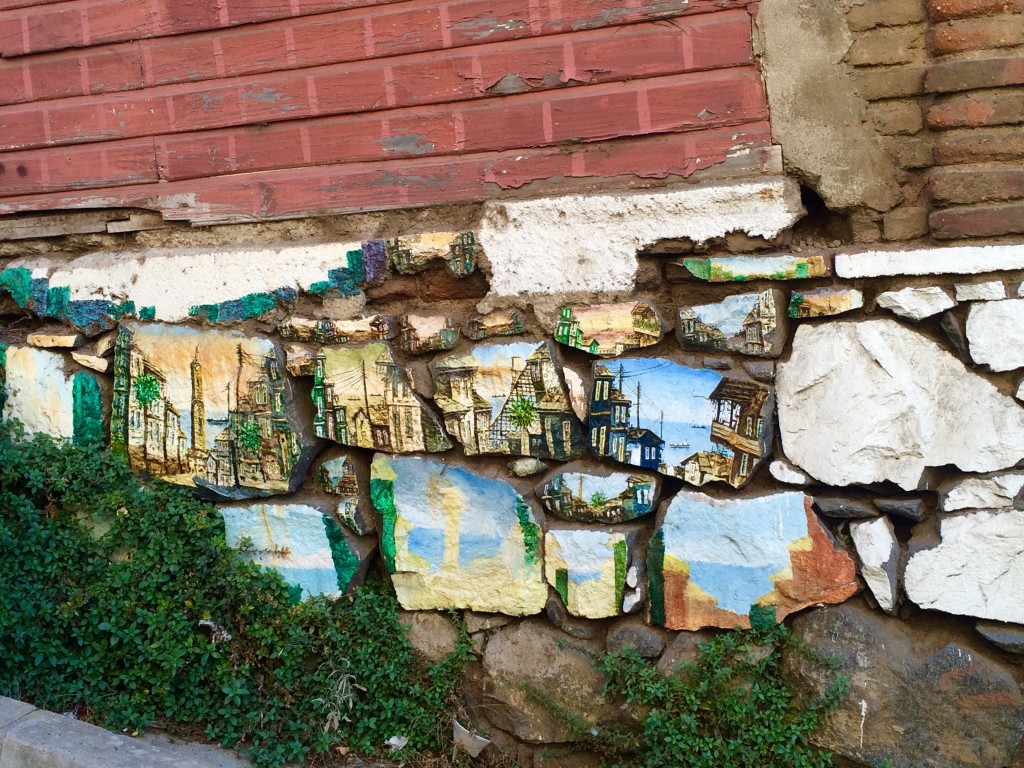
This crumbling wall art was so fun to look at!
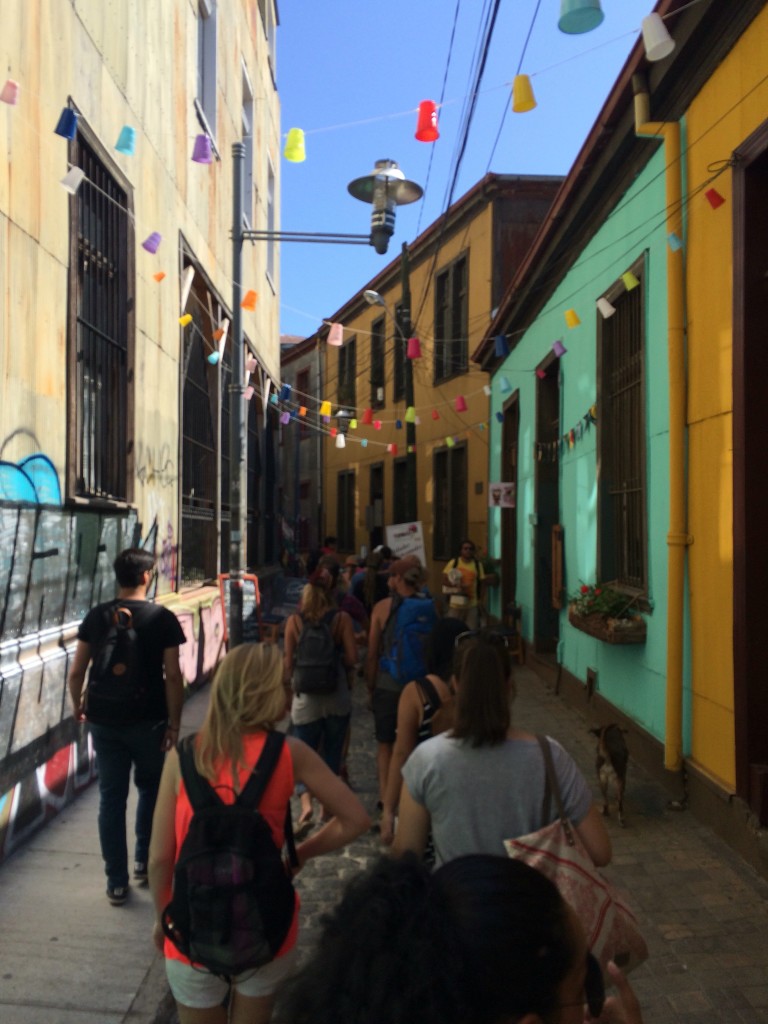
Strolling along the streets of Valparaiso during our walking tour
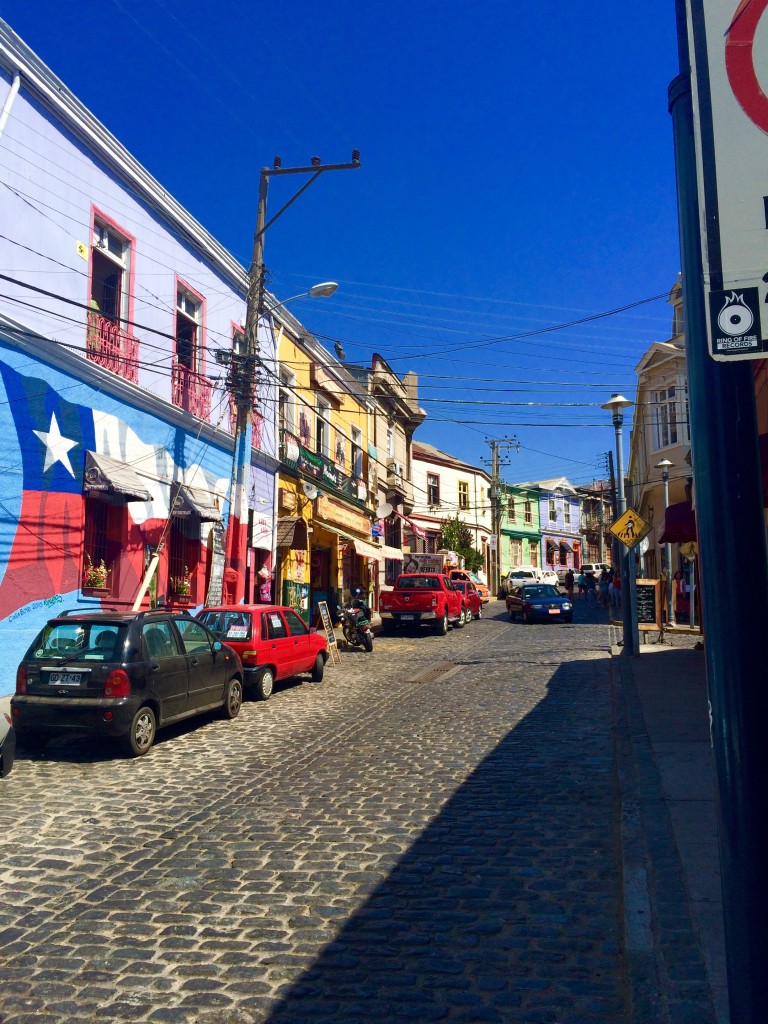
Chilean flag mural
During the tour, we saw homes that were burned, crumbling and falling apart for different reasons. Because it is a UNESCO World Heritage Site, the city of Valparaíso must protect what are called patrimonial homes. These homes are not allowed to be torn down, even if already partially destroyed due to earthquakes, fires, etc. They can only be remodeled or refurbished from the inside. The facade cannot be changed whatsoever! The homes end up staying in these run down states due to the unaffordable expenses it would take to restore them. Interesting!
One of the most noticeable things about this city is that it is mainly made up of hills, 42 to be exact. For many people, climbing up these hills to get to their homes can become tiresome. Many take the peculiar looking elevators, known as funiculars that were built in the late 19th and early 20th century. Some of them, now using electricity instead of a water scales system or steam engine to function, are still used today. We braved a couple of the rickety looking contraptions and enjoyed the beautiful panoramic views they offered.
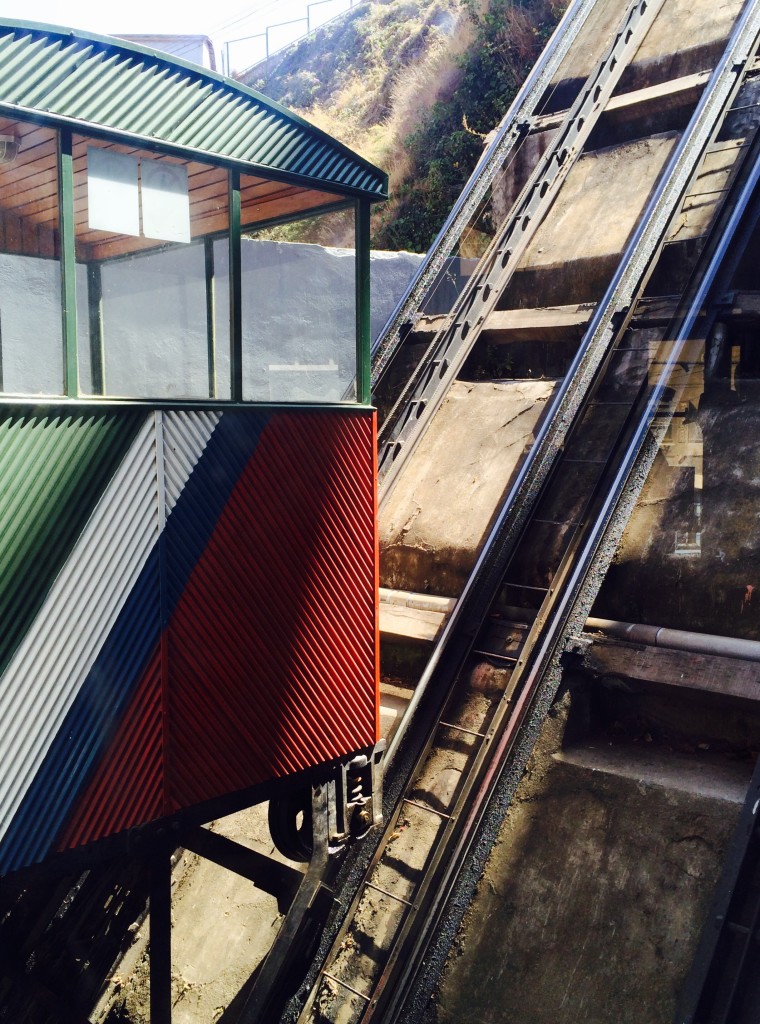
The first funicular (ascensor) we took was the Reina Victoria
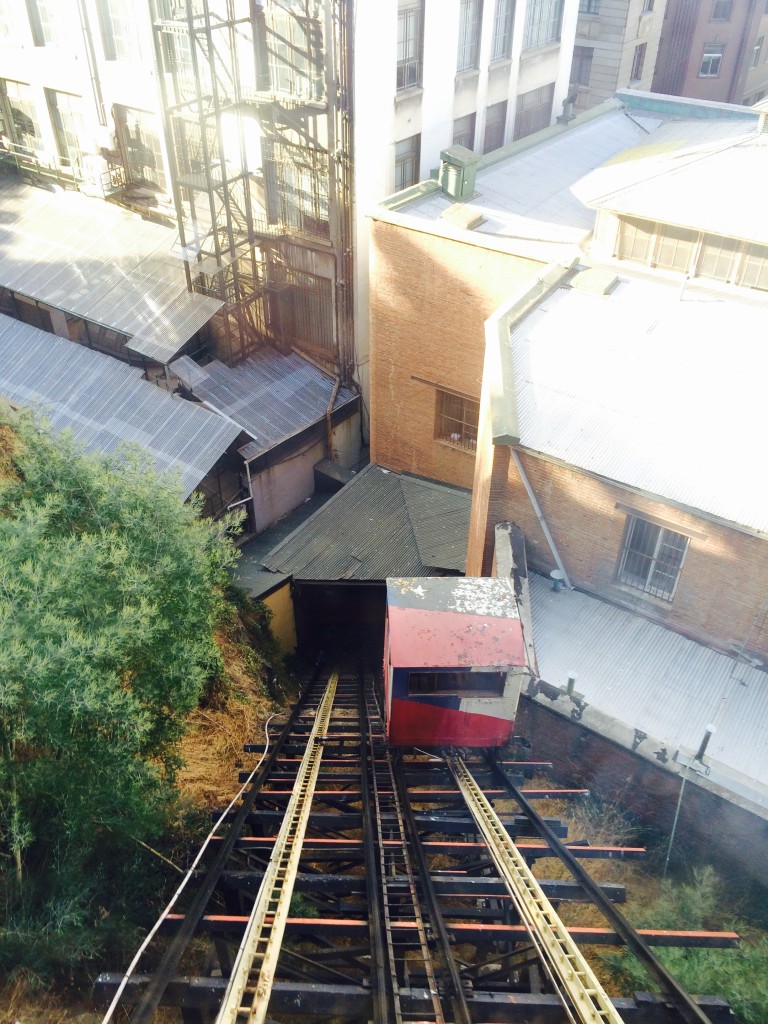
Ascensor Concepción
Some of the homes had a nautical theme to them and were built to look like ships. They had a triangular shape, like the bow of a ship, and round windows resembling portholes. One home, the most famous one in Valparaíso, is well known for that look and has been nicknamed the “cruise ship house”.
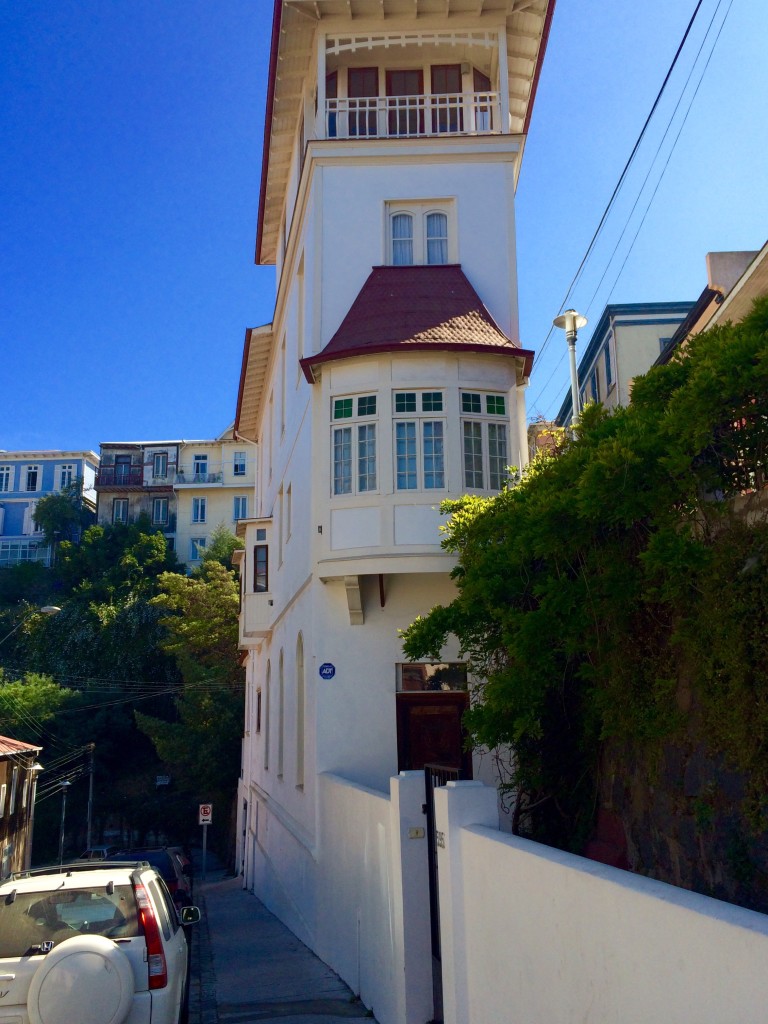
The famous cruise ship house
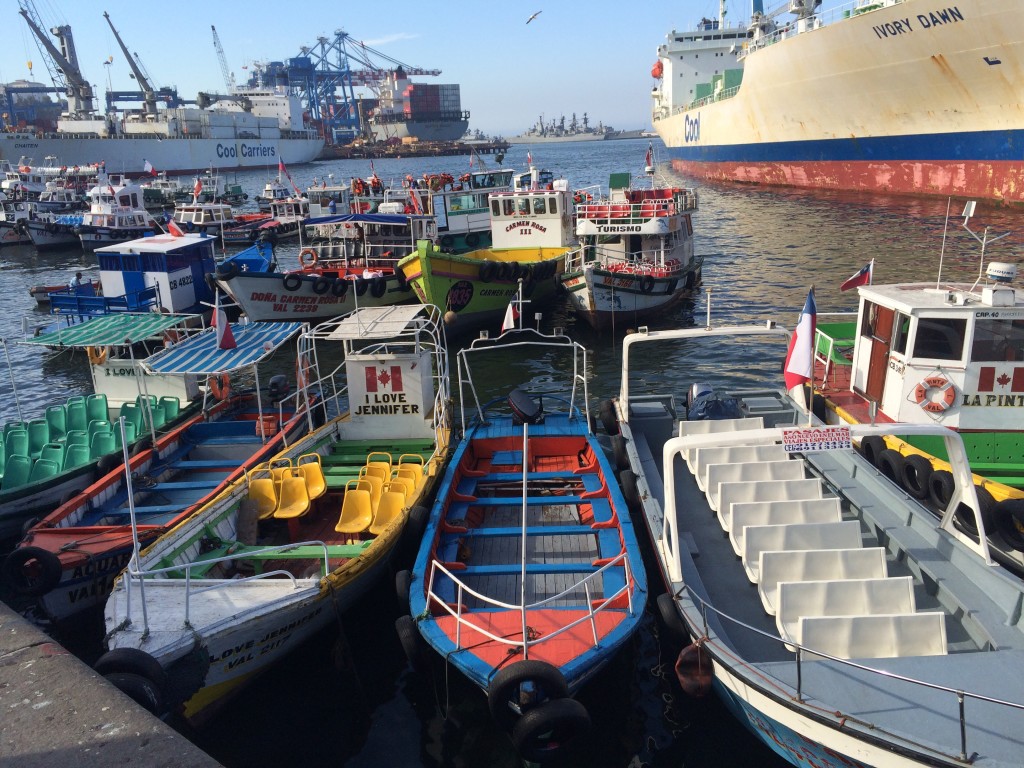
Port of Valparaiso. Can you see the hidden message?!
We discovered so many little gems while walking the city of Valparaíso and probably didn’t even scratch the surface. It would take months, if not years to see all of it!
The other coastal town we visited just a few metro stops north of Valparaíso was Viña del Mar. Think of it as a bit more of an “upscale” neighborhood with bigger restaurants, hotels and a huge casino!
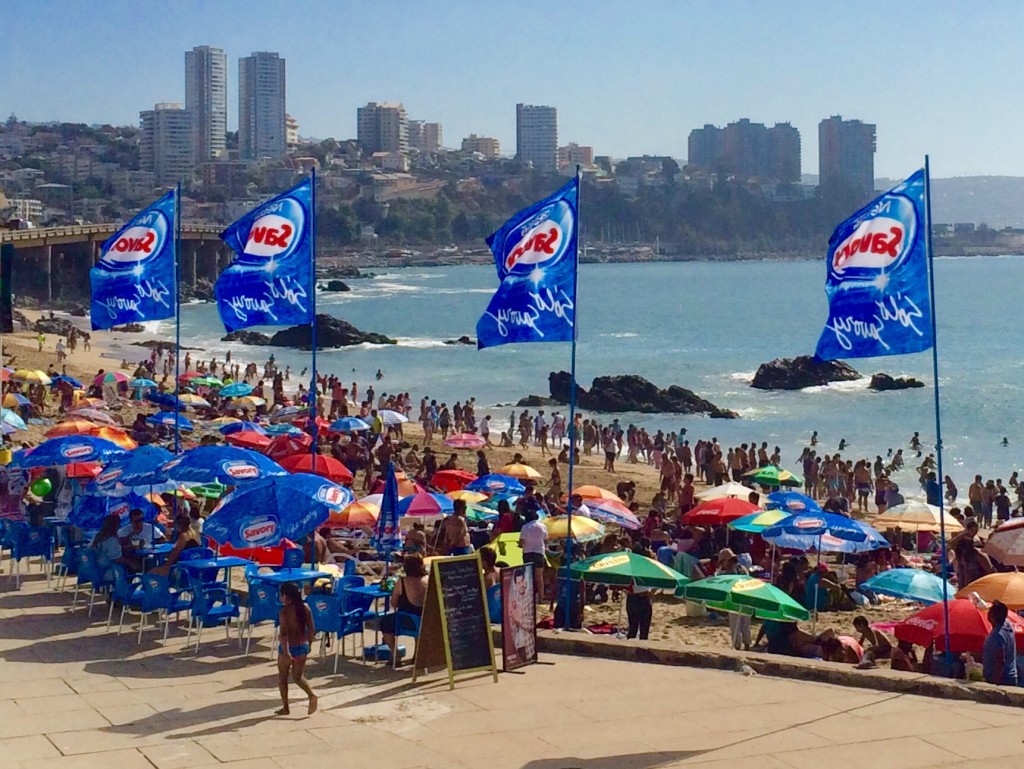
Beach in Viña del Mar
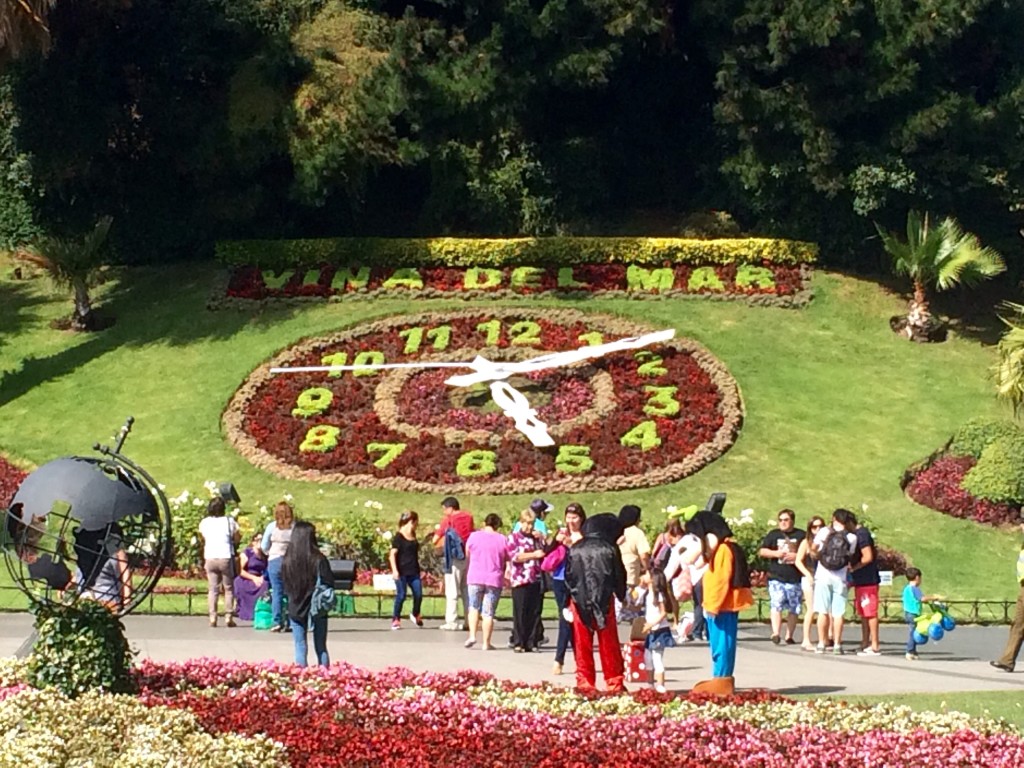
Famous clock in Viña del Mar
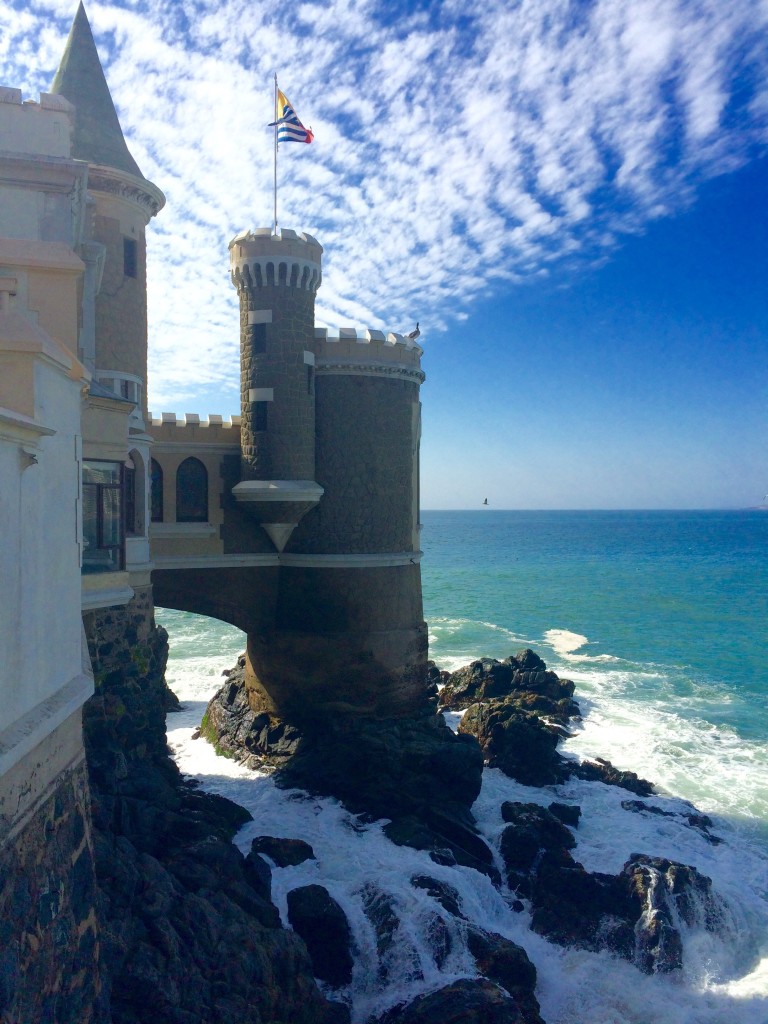
Castle on the shore in Viña del Mar
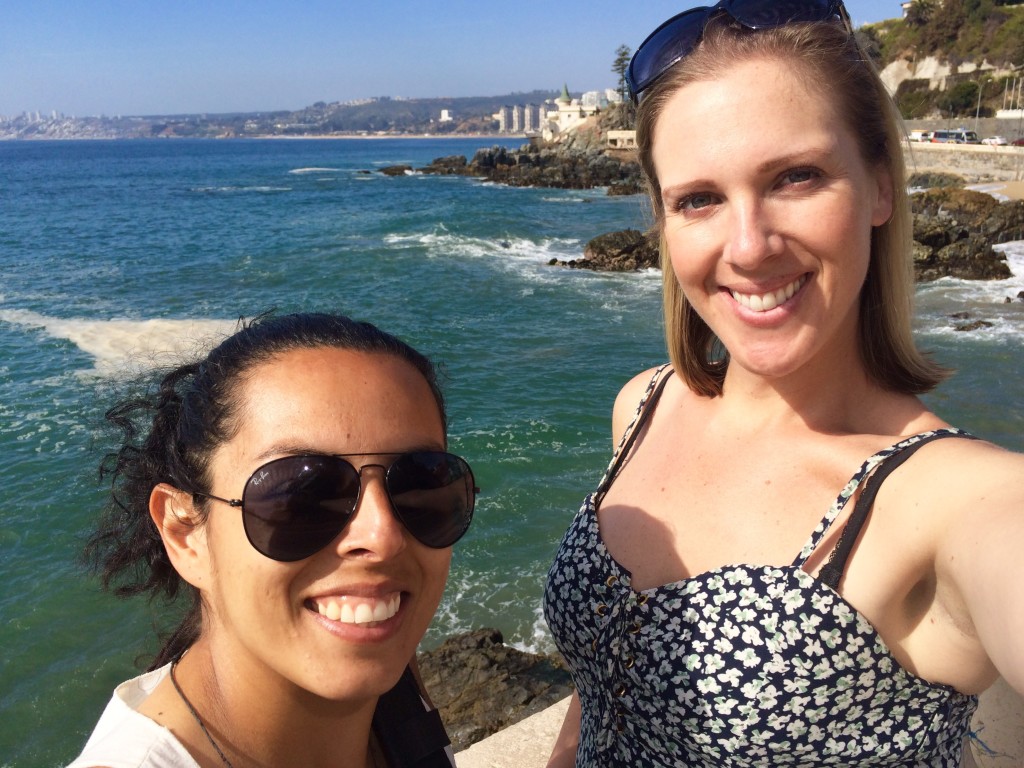
Don’t think we’d get through a whole blog post without a selfie!
We didn’t spend as much time in Viña because we were mainly there to check out the beaches, and of course eat! We ended up having one of the best salads and pizza we had ever tasted. If you’re ever in Viña del Mar, we highly recommend Diego’s Pizza. Below are some pics of our pizza and other food from this stop!
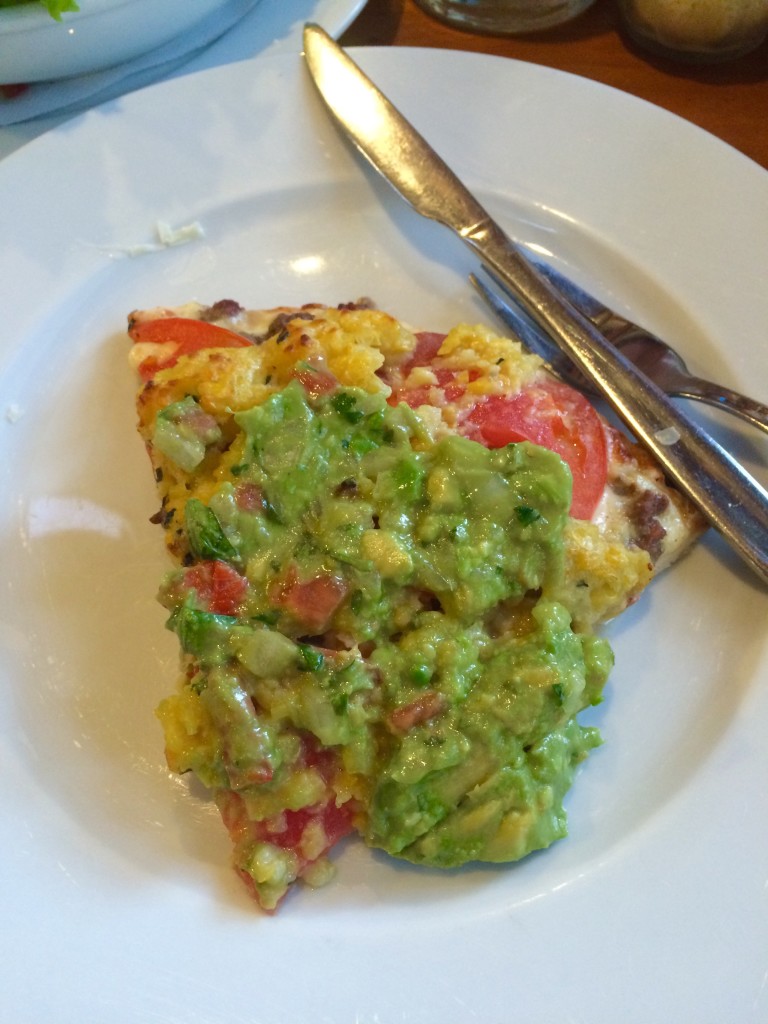
Pizza with avocado, tomato and sweet corn cake
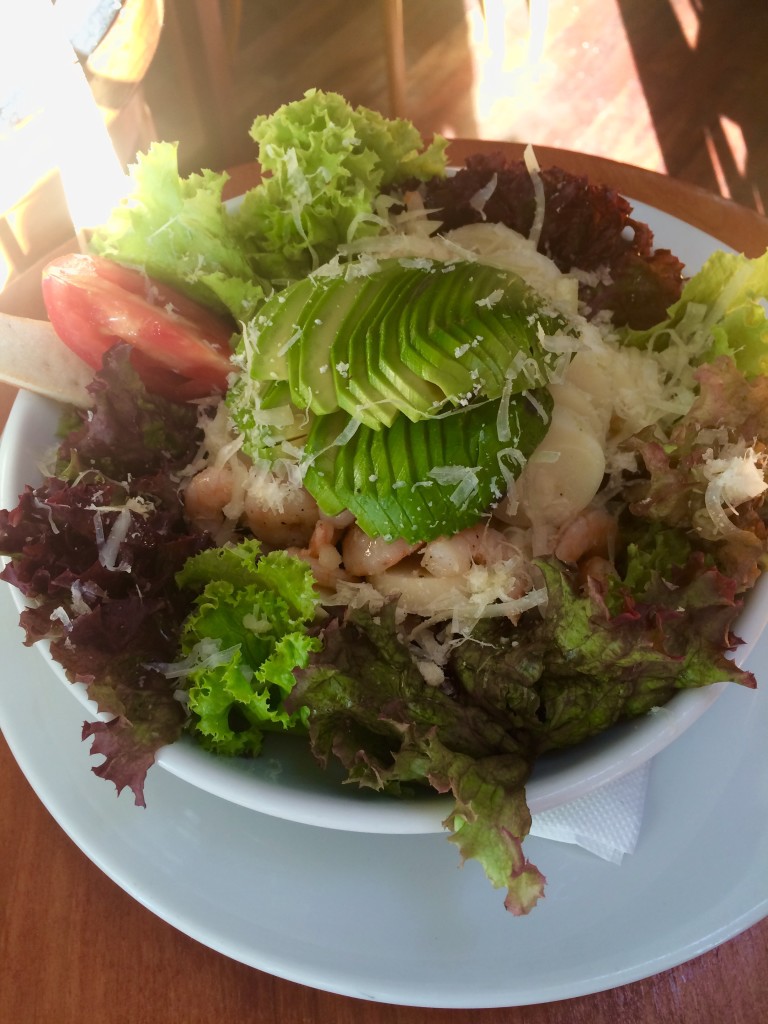
Salad with shrimp, avocado, palm hearts and grated parmesan cheese
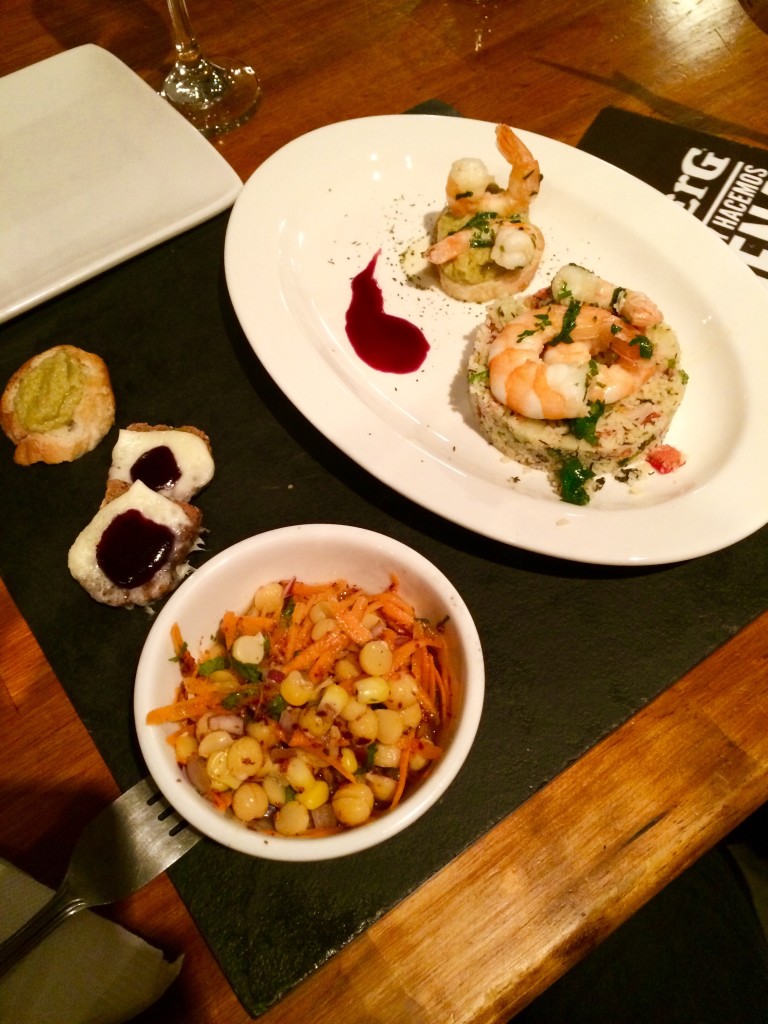
Tapas at Bar del Tio, Valparaiso
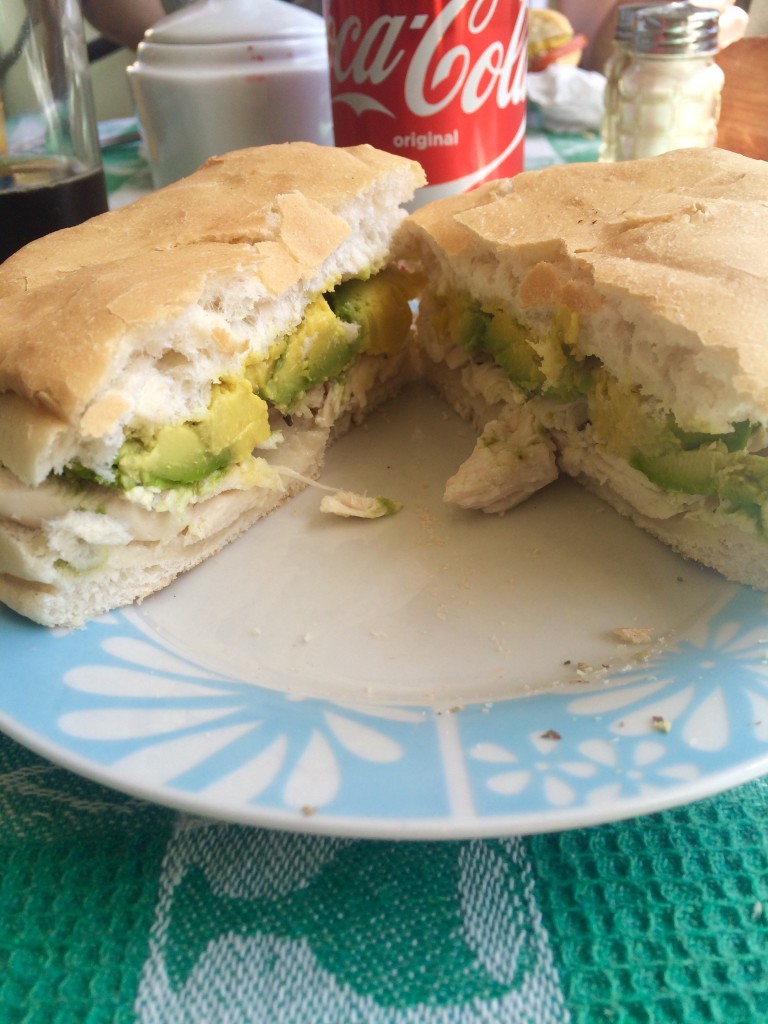
Chicken & avo sandwich before visiting Pablo Neruda’s house
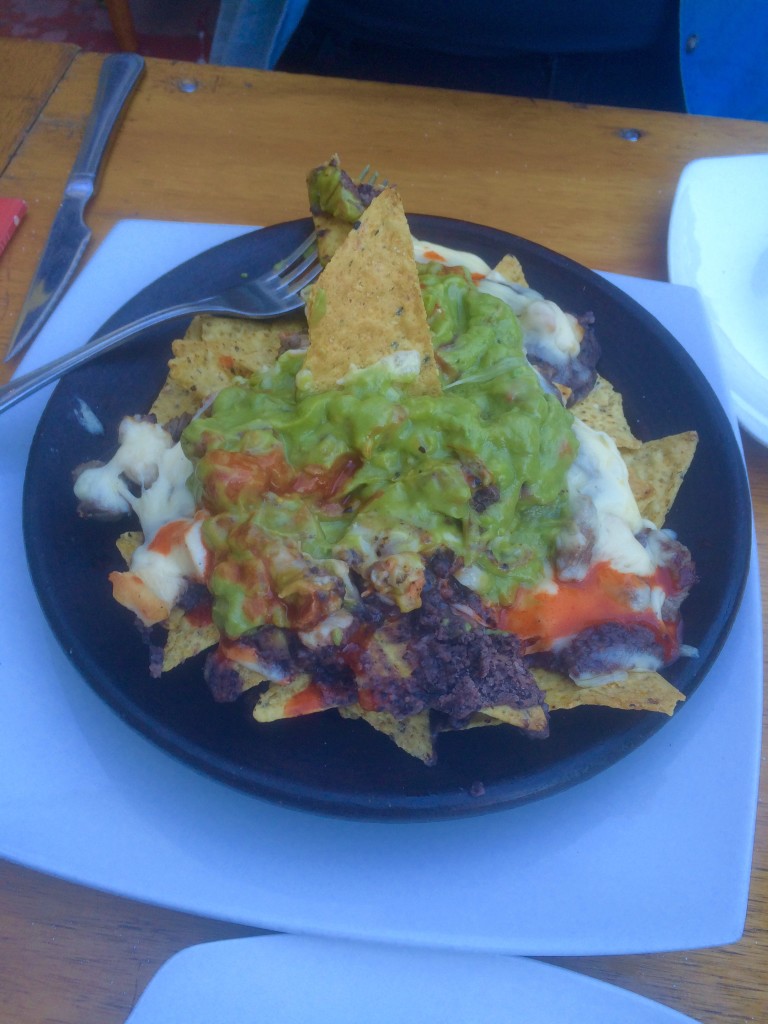
“Nachos” in Chile? Almost!
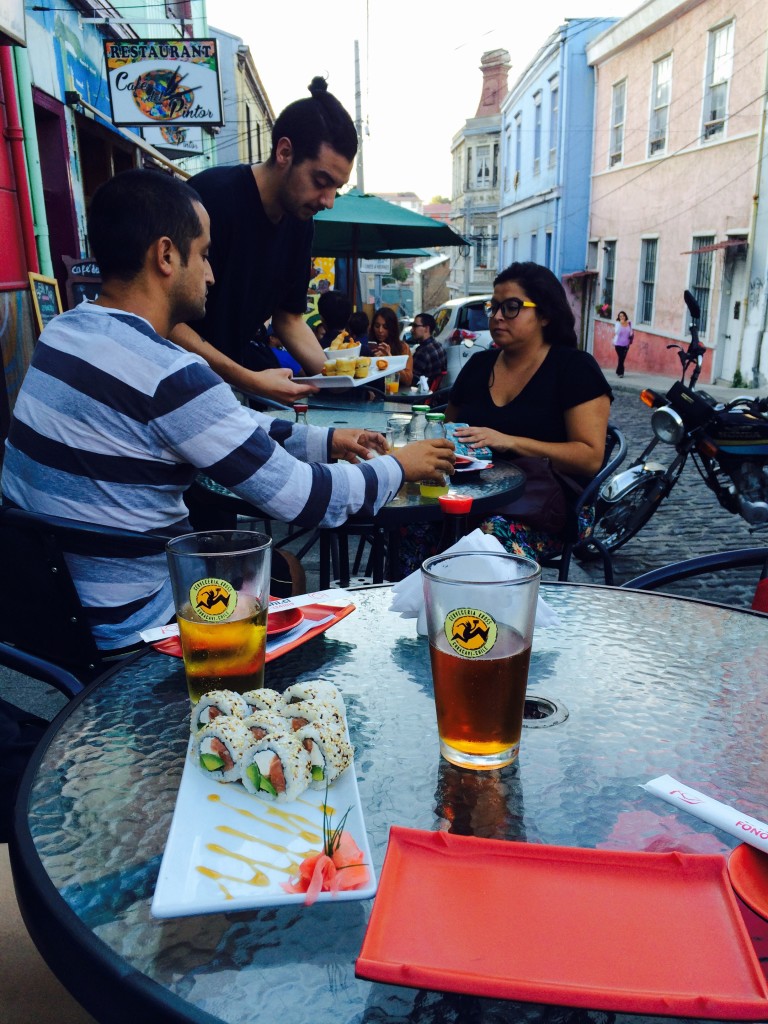
The sushi was pretty good!
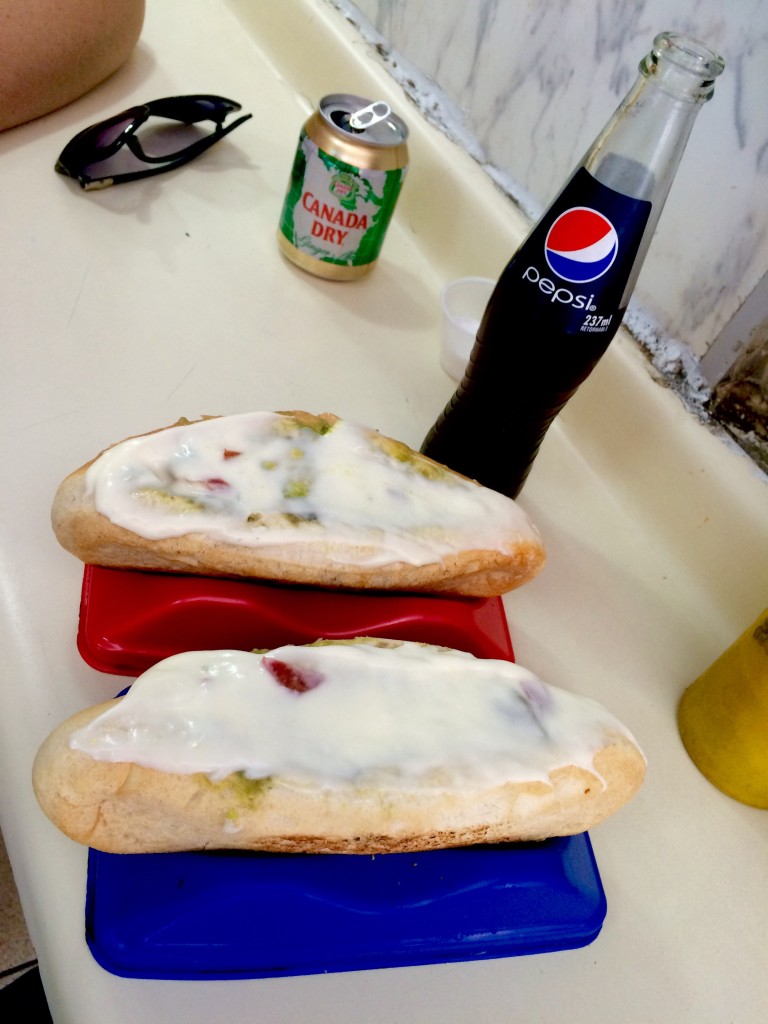
The famous “completo” – a hot dog topped with avo, tomato and mayo. Bomb!
Do you love to discover cities on foot like we did in Valparaíso? If so, submit a comment and let us know about your next travel destination and why you’re heading there – whether it be local or on a whole different continent – and you could win a free self-guided walking tour to a city of your choice, courtesy of GPSmyCity.com. GPSmyCity currently has over 470 cities worldwide available to choose from!
The promo codes work on both iOS and Android devices. The first 20 readers that leave a comment on this post telling us about their upcoming travels will each win a free code. Click below for a list of cities to choose from – some may be closer than you think!
*** Important – remember to include in your comment your upcoming travel destinations and/or a city you’d like to visit using a self guided tour!***
GPSmyCity – List of cities to choose from
Giveaway ends April 6th
Good luck!
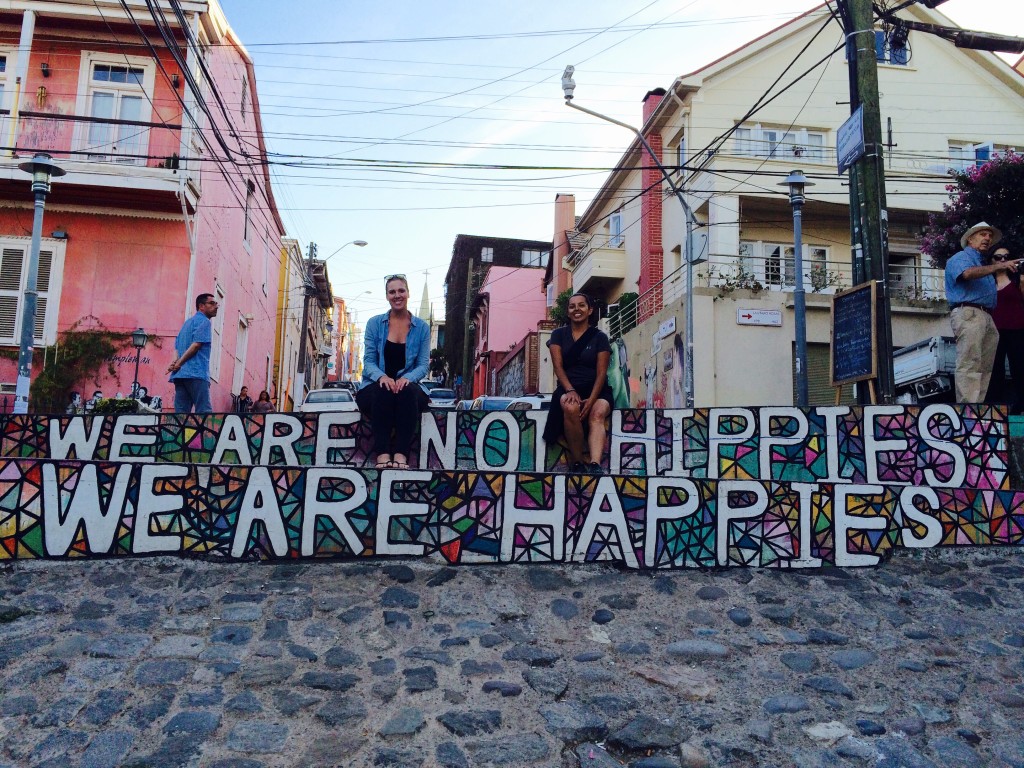
We are happies!

